Co-Creator / Writer / Artist
Overview
Dust is a story focused adventure game set in the ancient remains of a forgotten land and the memories of those who wander it. Driven by character and immersion, Dust is a game about grief, love, and the humbling unknown of the beautiful world around us. Ruins conceal secrets and dreams border reality.
And something sleeps beneath the sands.
My Role
While I had a large part in the game’s mechanical design, my main responsibility was with art and story. I created and wrote the entire script for Dust, including all dialogue and item descriptions. I also acted as the art director and made the vast majority of assets for the game. I designed everything from the 3D models and lighting, down to the particle effects and UI.
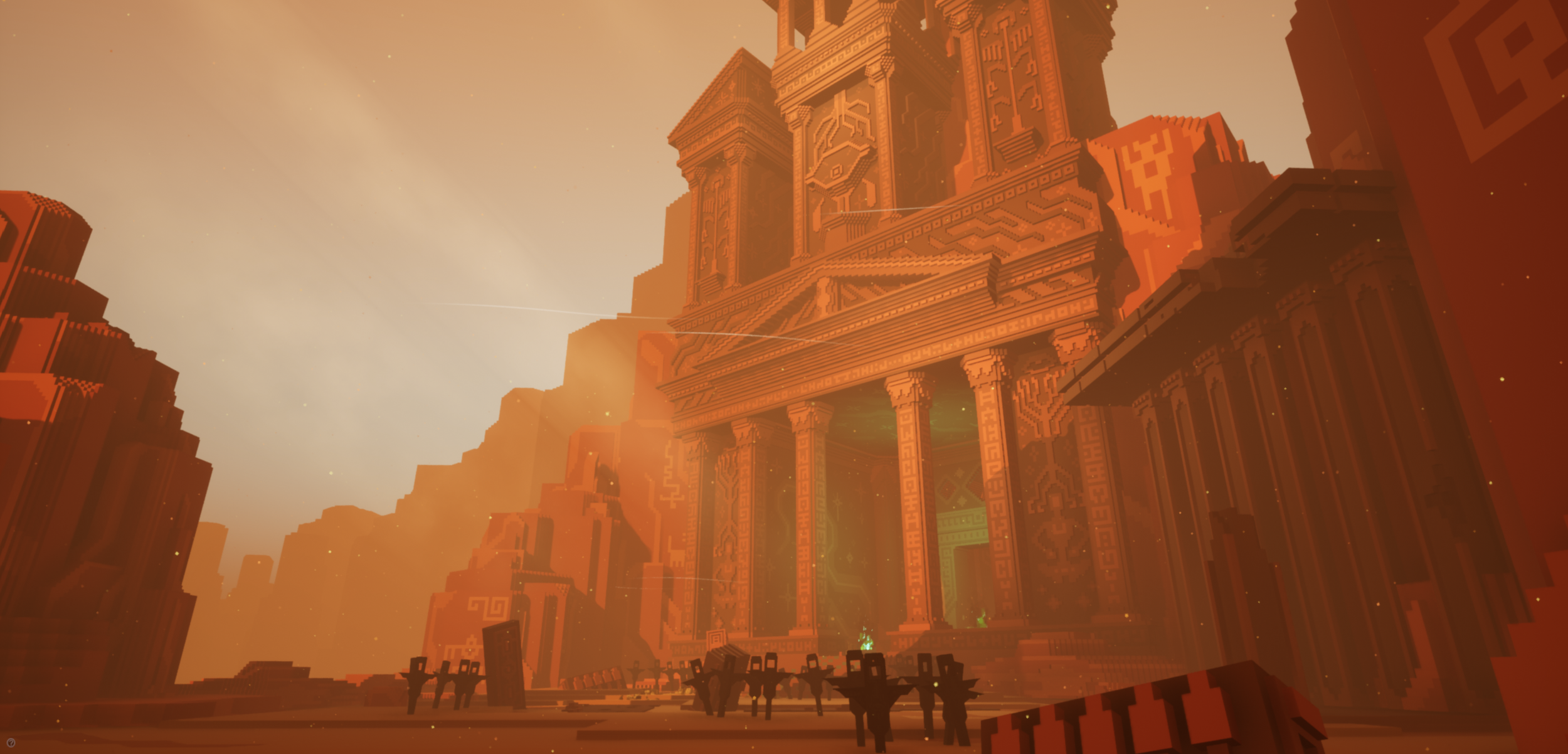
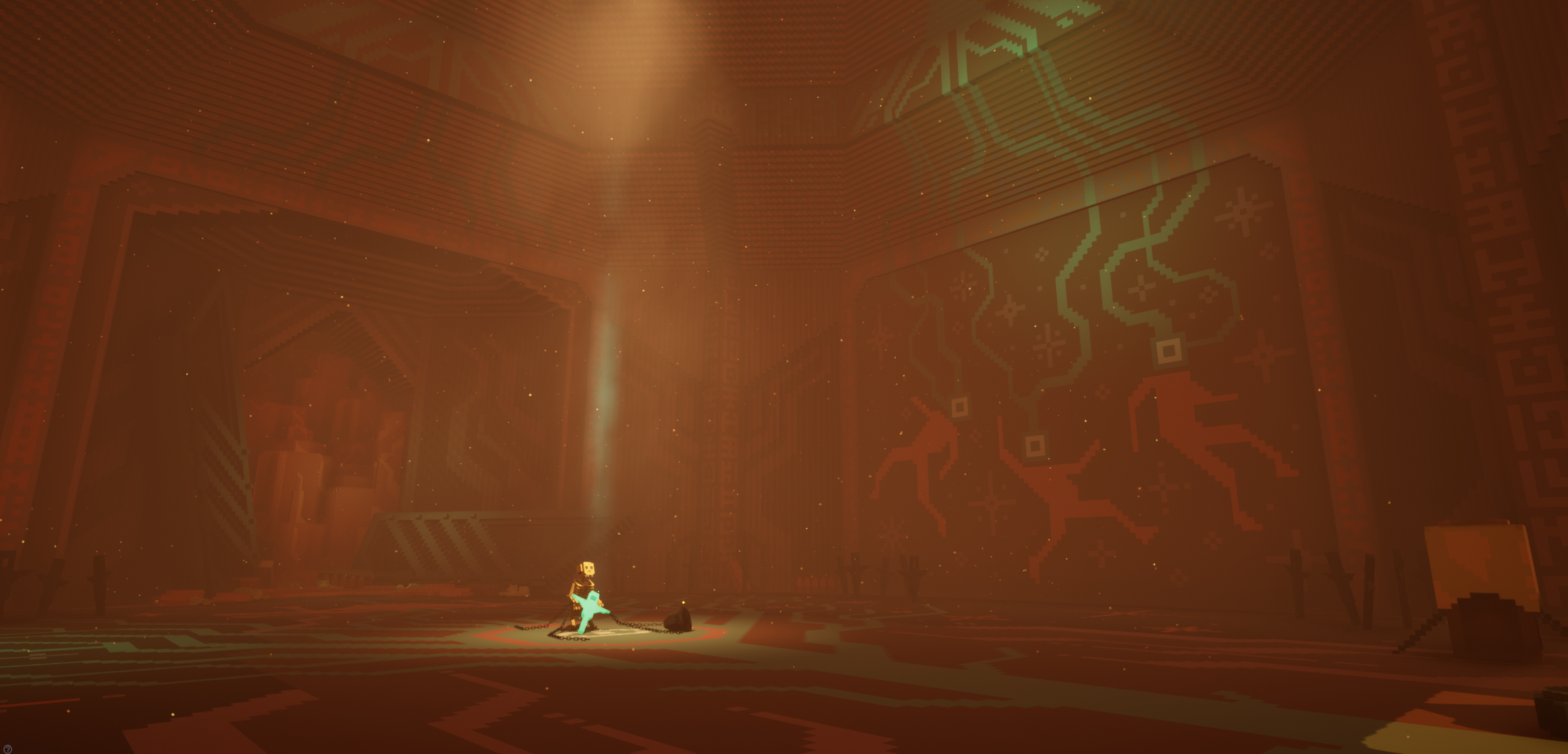



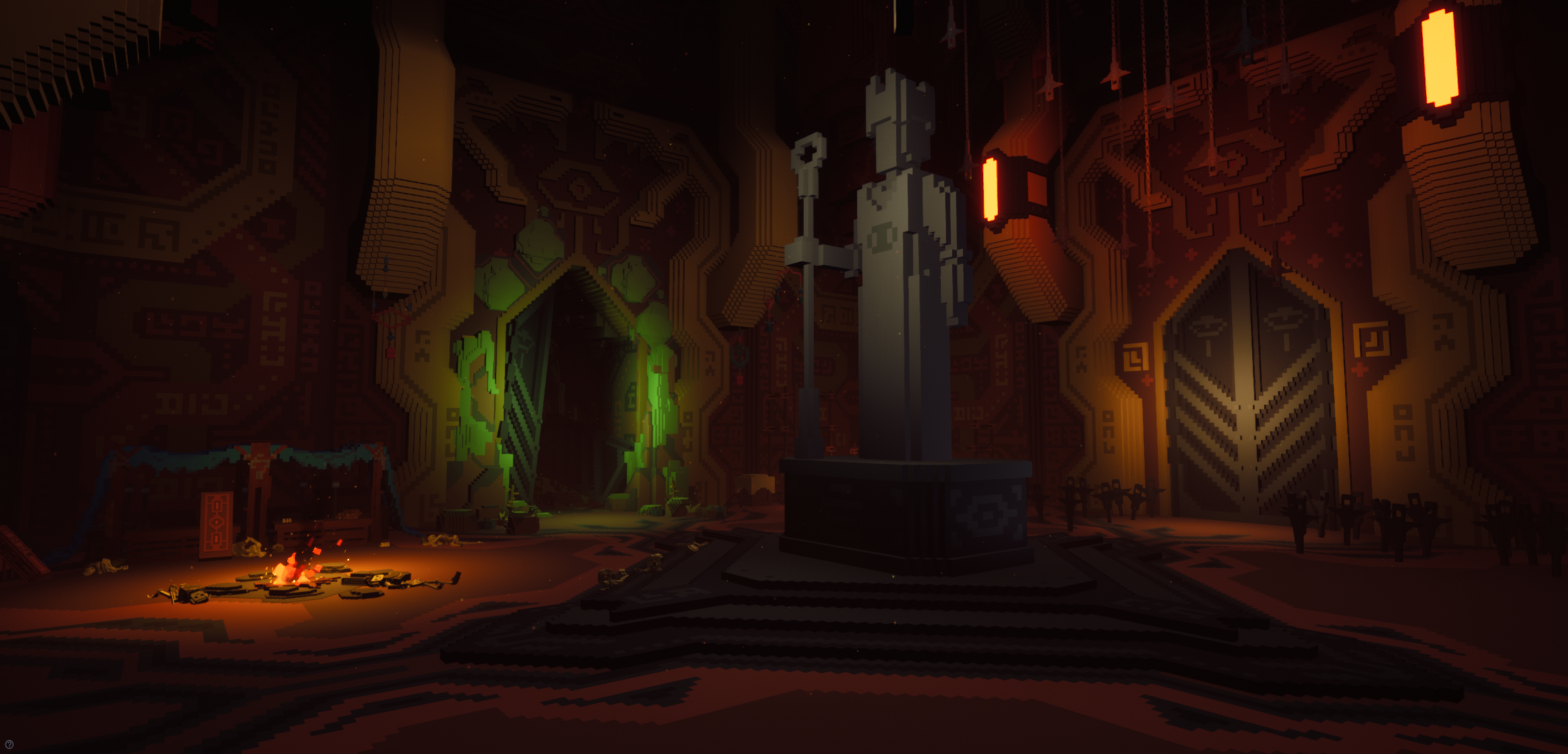
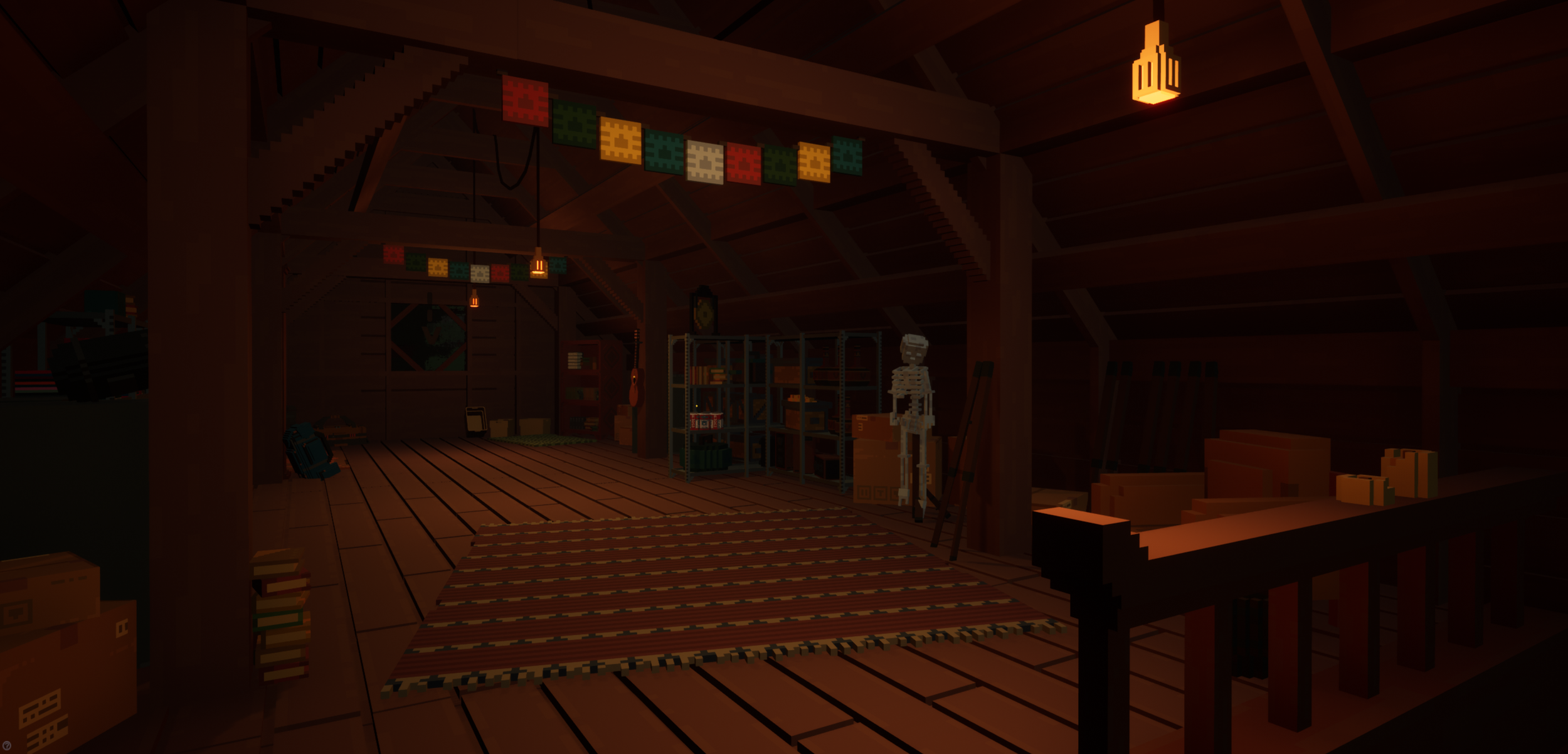
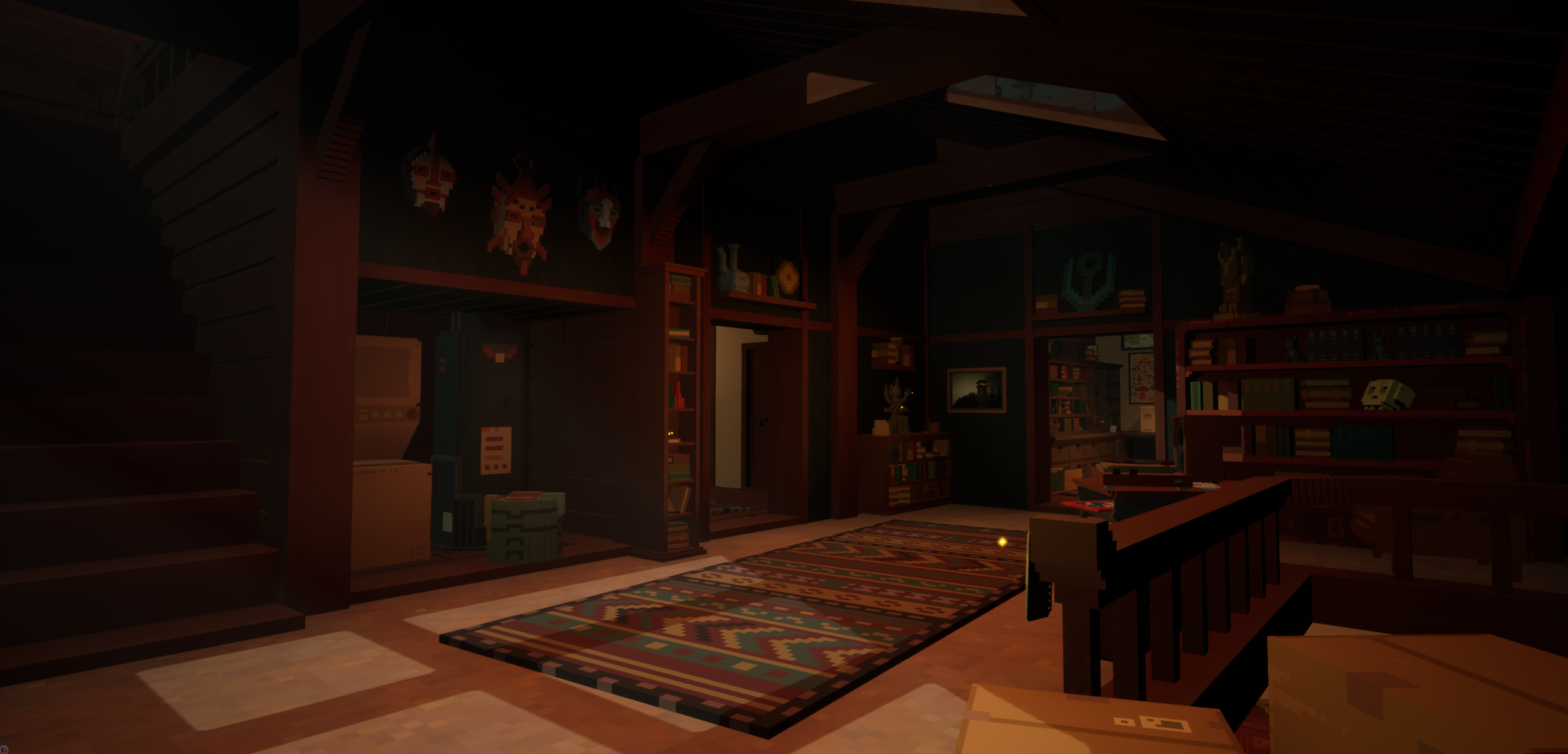
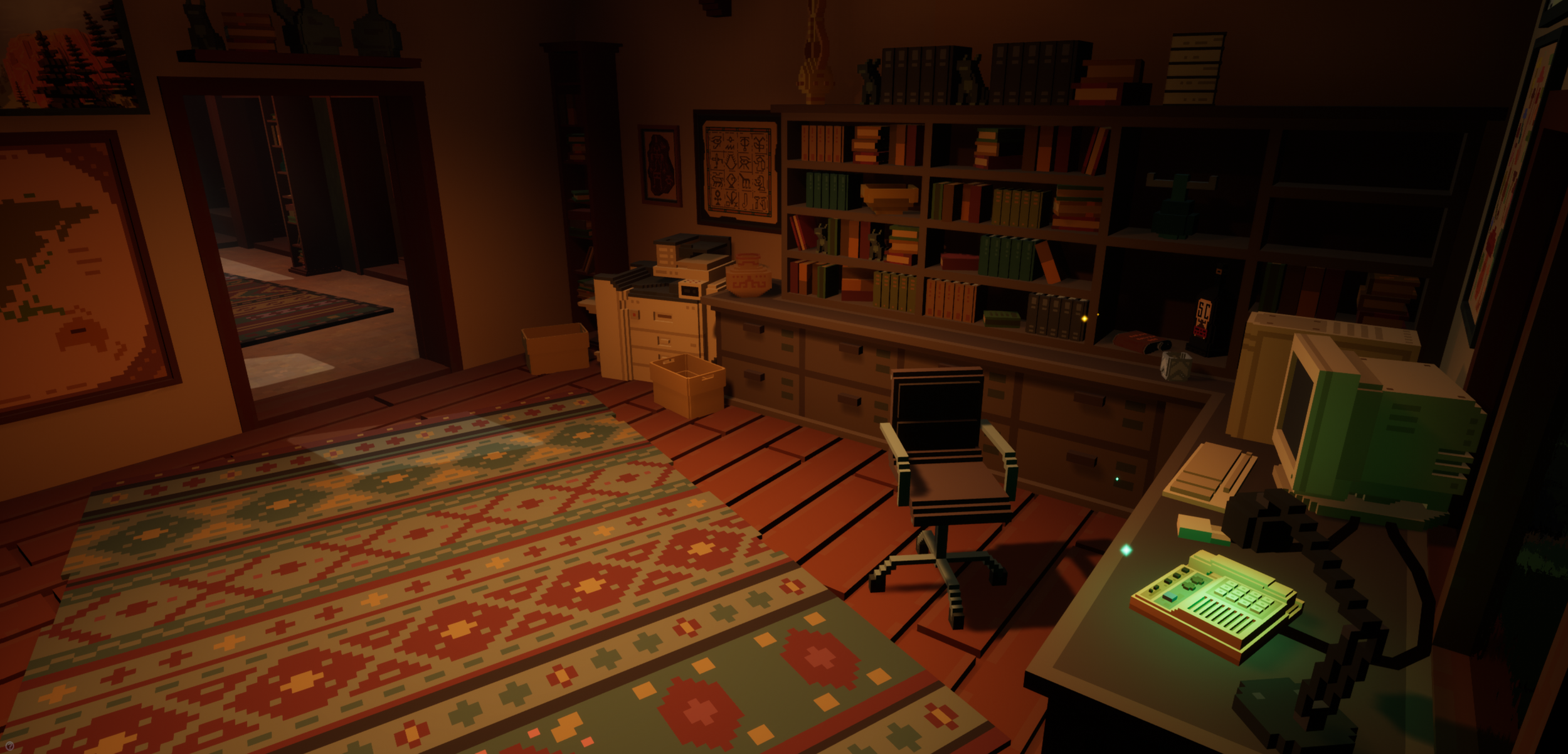


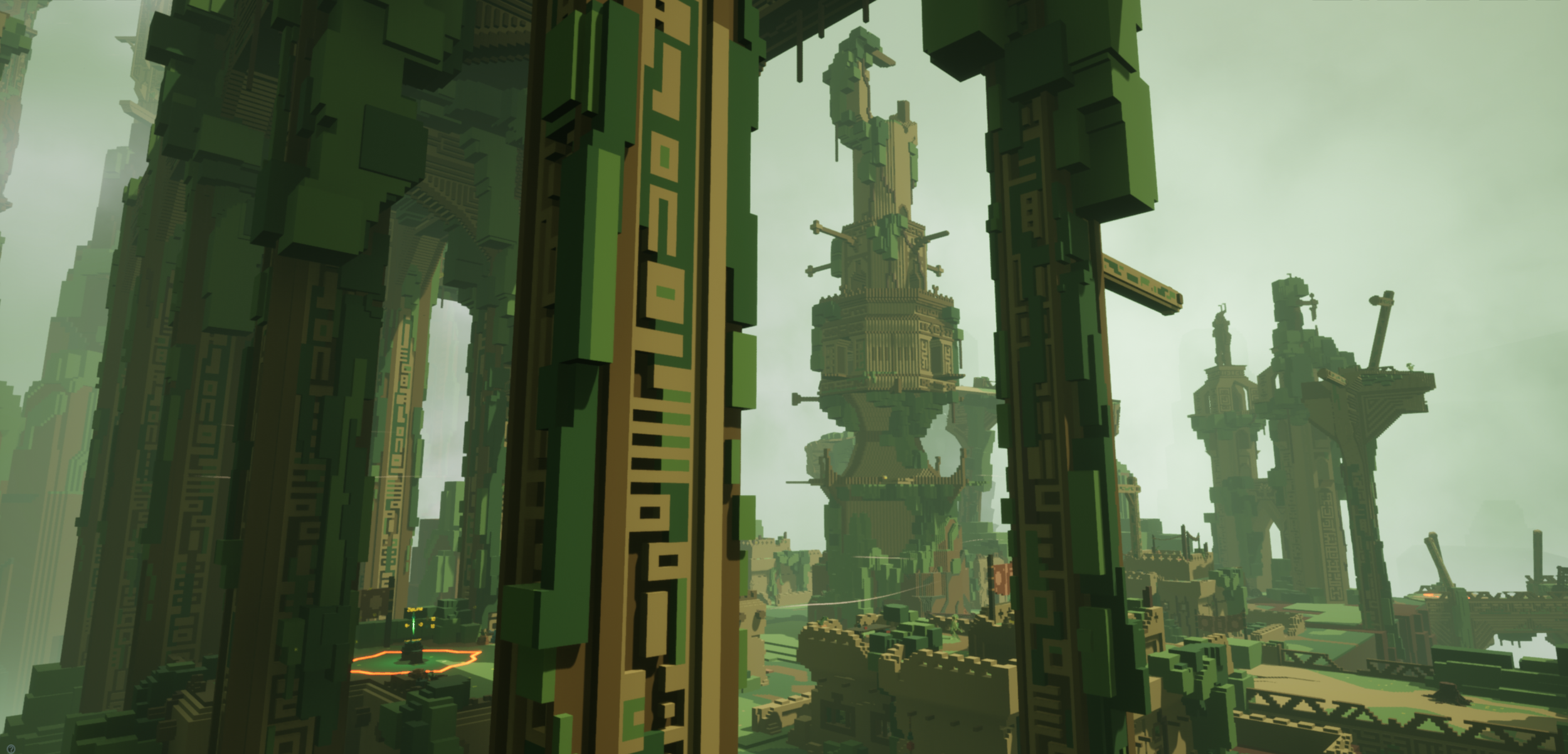

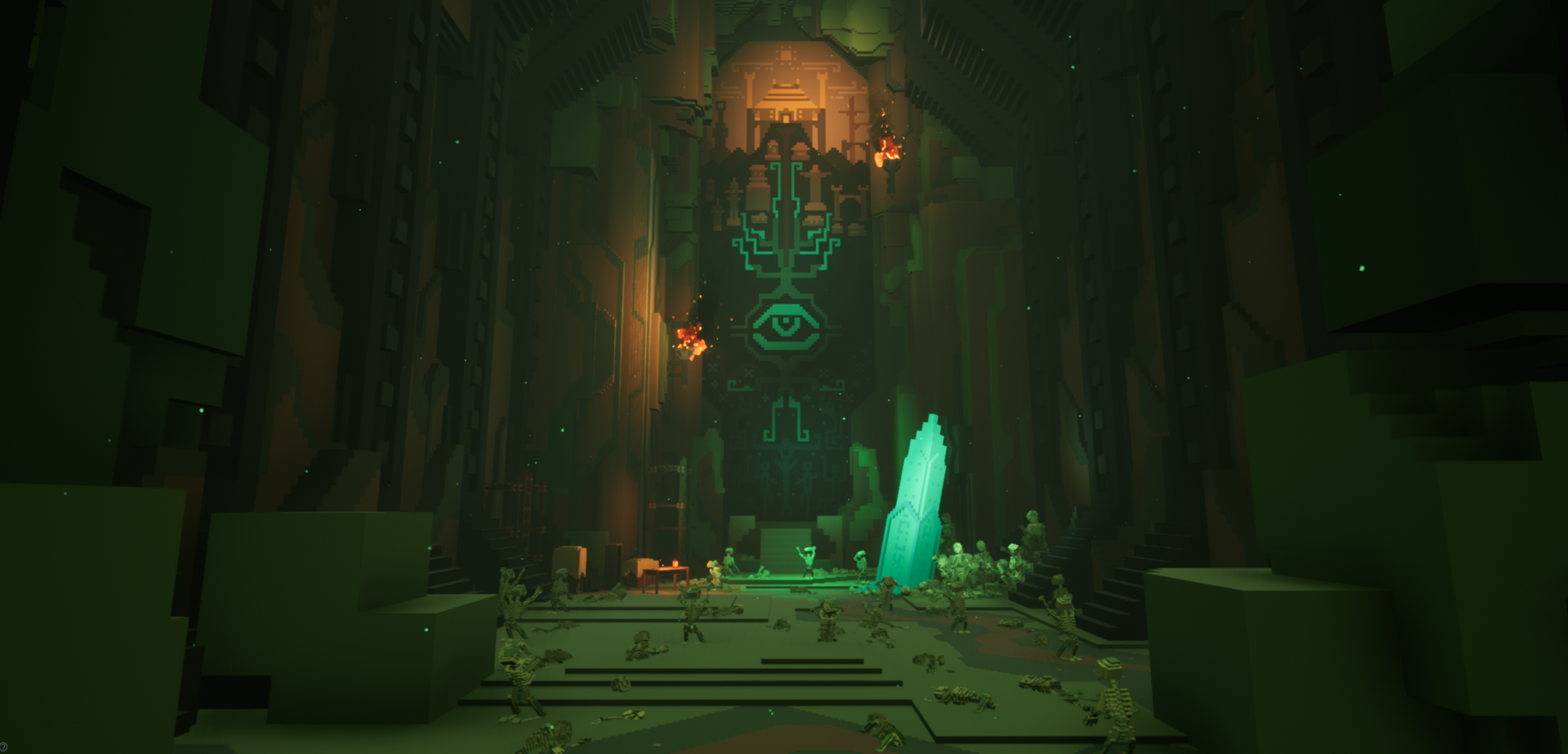
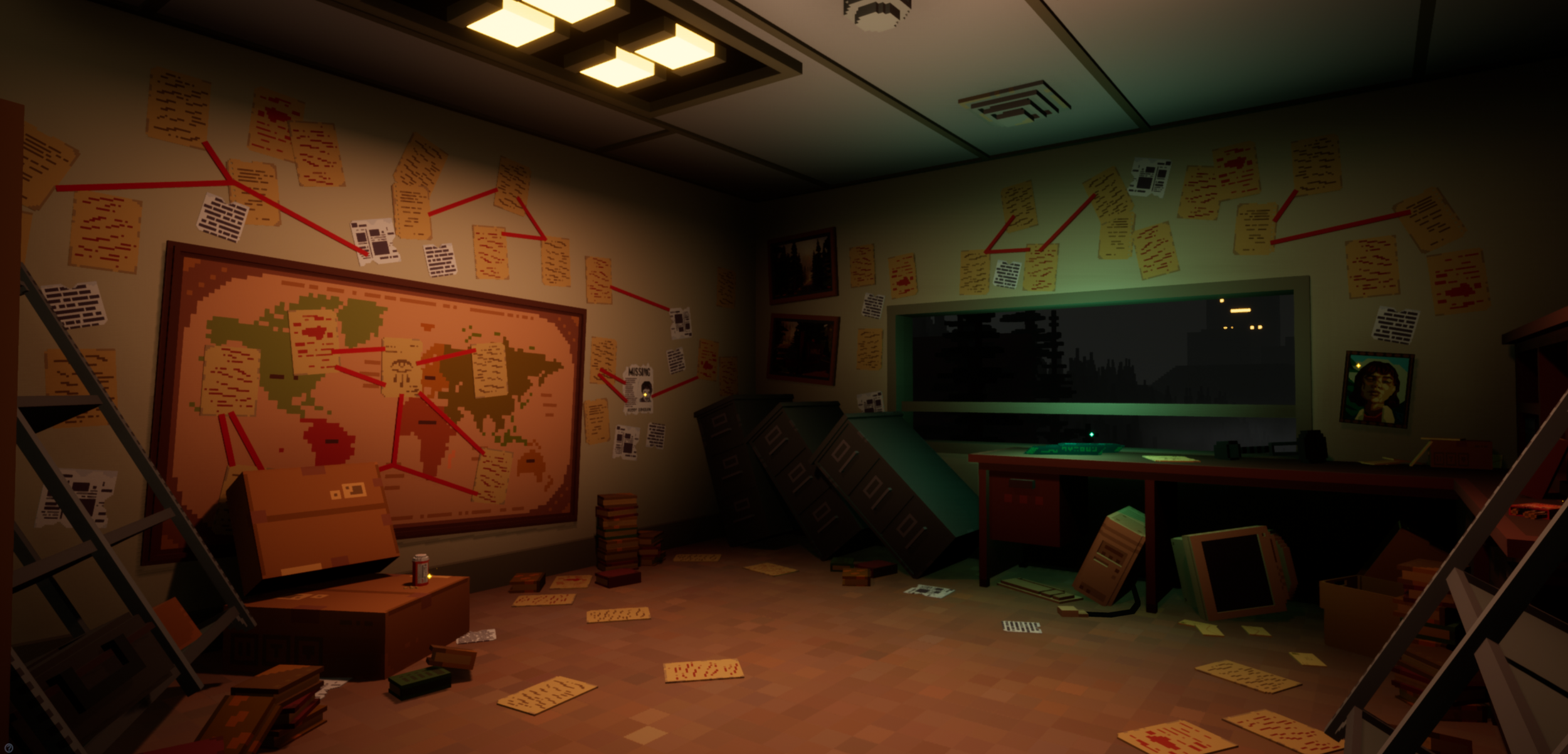
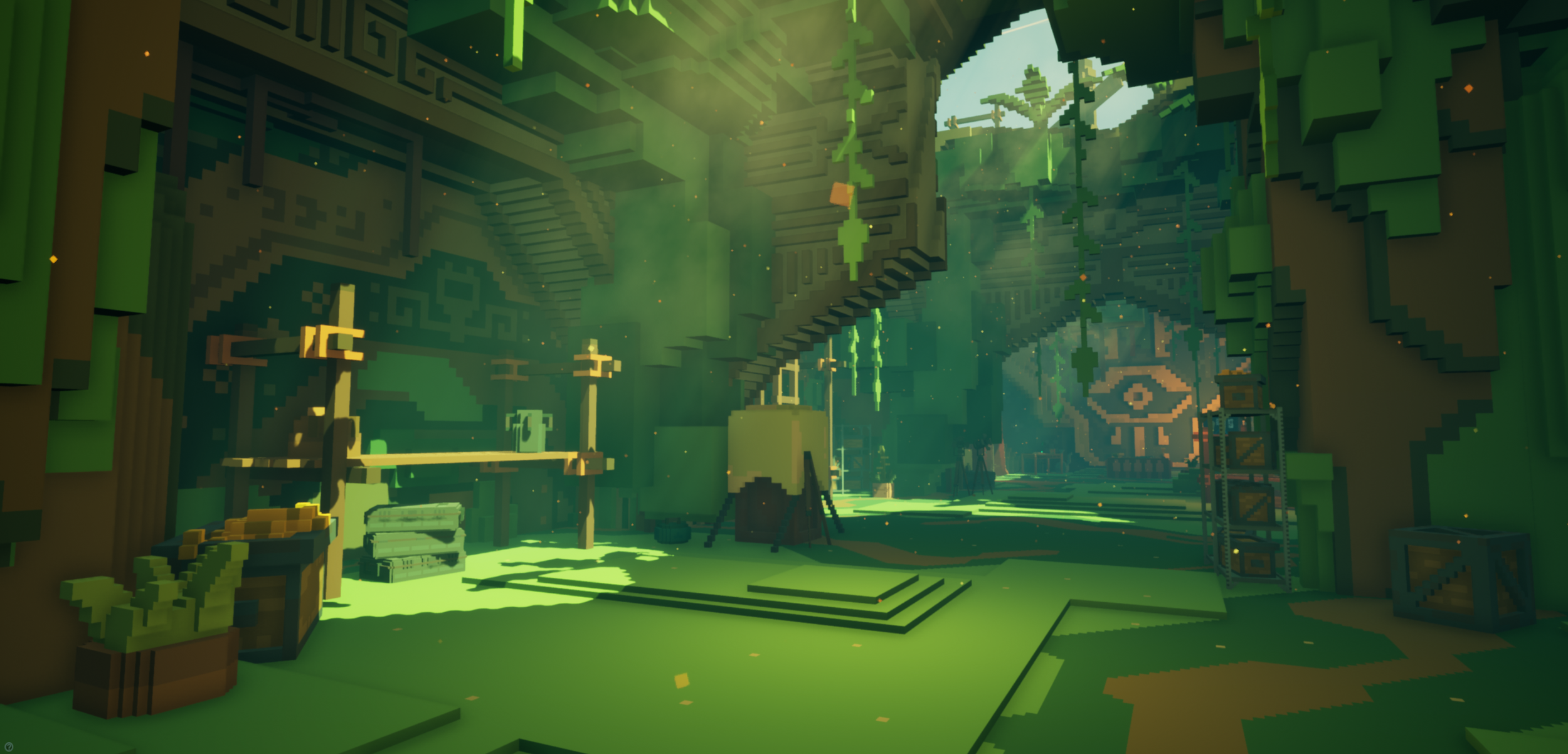
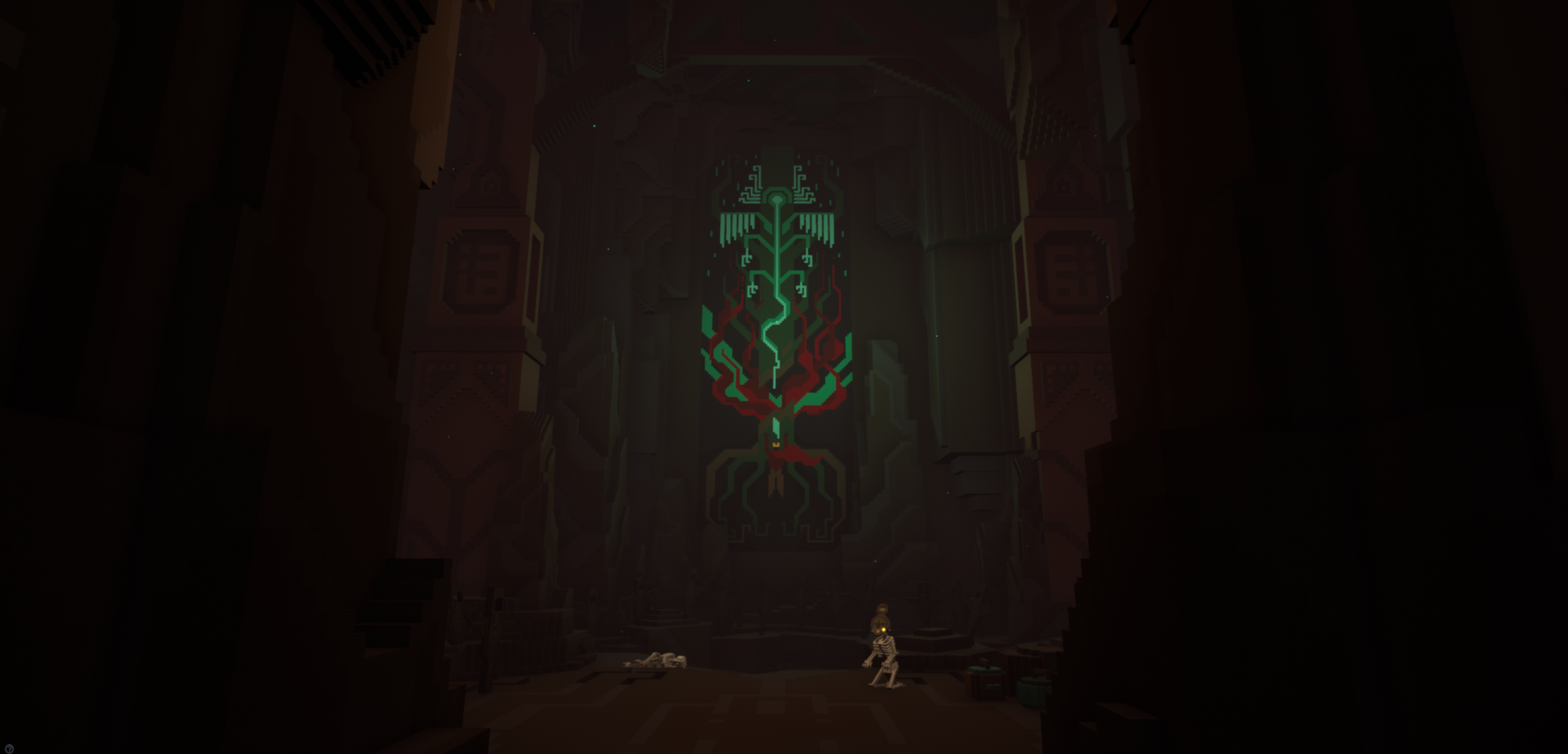
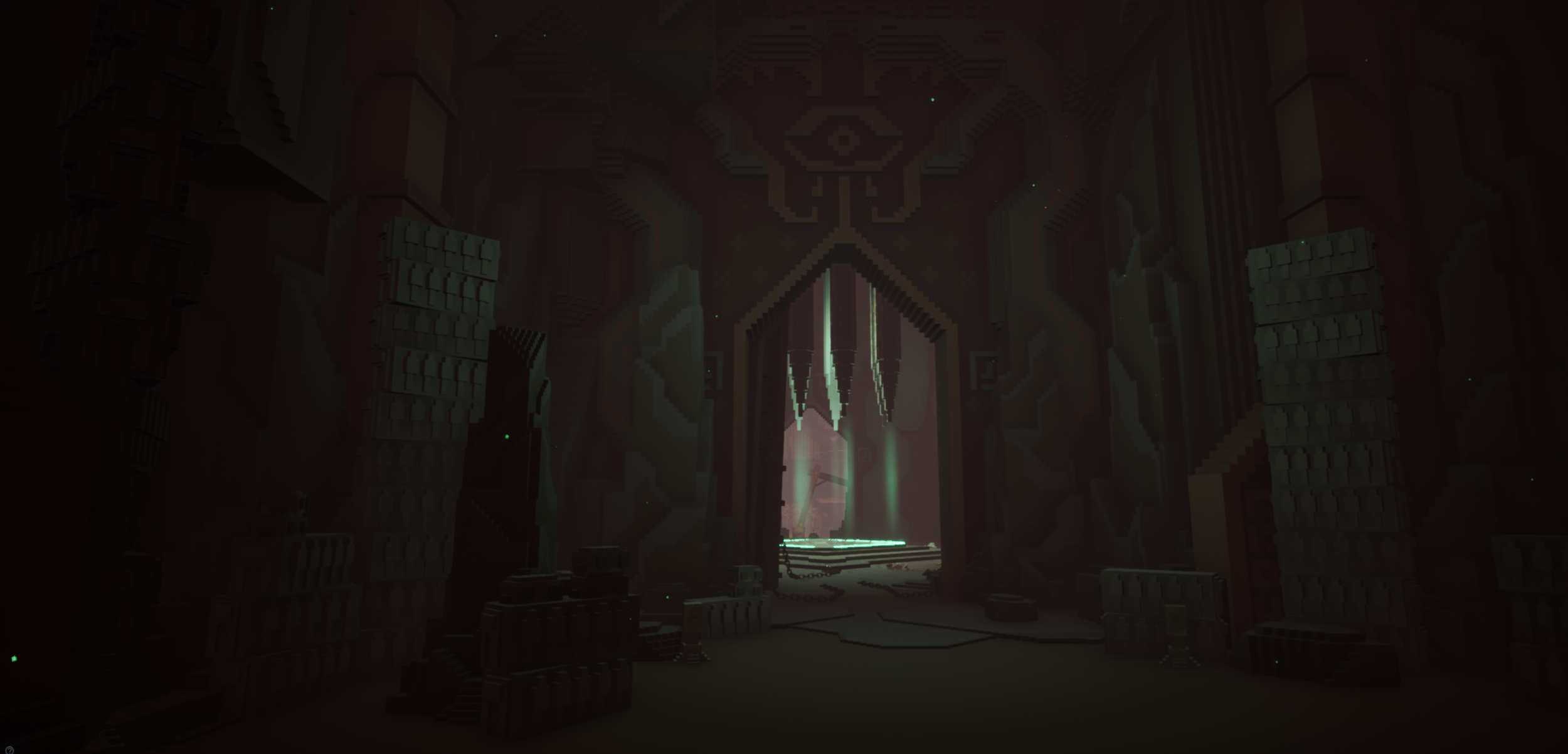
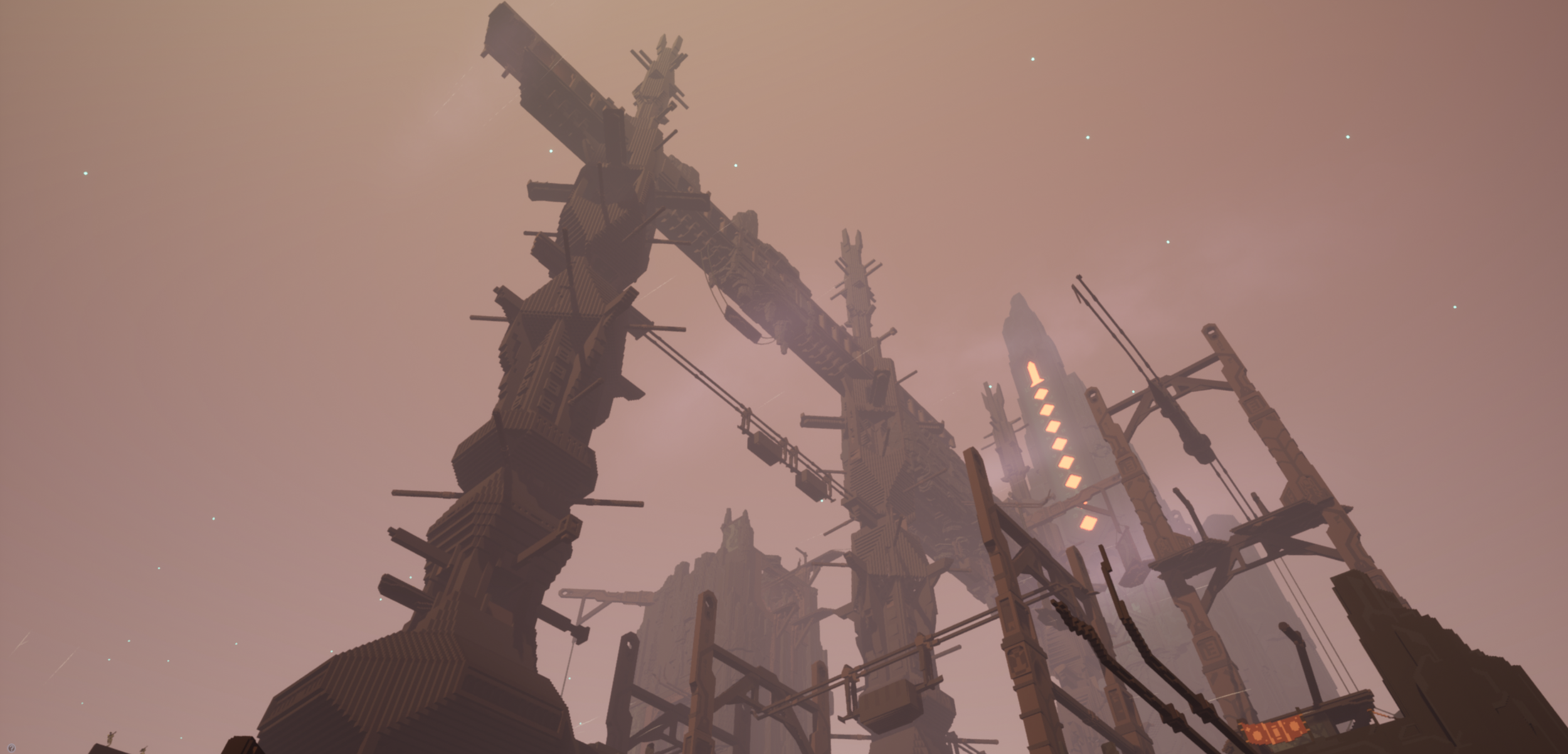


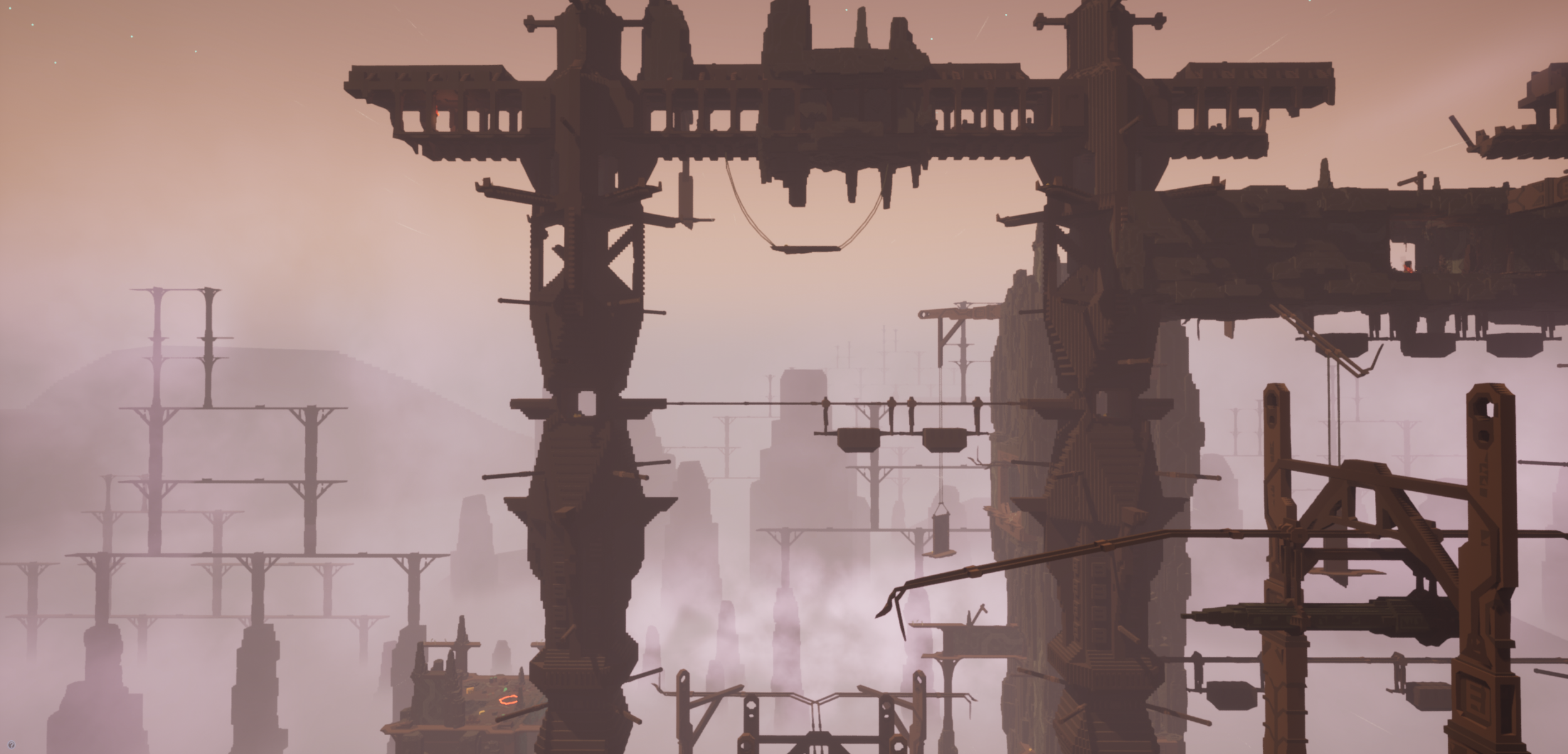
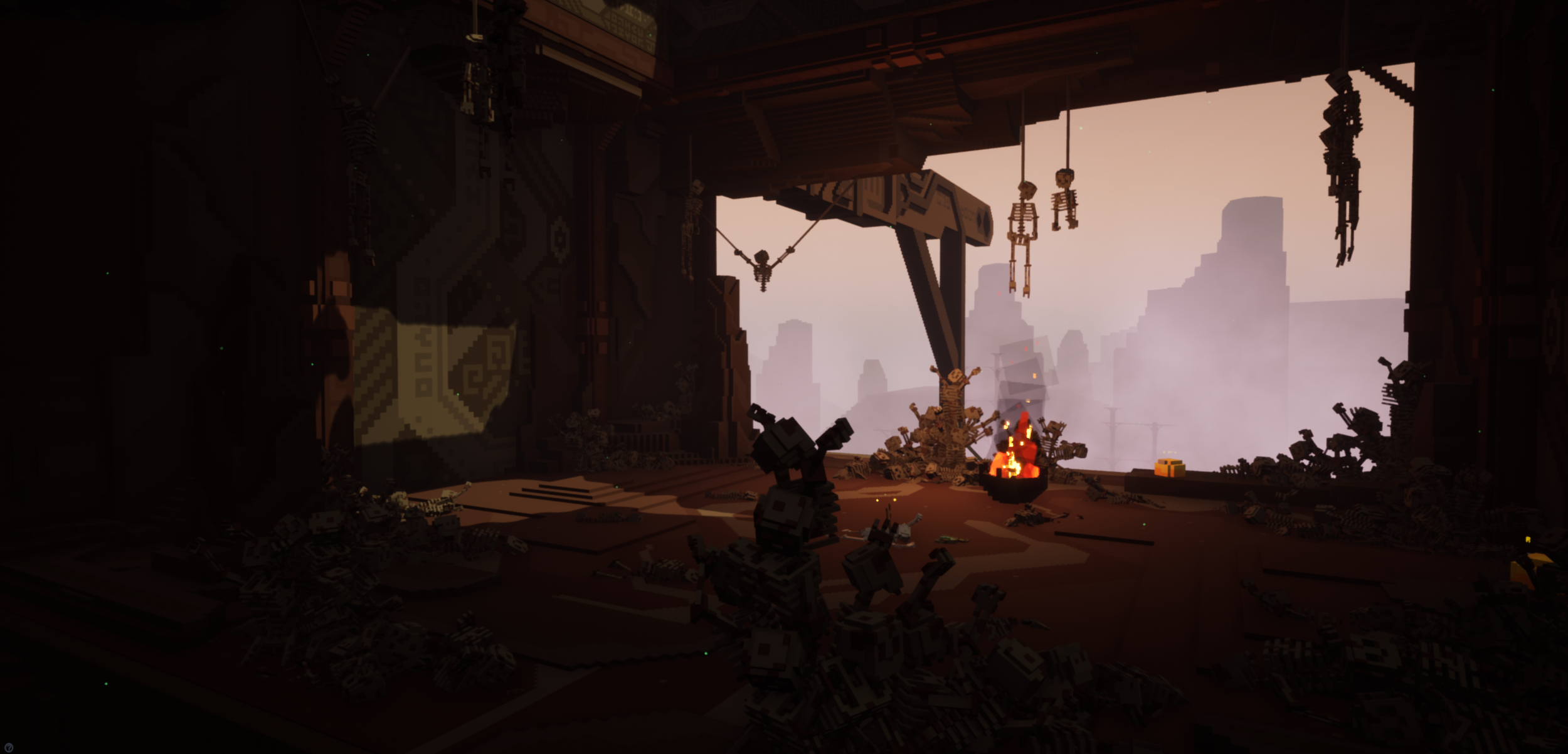

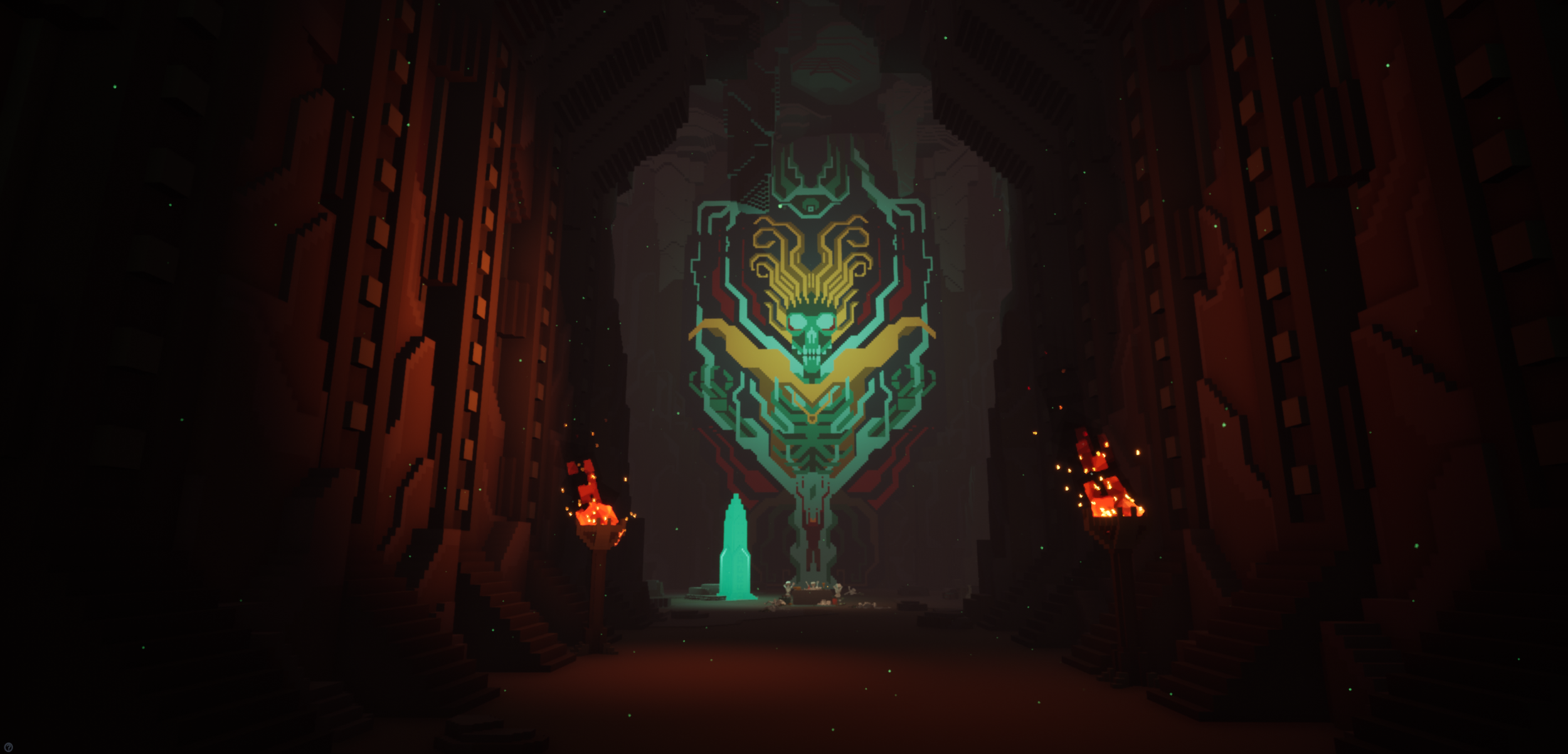
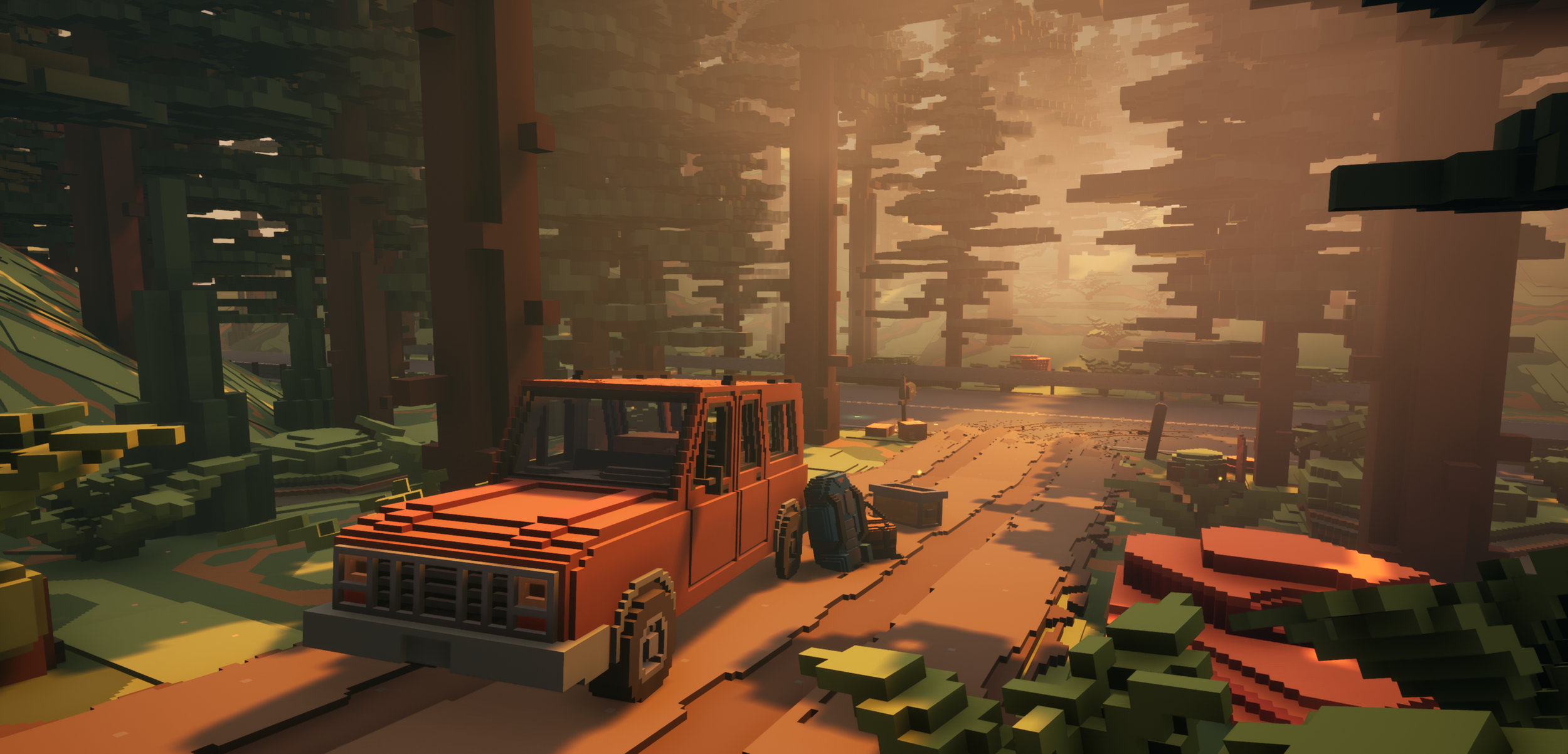


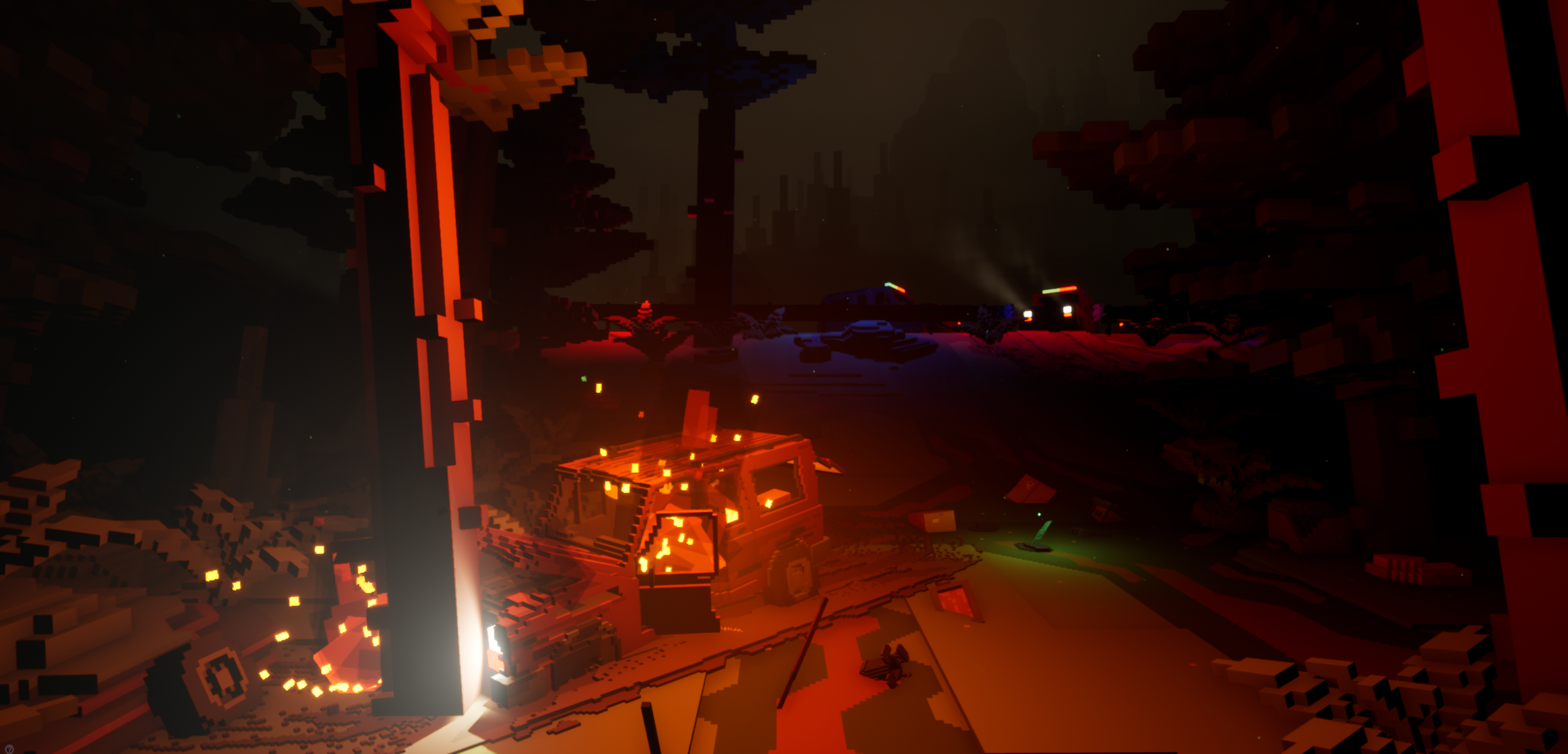

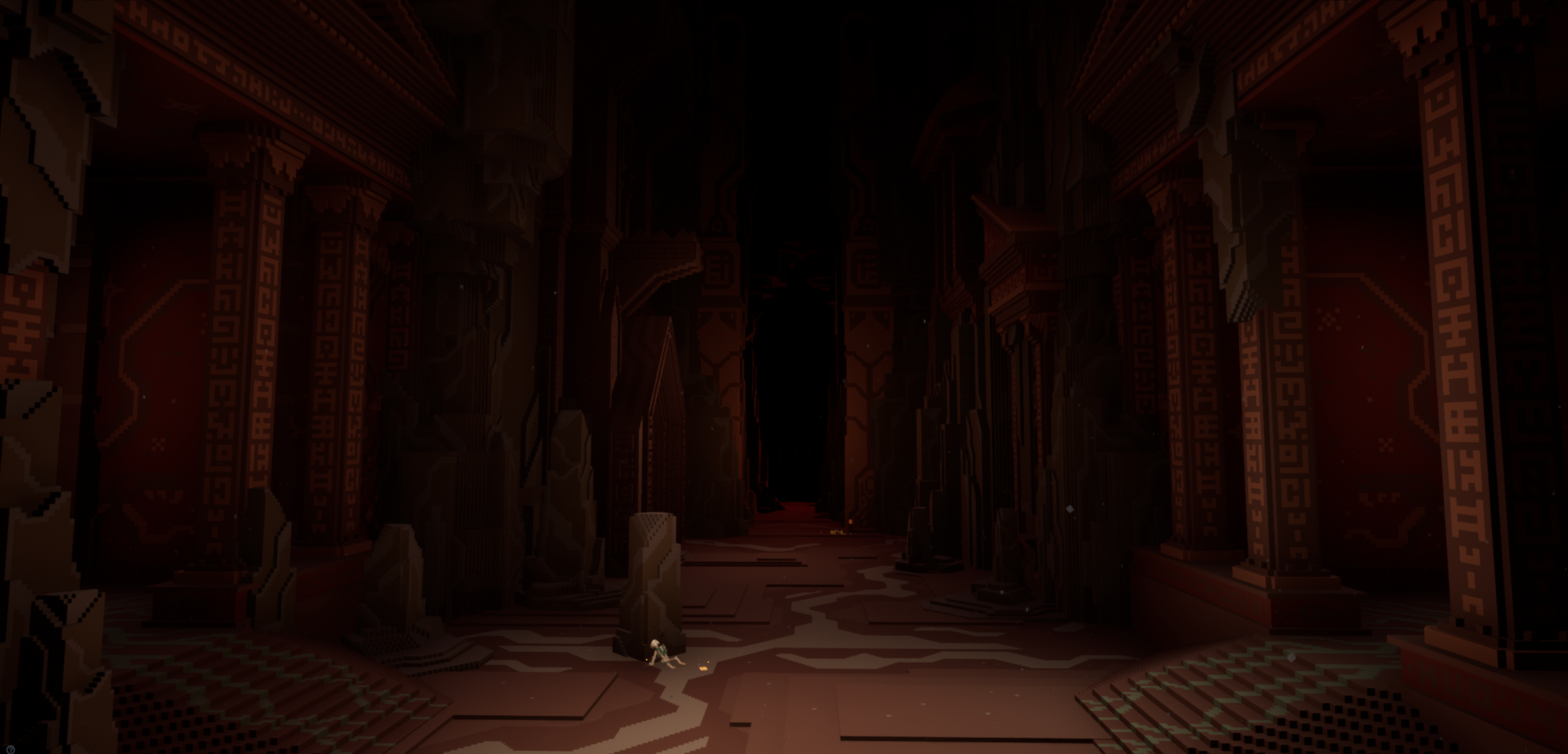
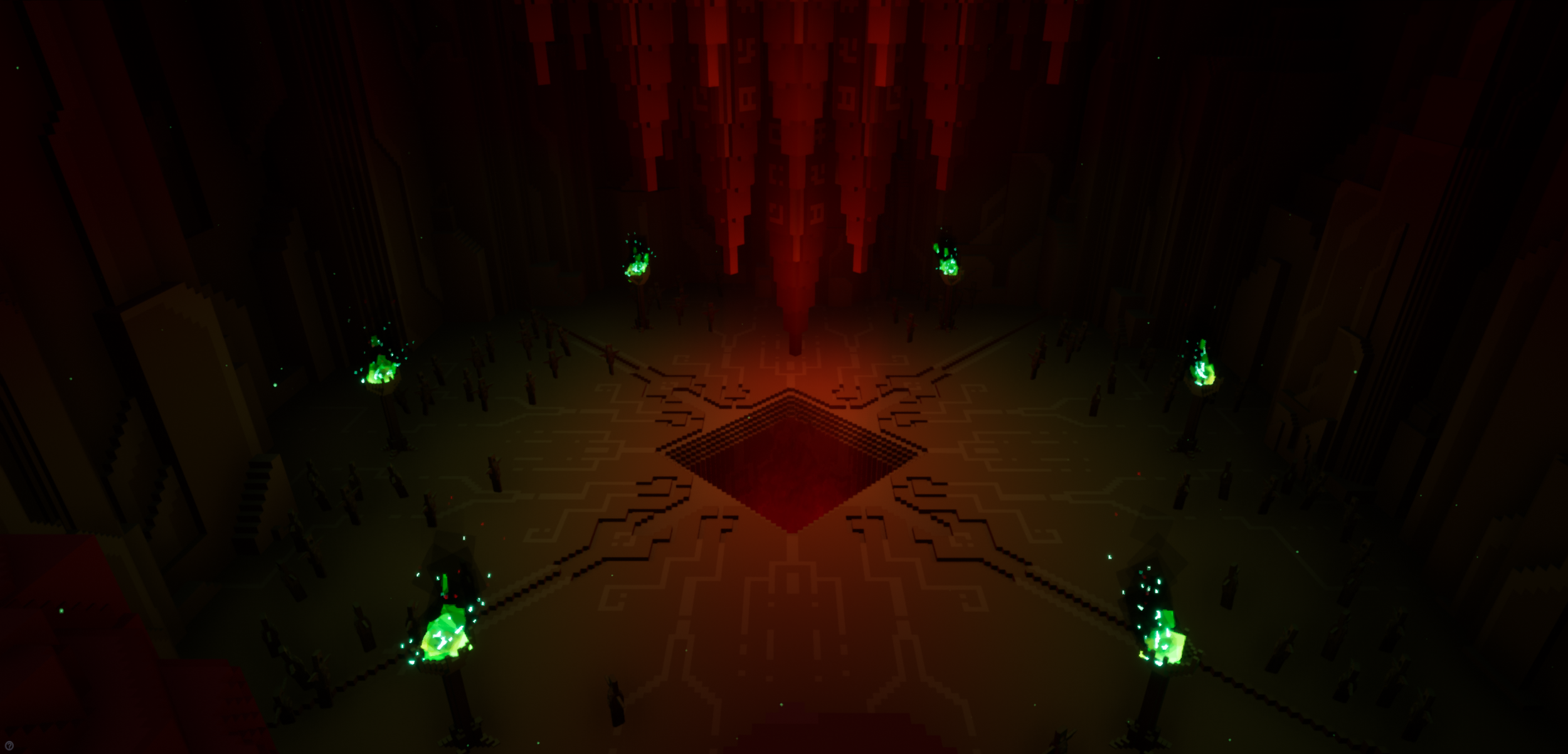




The Story
For me, the most important part of this game is its narrative. It’s certainly the part I’m most proud of.
Dust tells the story of two best friends, Audrey and Clint, as their lives are torn apart by a strange and tragic death. A rift boils in their friendship as Audrey obsessively searches for answers while Clint struggles to cope with her despair. A cryptic clue leads to the discovery of a forgotten desert kingdom, known only in whispers as Kalahari. Unearth the cursed history of the ruins and step into dreams of the past. Face the cold, uncaring, eternity dormant under the sands and embrace the shared love that binds us together in the dark.
For me, the real power of a story isn’t found in its plot, and not even in the characters themselves. I believe it's the relationships between those characters that make a story great. That's where the real human element lies; those core relationships and the emotional through-lines that connect us all.
Dust is about a lot of personal feelings for me. Derealization, obsession, the existential need to find fulfillment in a universe of nothing. Despite that, what always tethered me back down was the comradery of those special friendships. Kindred spirits that show us the universe is not uncaring and nihilistic, but instead full of beautiful awe and humbling mystery. That conflict between the search for meaning and acceptance of the unknown is at the center of the relationship in Dust.
For writing samles from Dust, please click here:
Writing Process
Dust initially began as a game-jam project where the only narrative properties revolved around loose worldbuilding. Something about the emptiness of the ruins and vast horizons of the desert were good enough at the time. As the game developed, the story evolved alongside it.
A big challenge was finding a way to deliver an emotional, character driven story within the confines of the project's scope.
These are some of the strategies I used to communicate our story:
Dialogue Sequences
I wanted to have disconnected sequences of dialogue scattered throughout the game that culminate together to tell the story of our two protagonists. We needed to do this without having any character models or animations, things that were out of scope and wouldn’t mesh well with our visual style. I achieved this by having simple interactive text scrolls backdropped by abstract visuals that captured the mood of the scene. Text was attributed to certain characters by their placement on the screen, speaking sound, and color.
Flashback / Dream scenes
At six points throughout the game the player is plunged into dreamlike memories from a character’s past. Each one of these small levels is unique from the last and tells part of the overall story. For example, there’s a lot one can learn about a character by simply walking through their home. I used these levels as opportunities not only to progress the plot, but to emphasize character personalities as well.
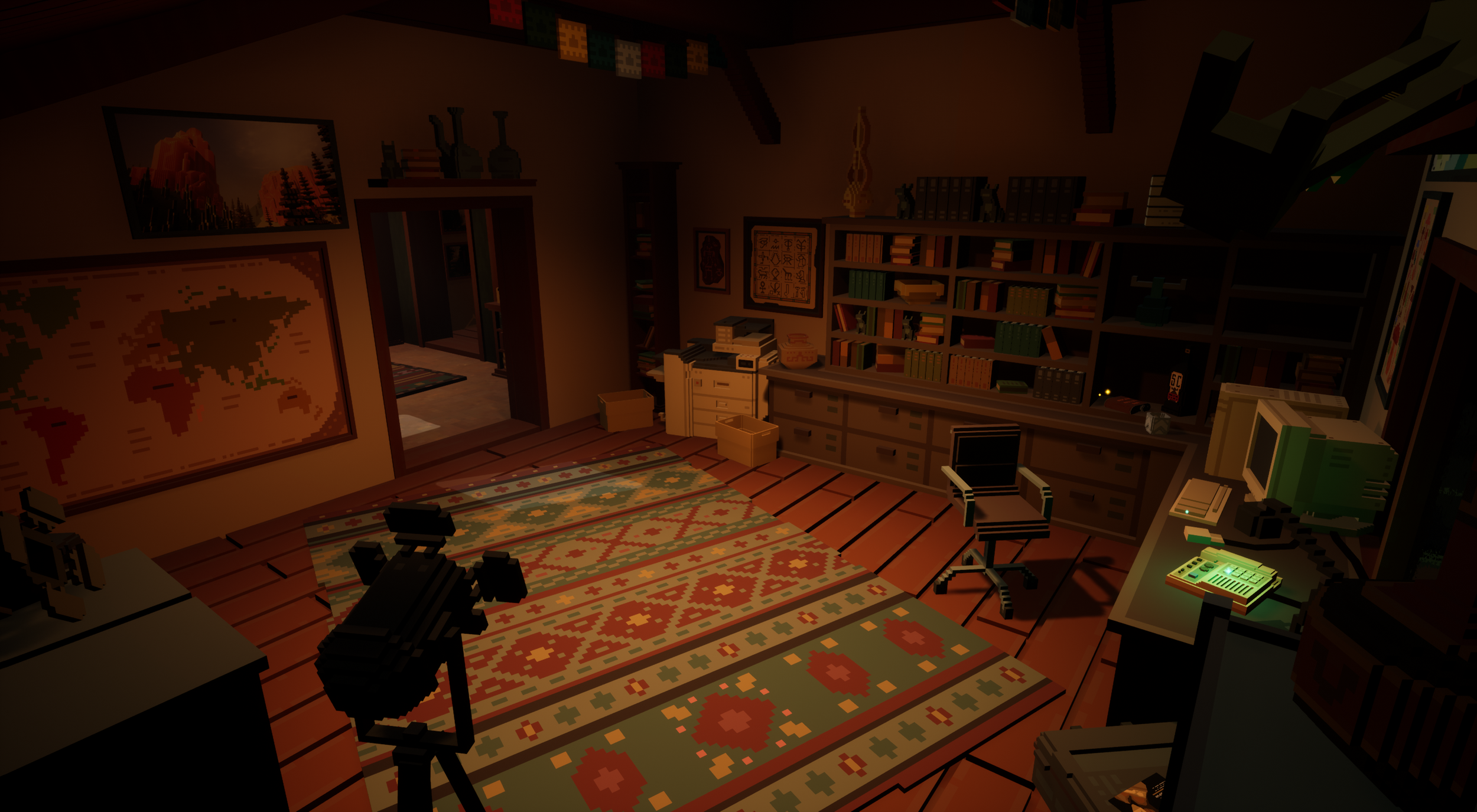

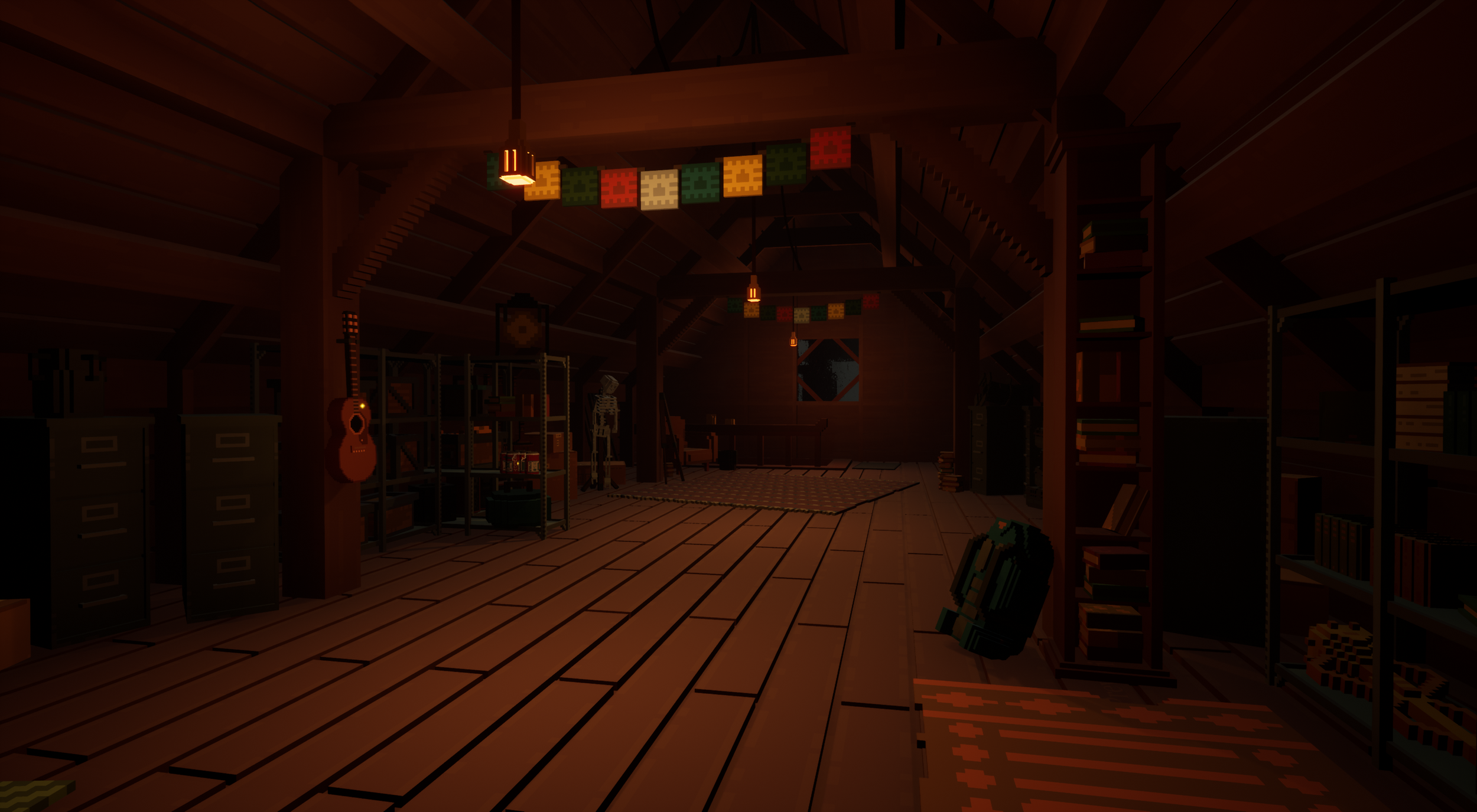
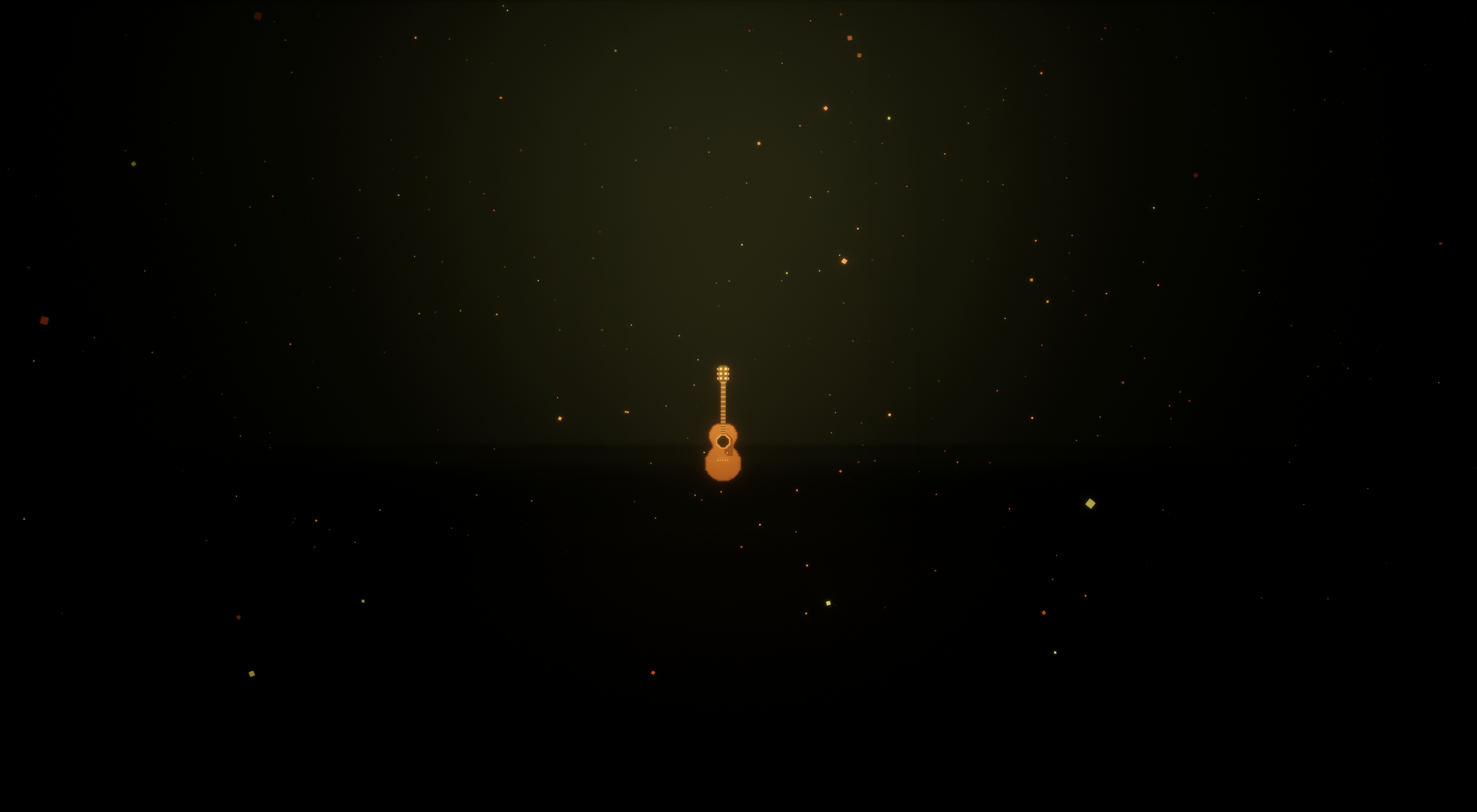
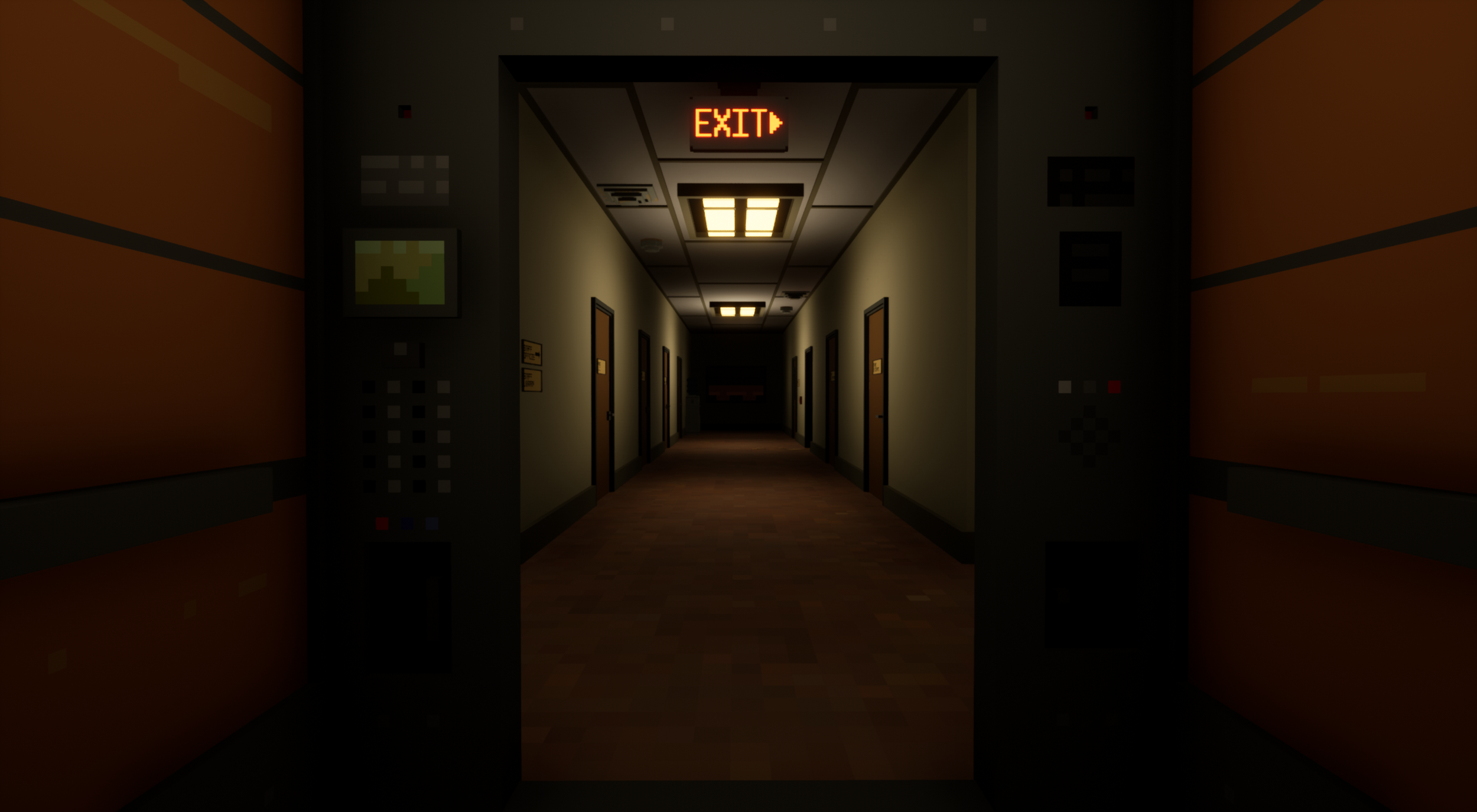

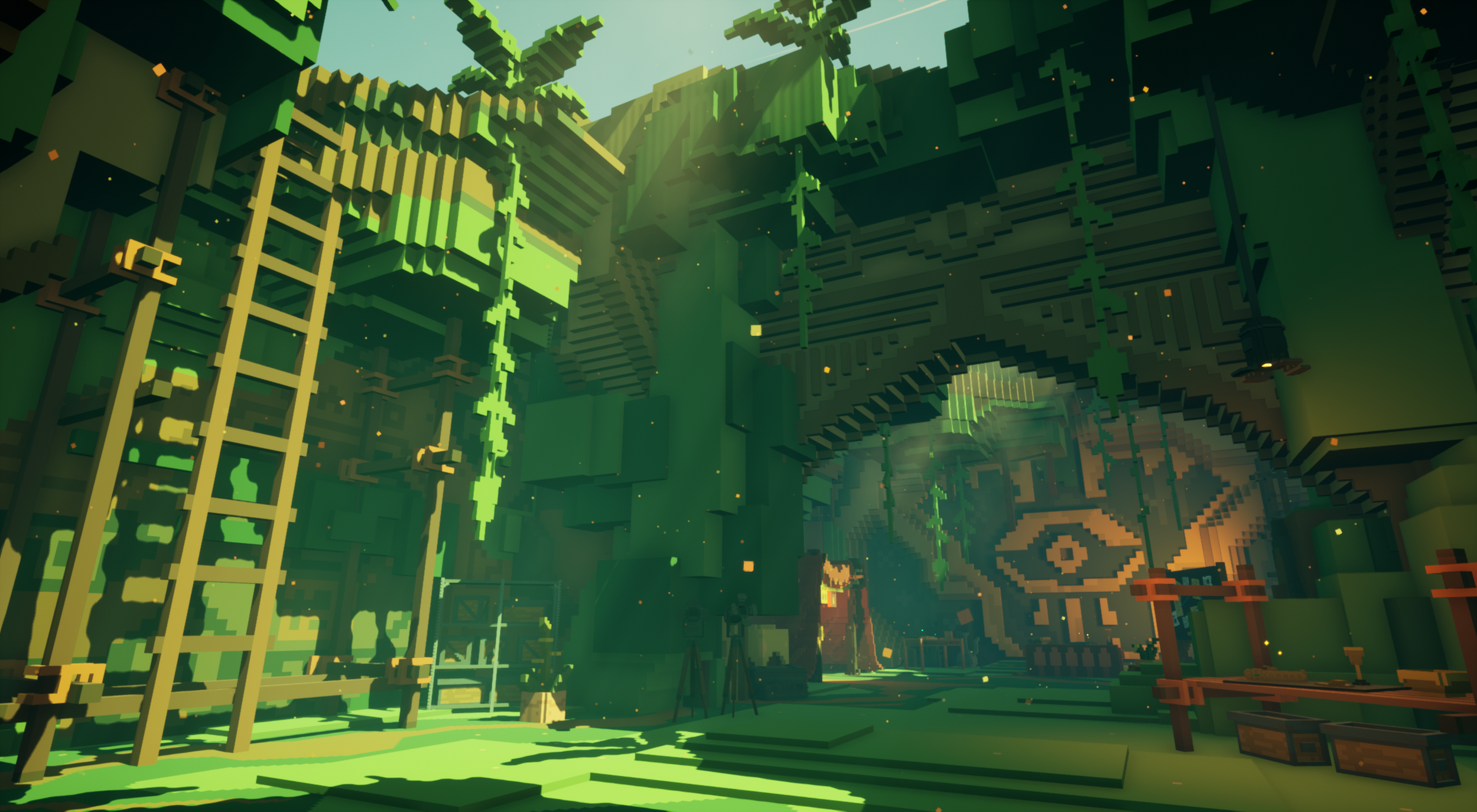
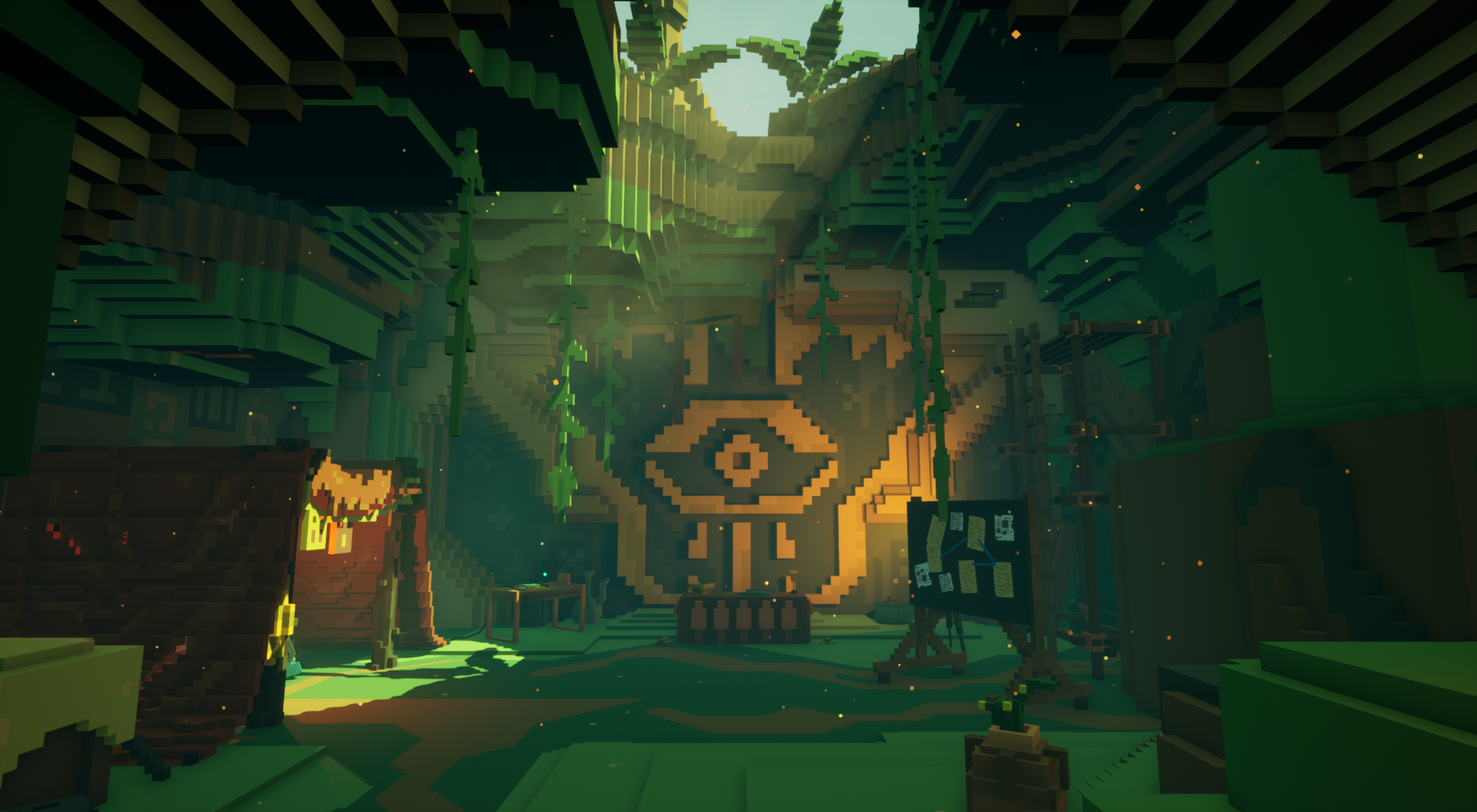





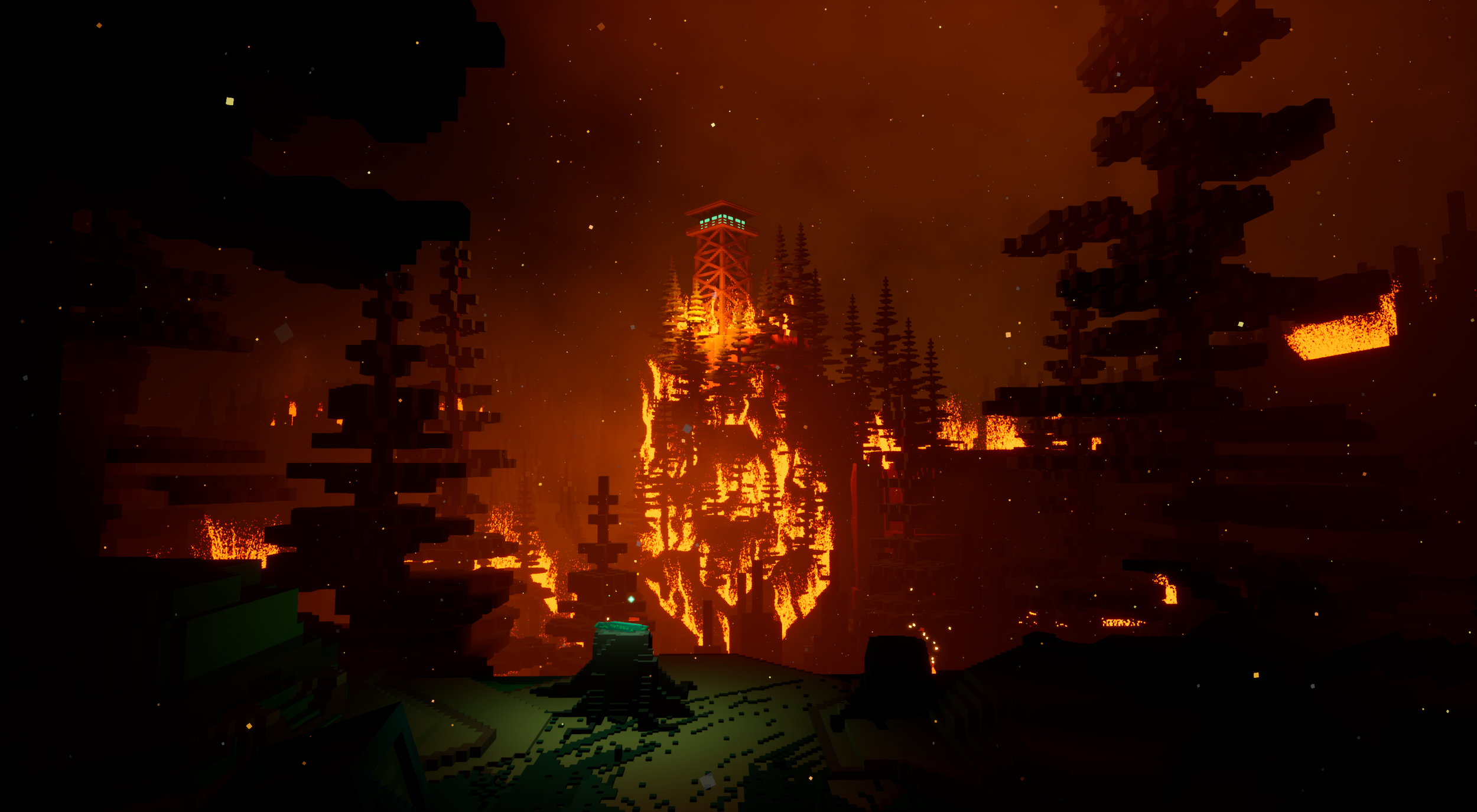
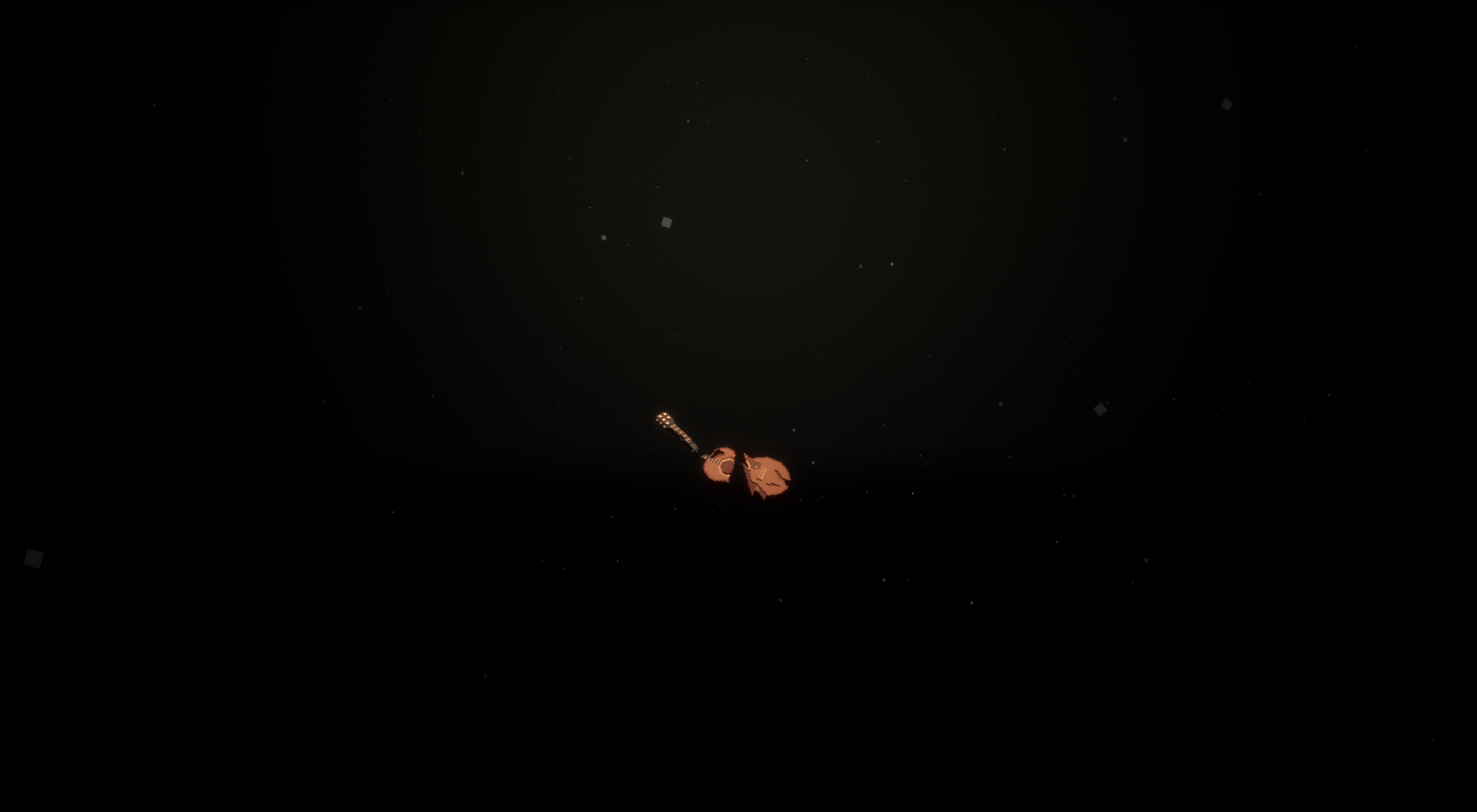
Interactive Story Props
Dust has nearly 200 unique story props that can be picked up and inspected by the player. Some props hold large significance to the story, others tell us a bit about the characters, and sometimes they simply exist to build atmosphere.


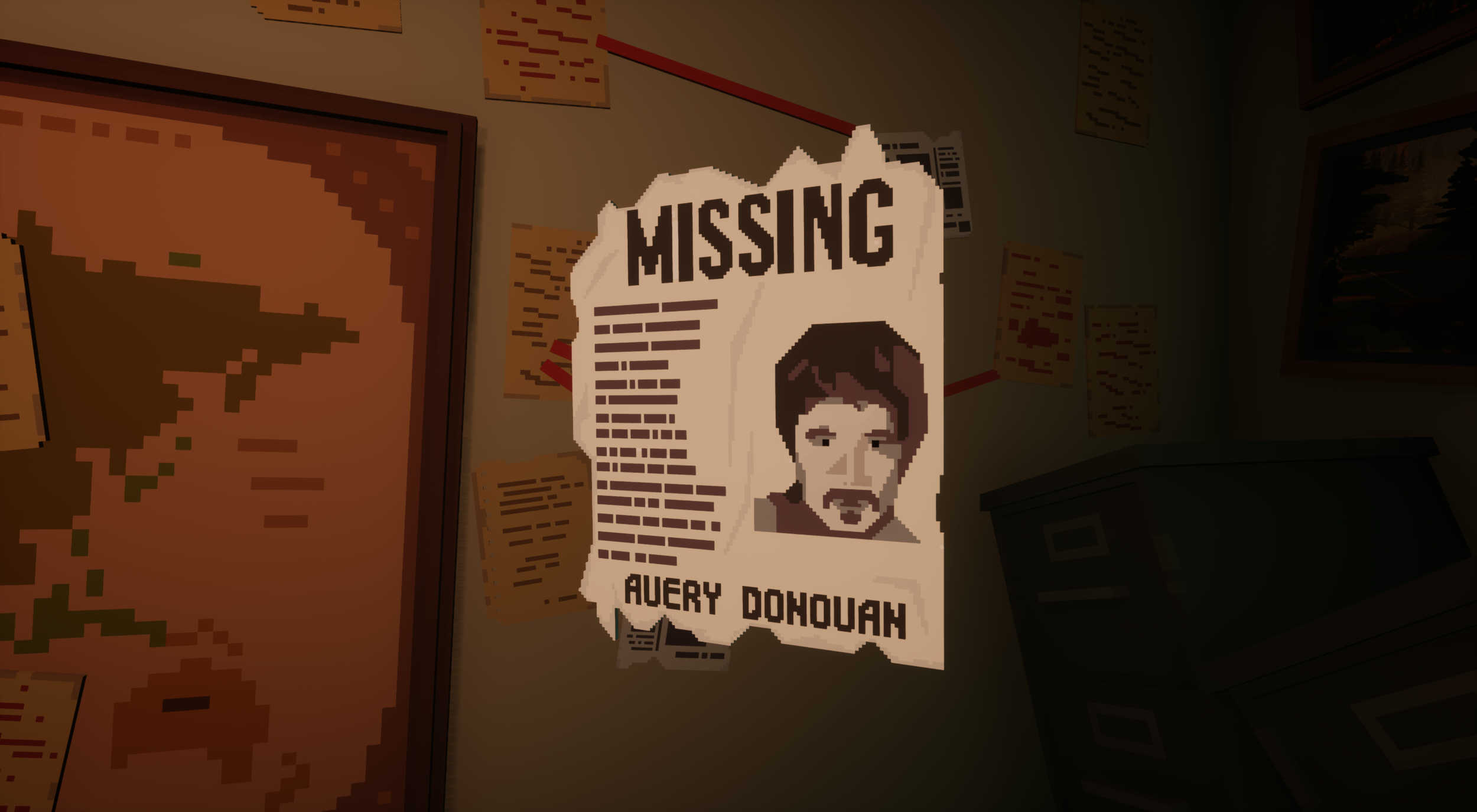
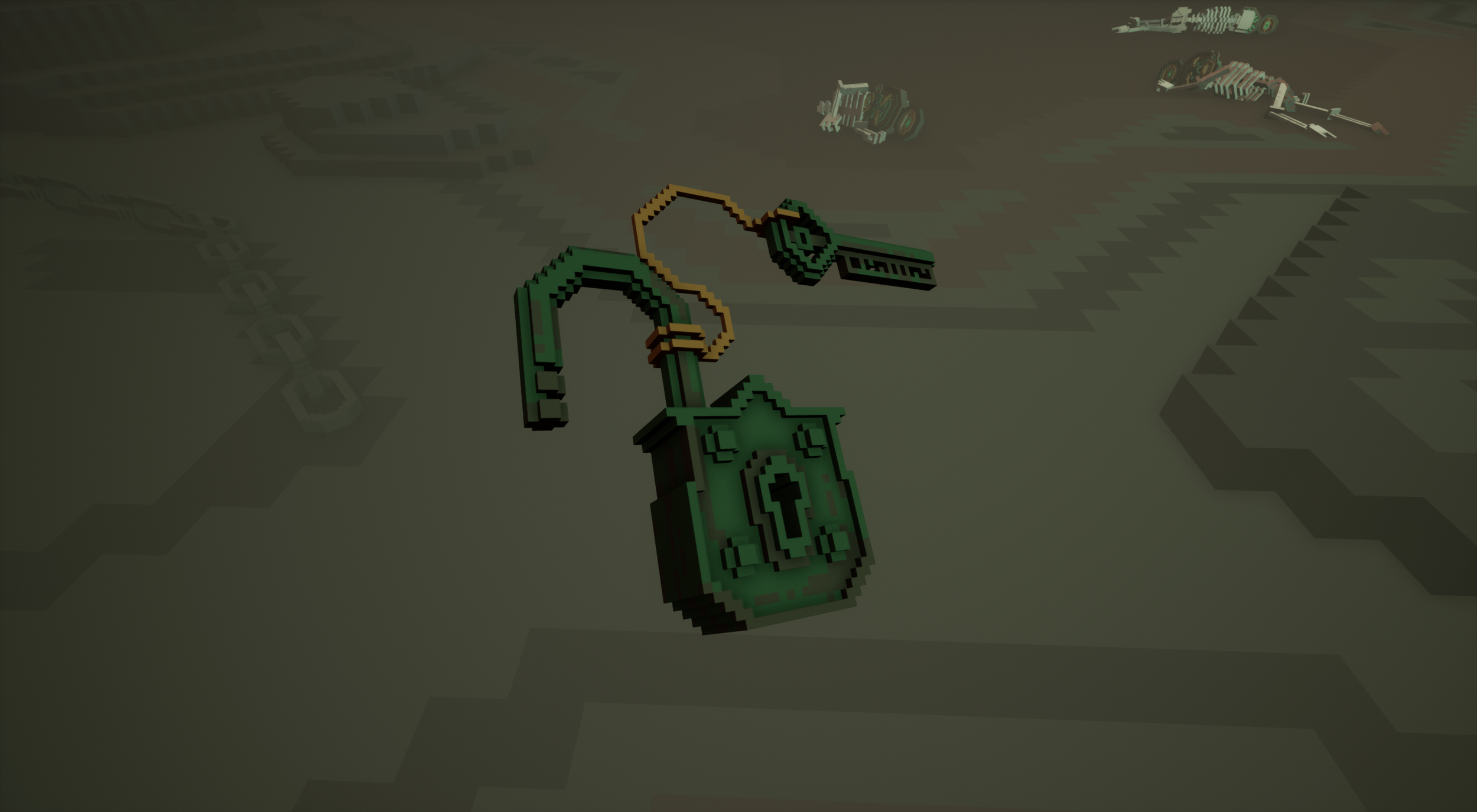
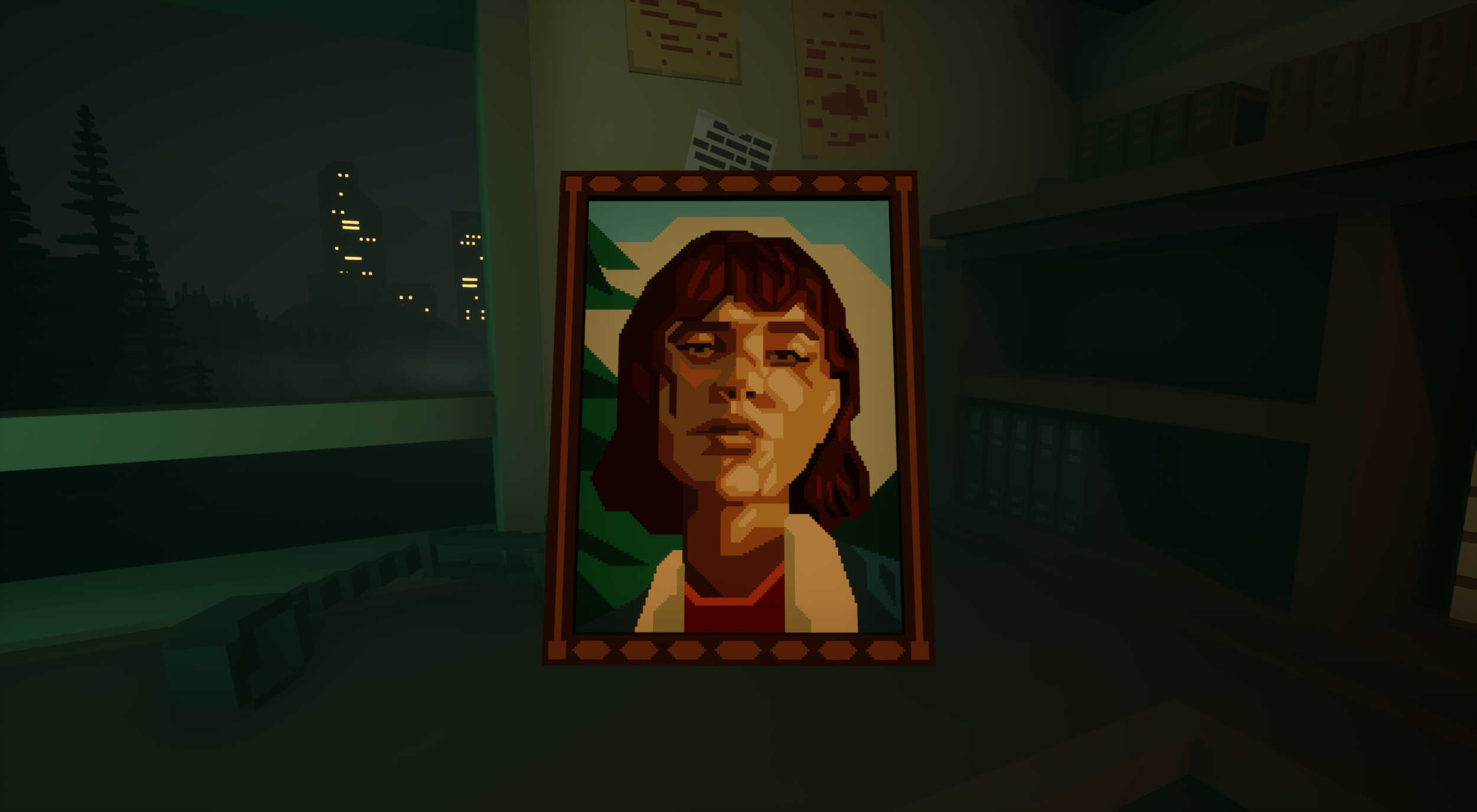
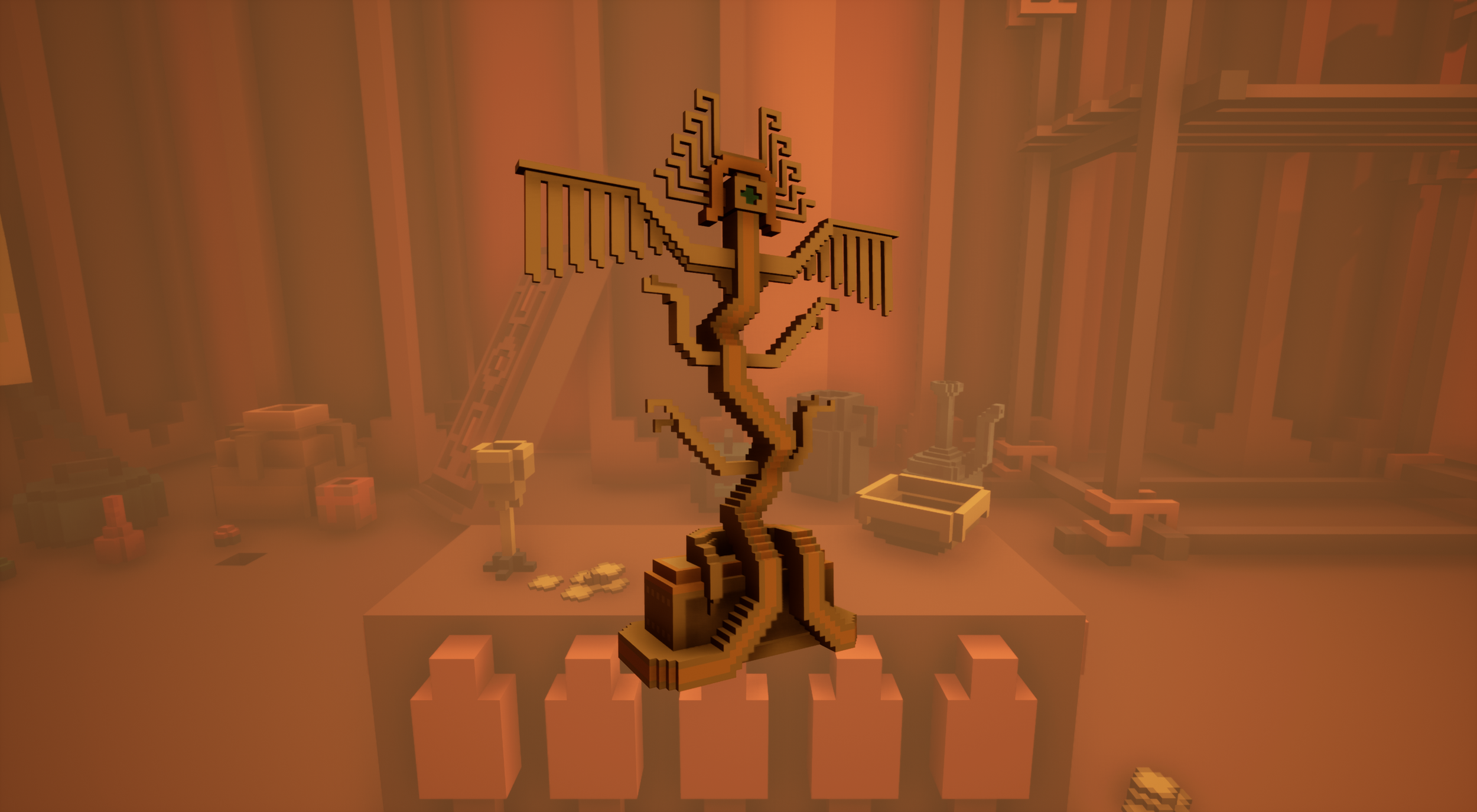

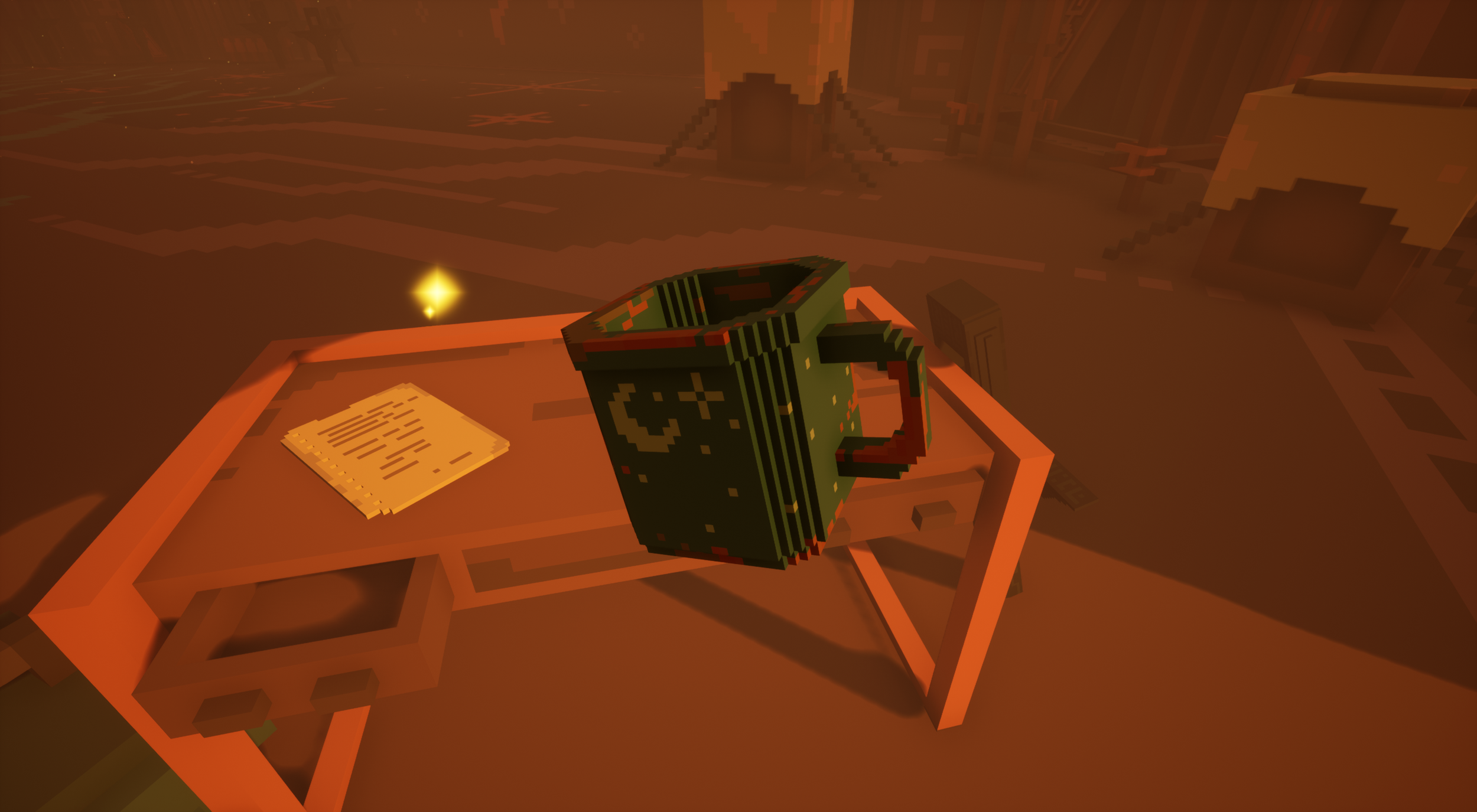
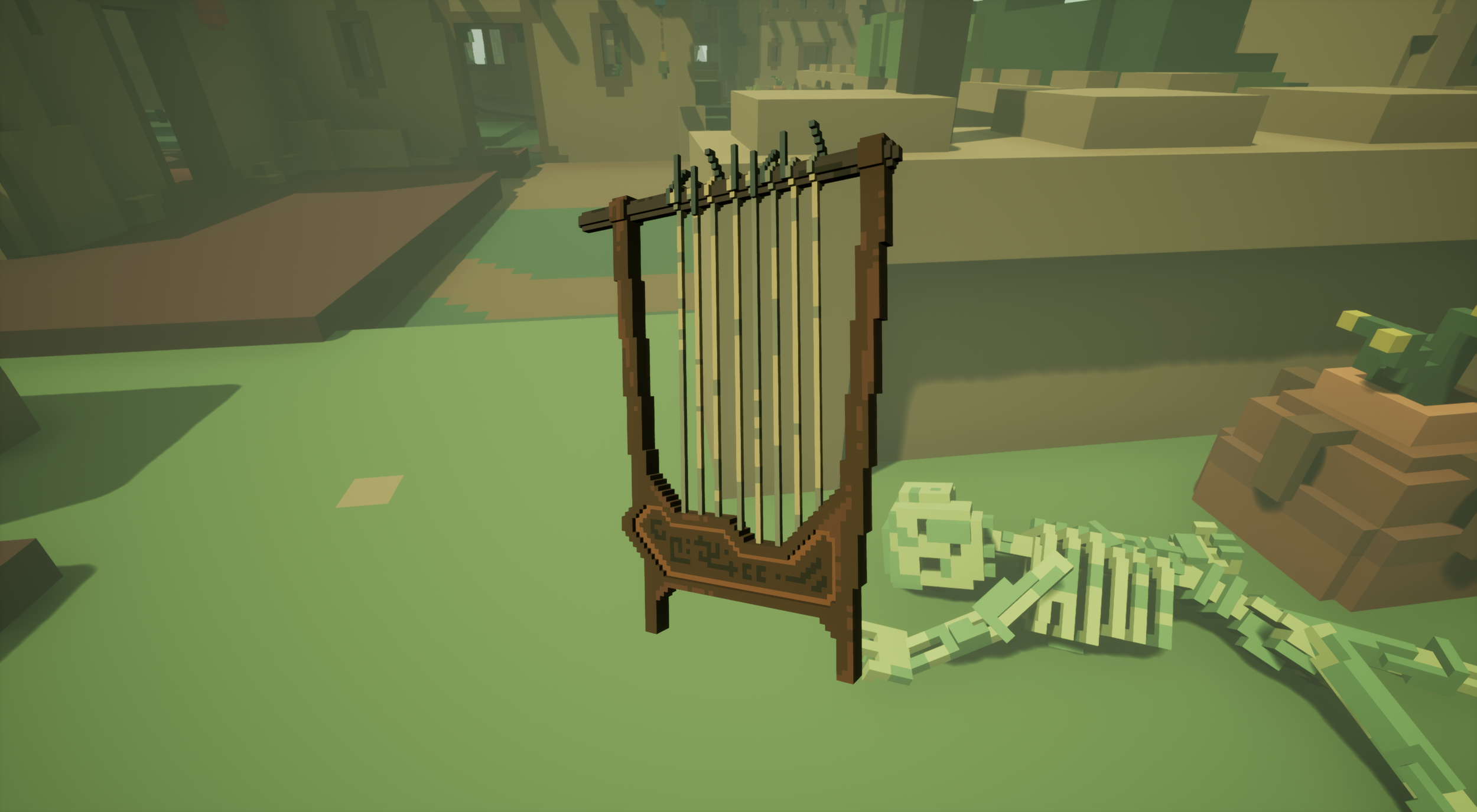
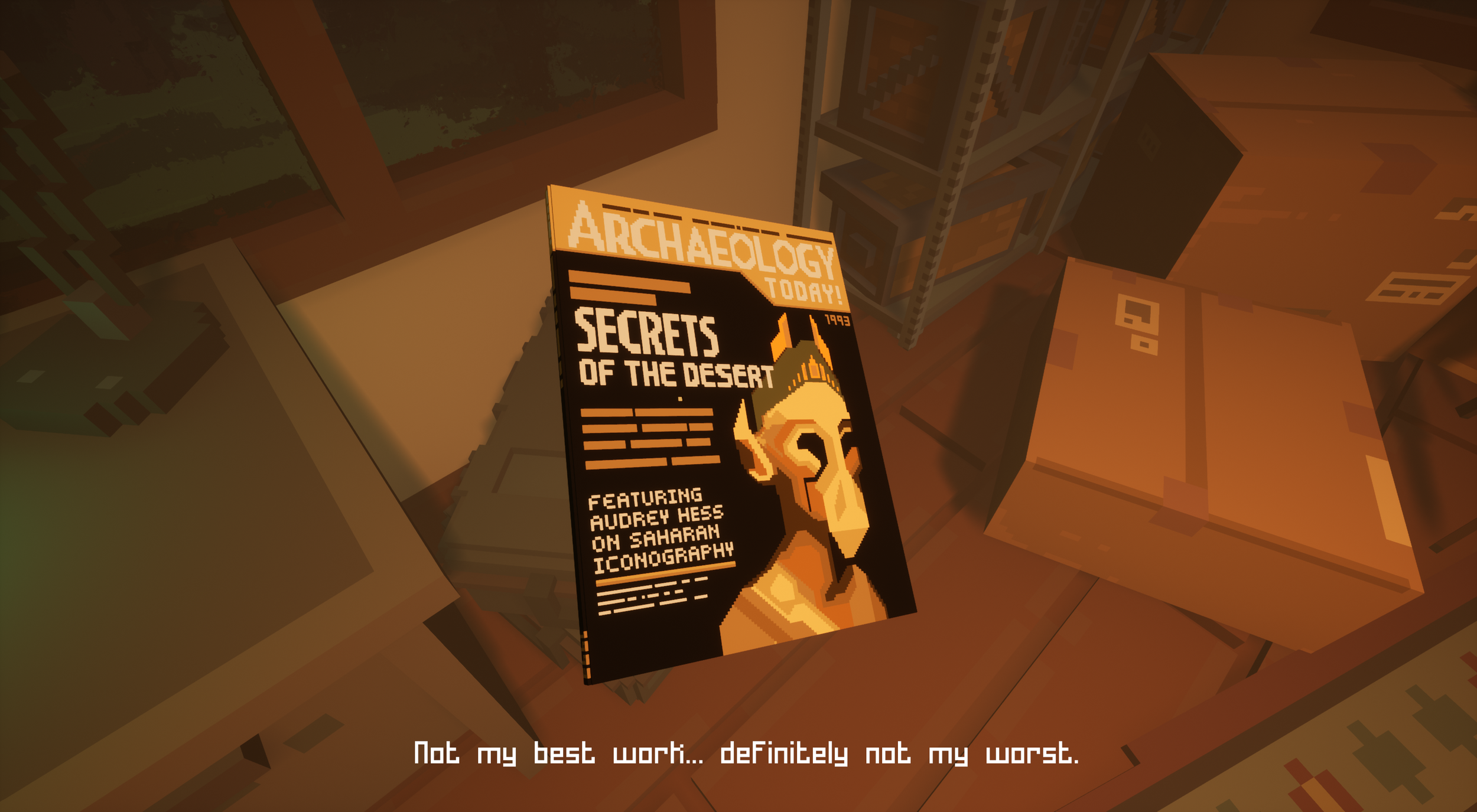


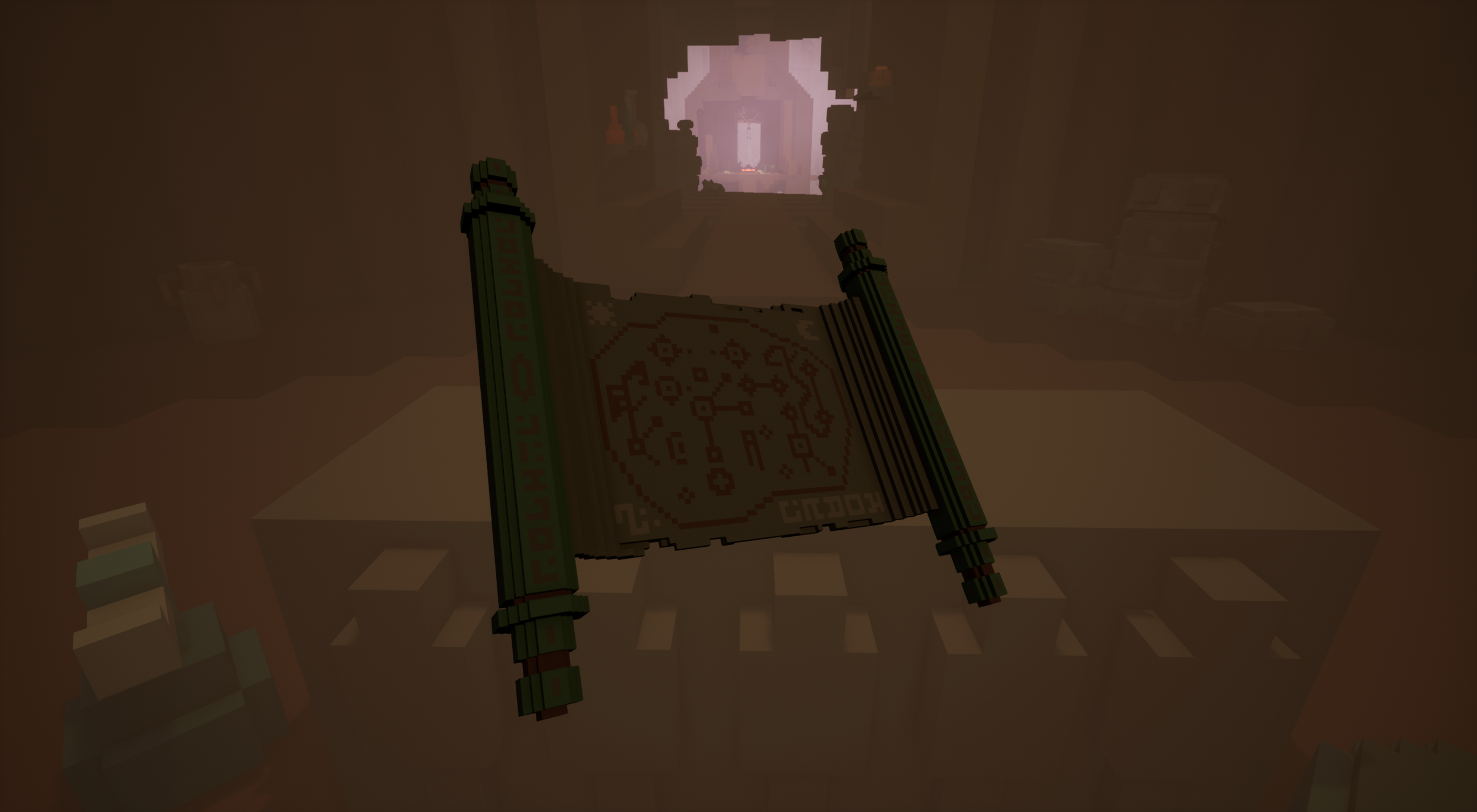
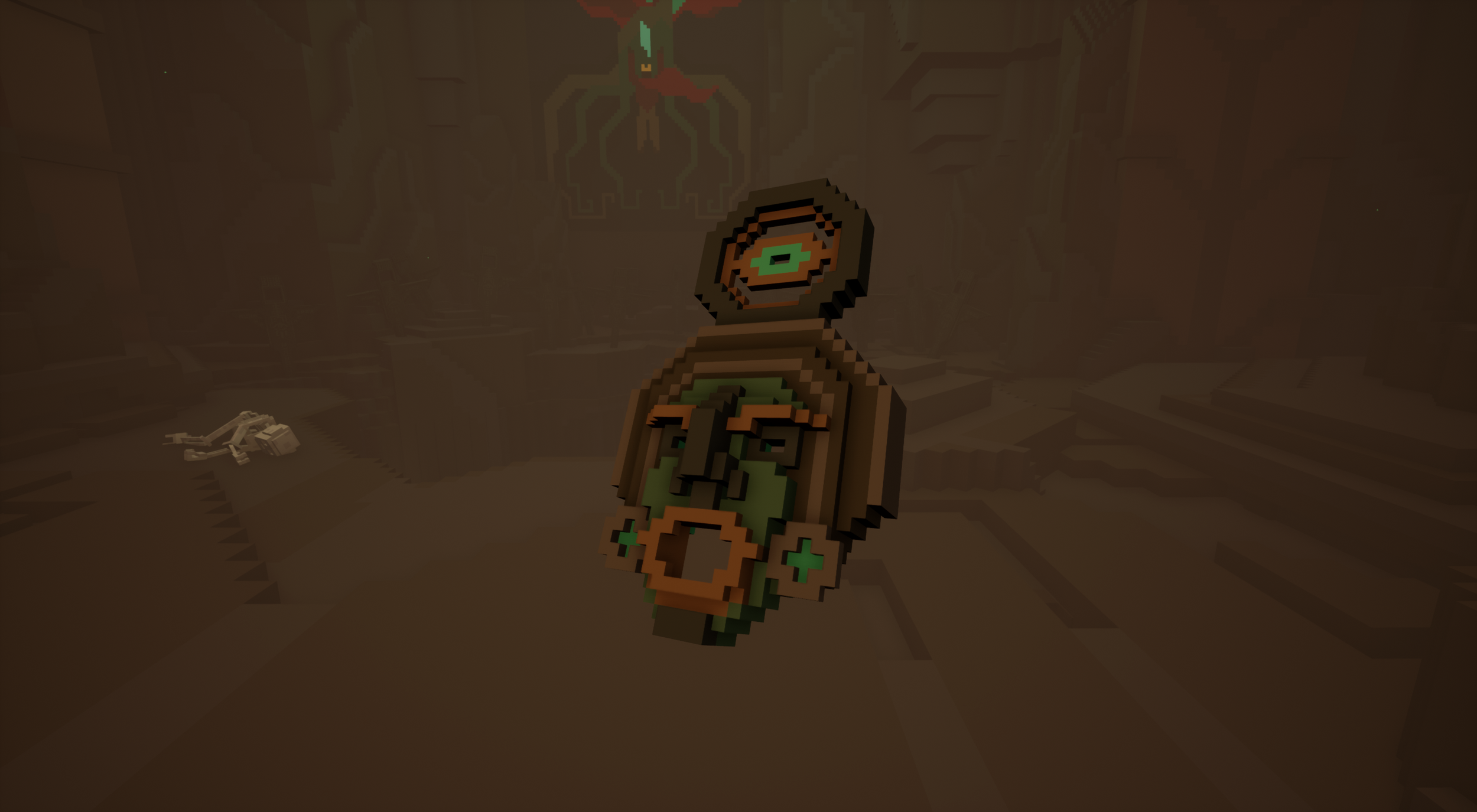
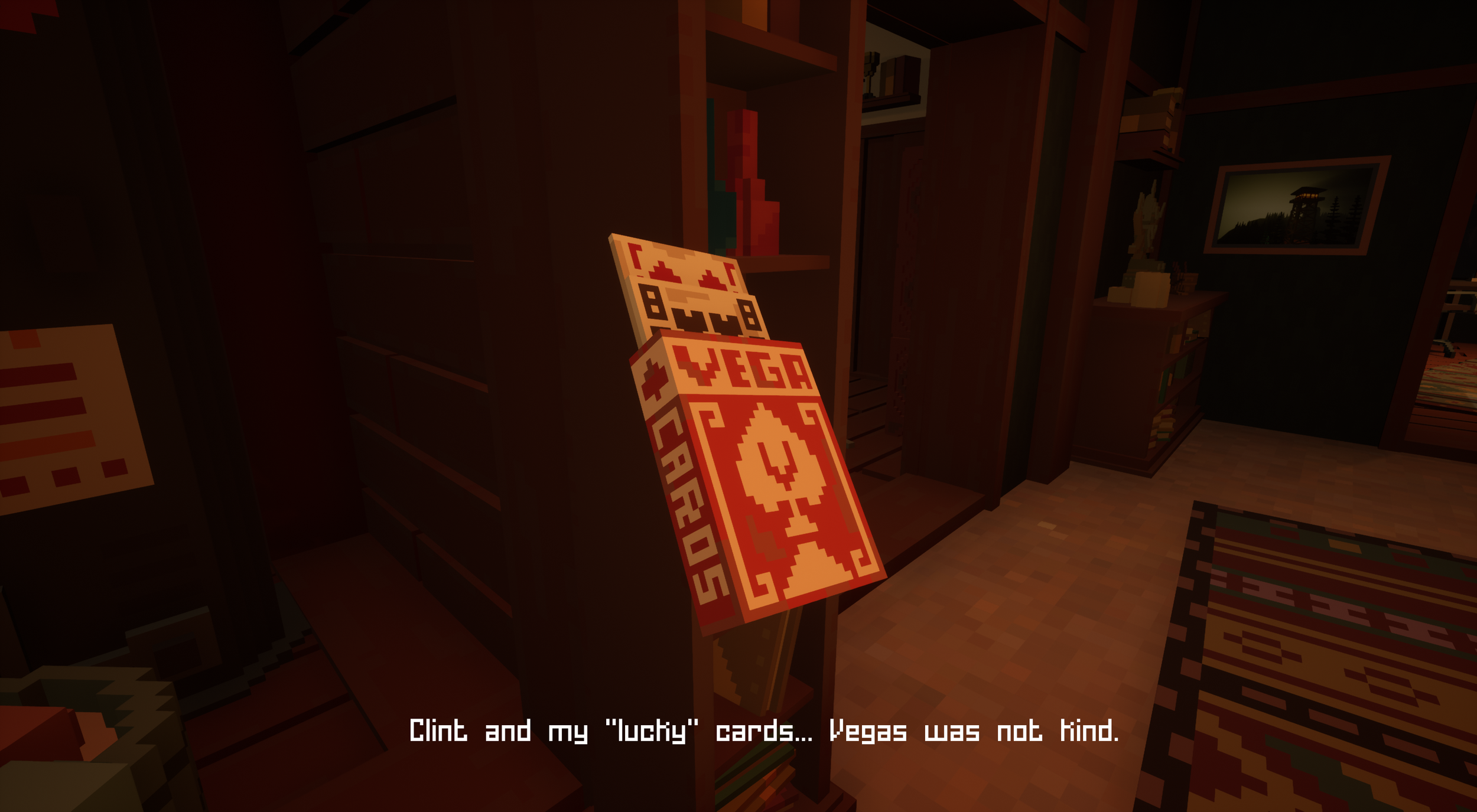
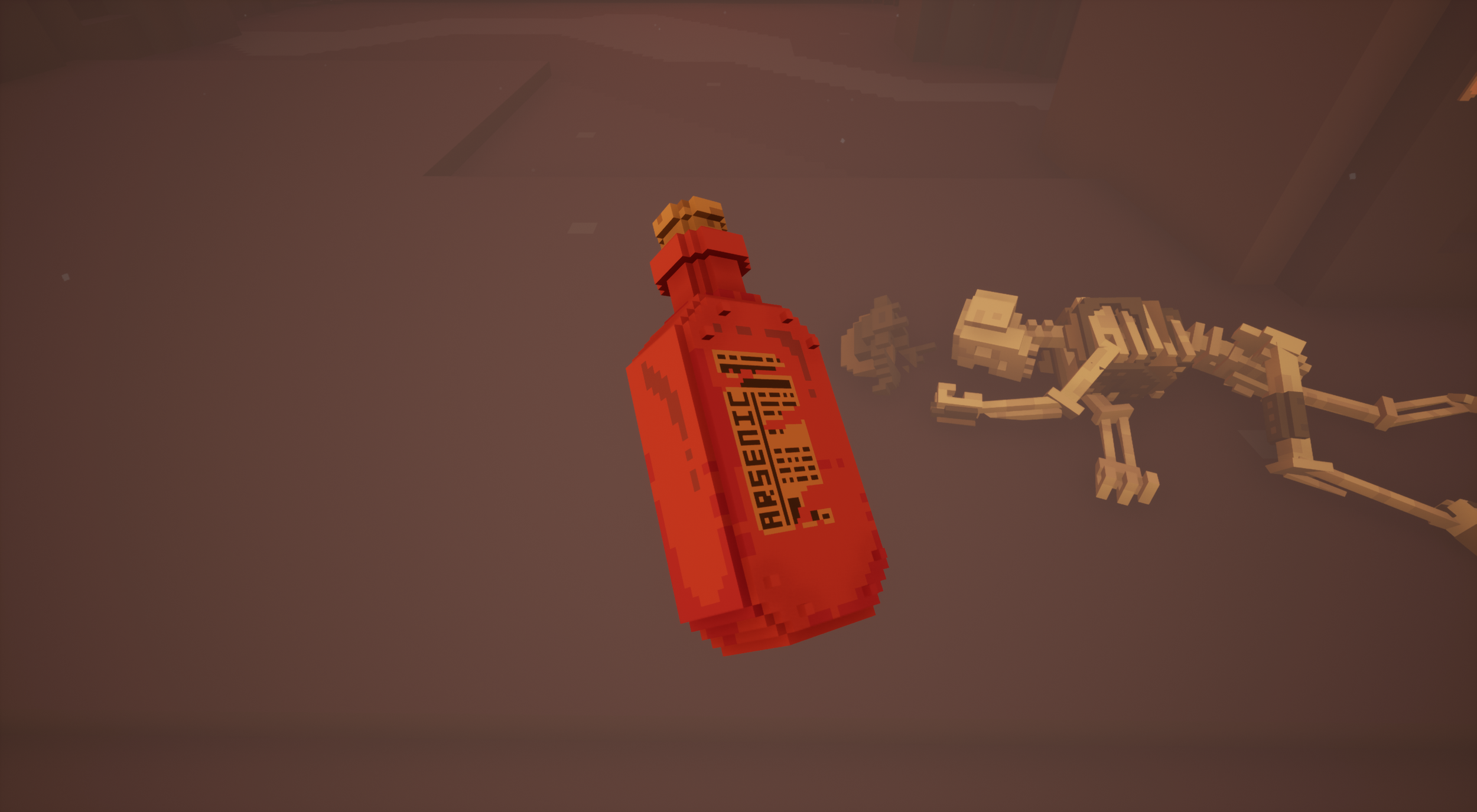

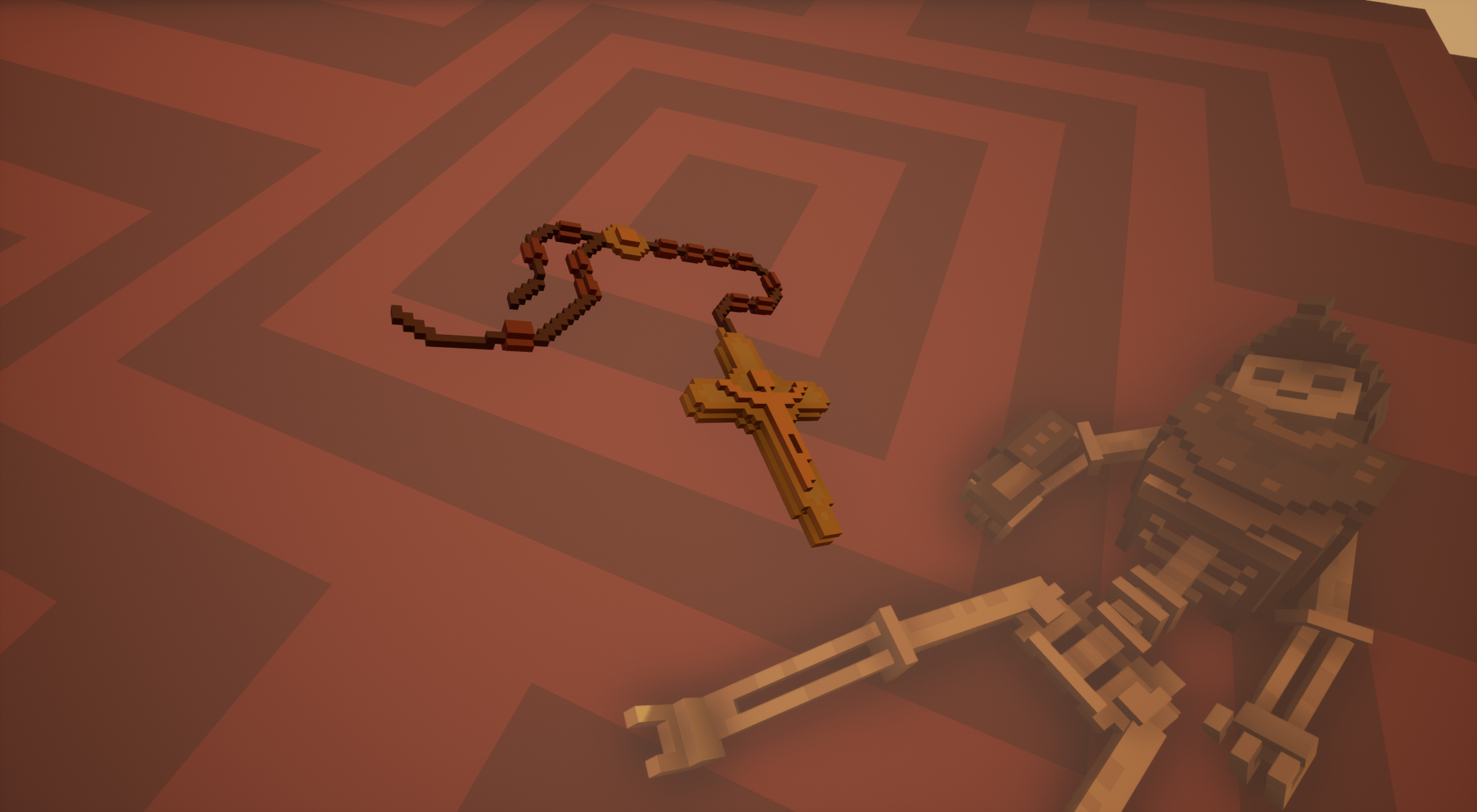
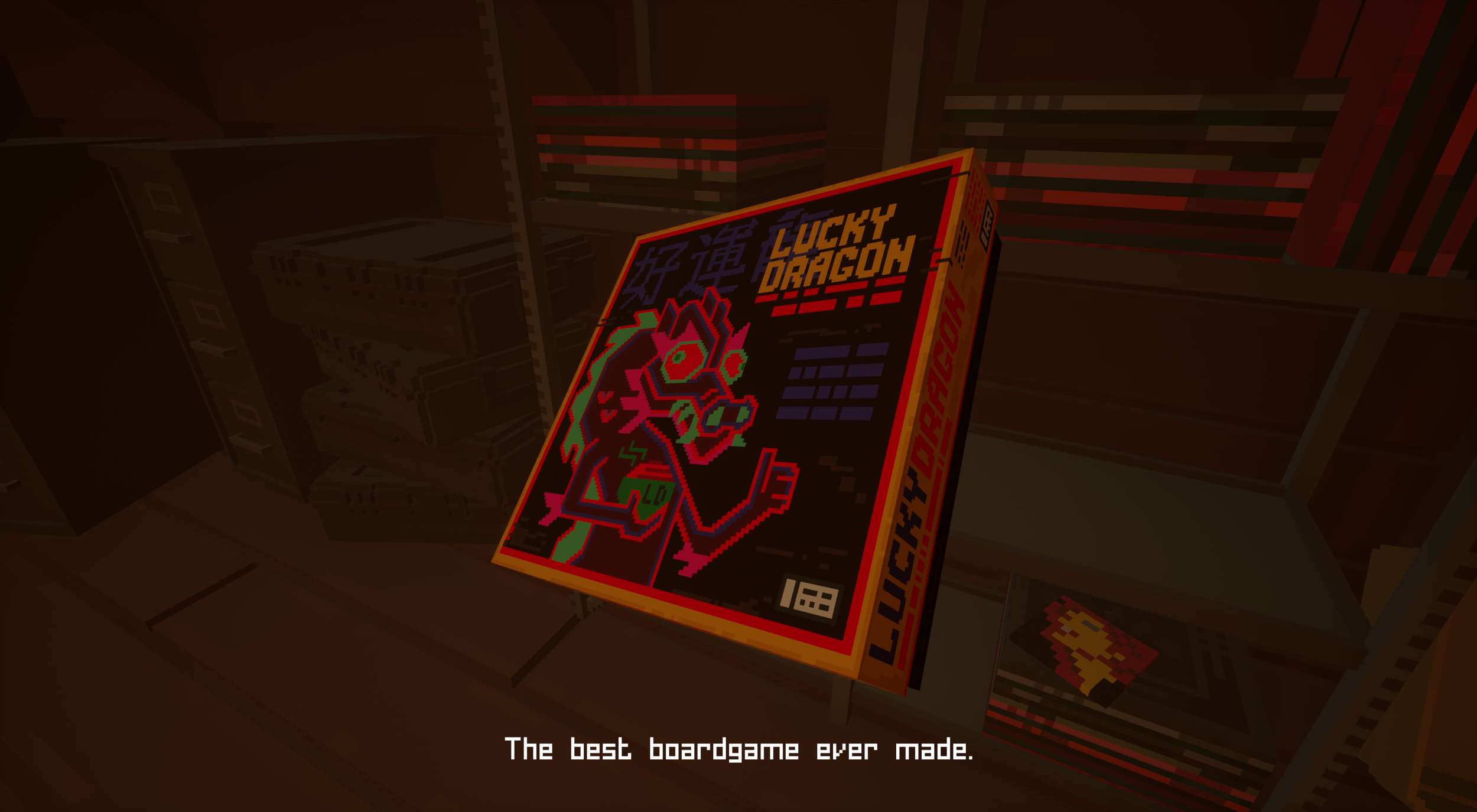
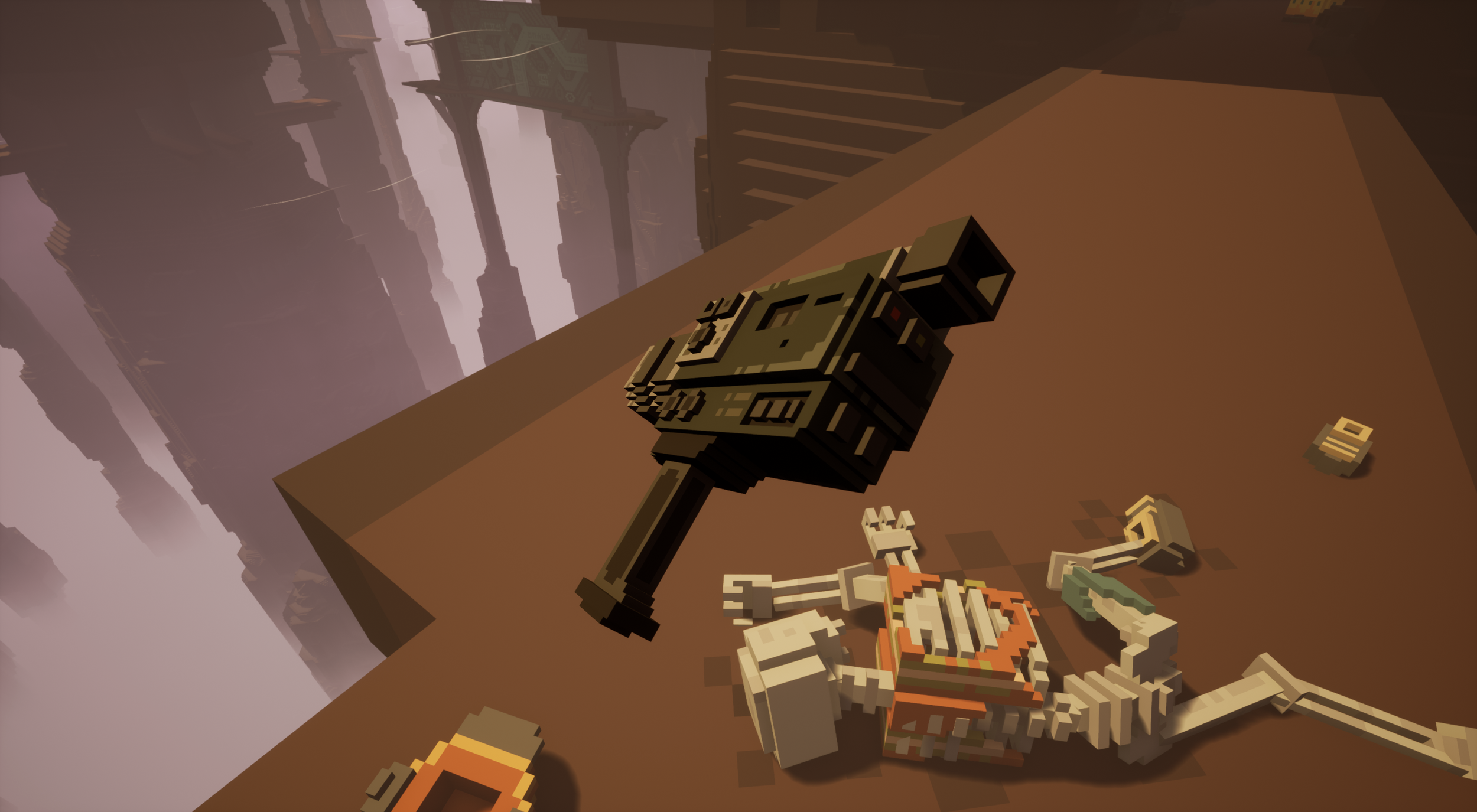
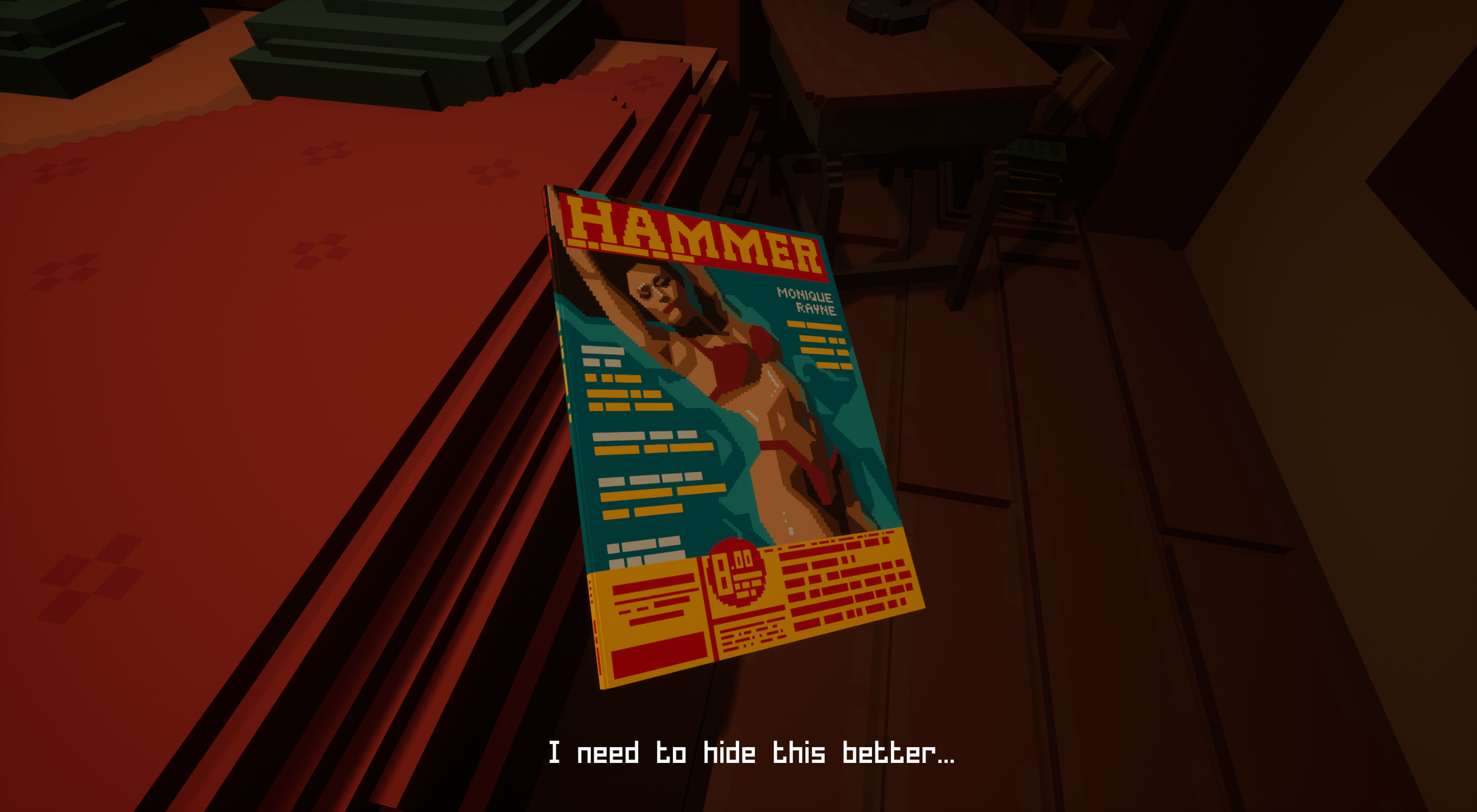
Notes
In addition to the inspectable props, there’s a small collection of notes scattered throughout the world. Some are long lost journals from centuries past, while others are simple reminders taped to a door.
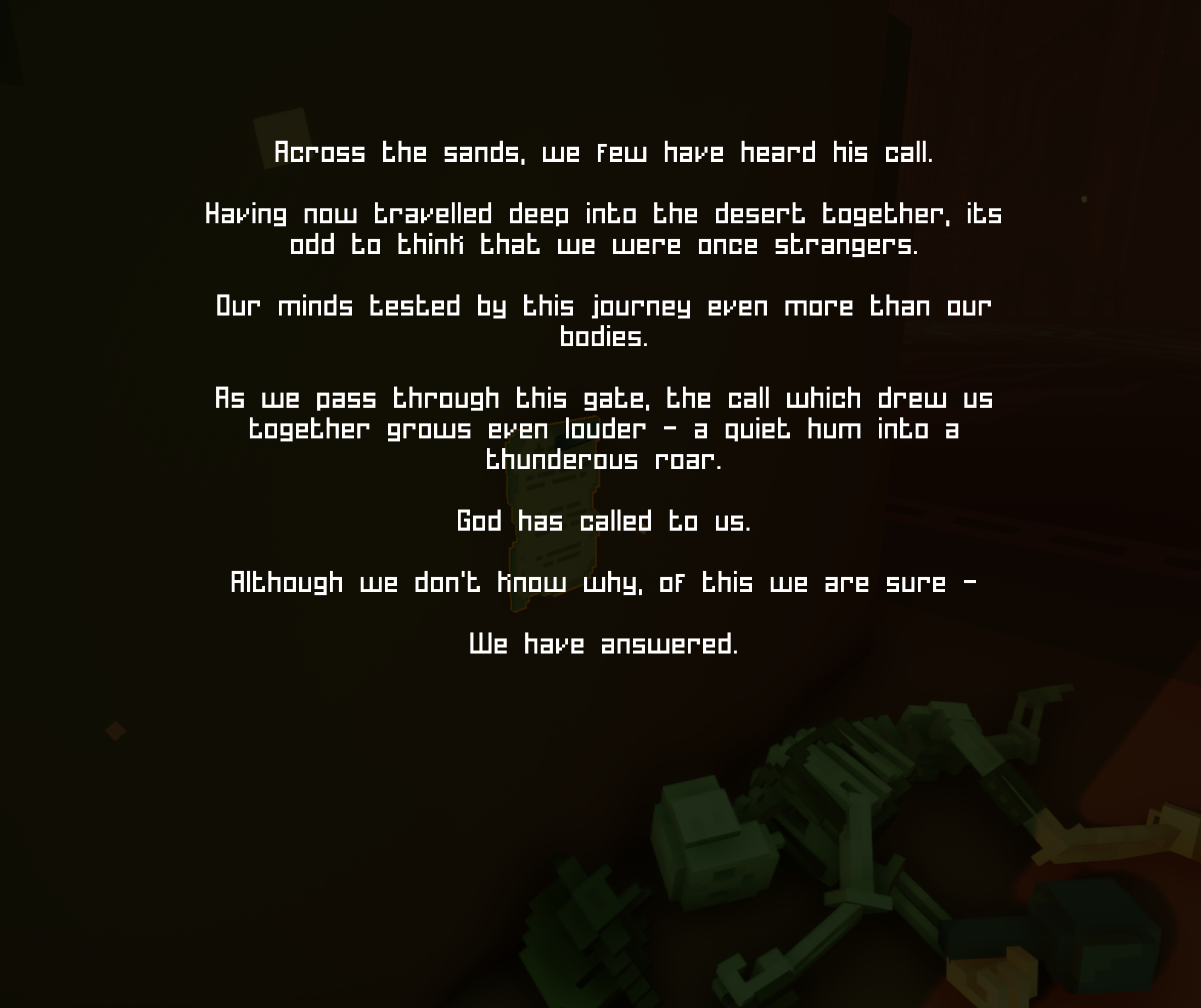
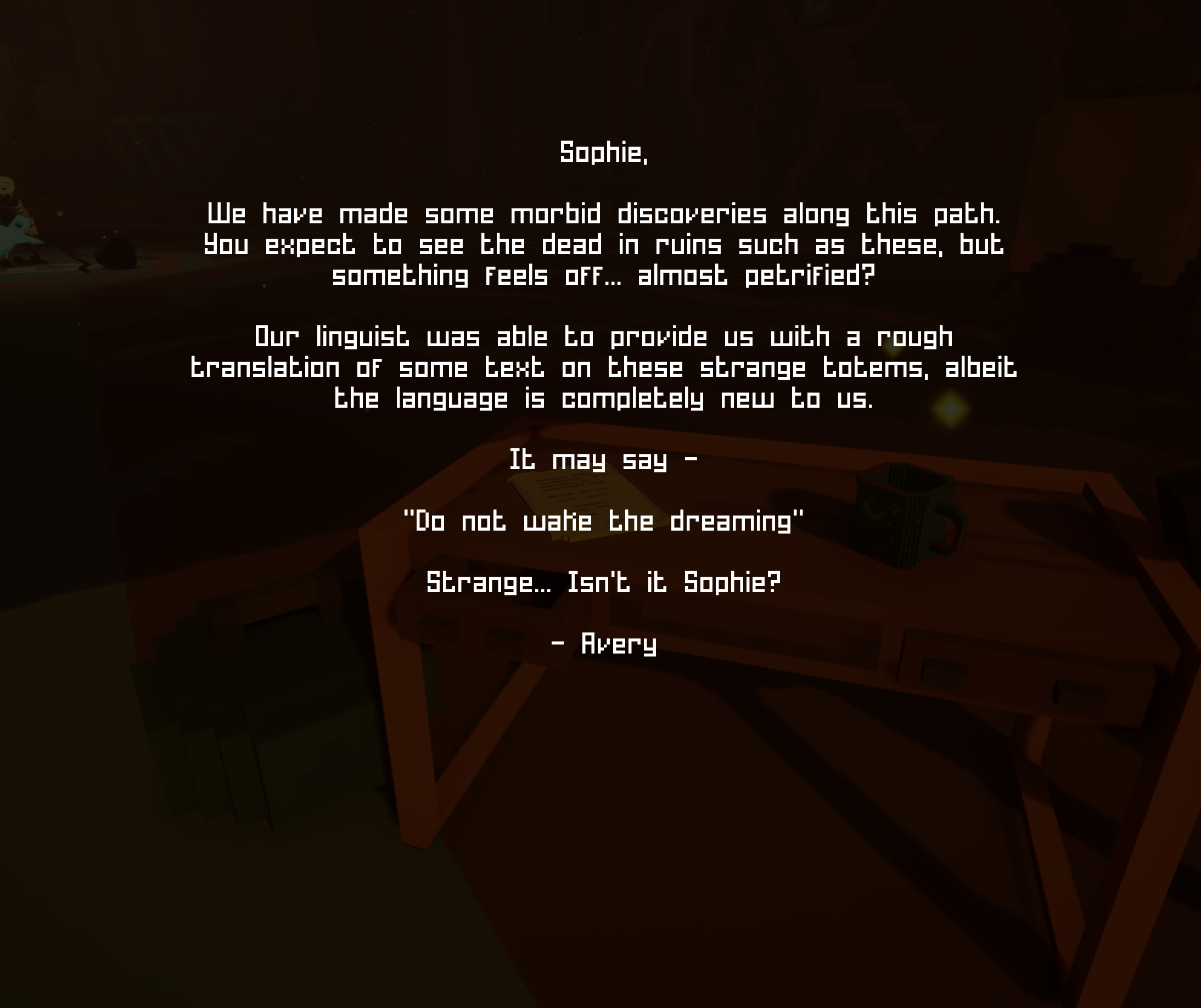
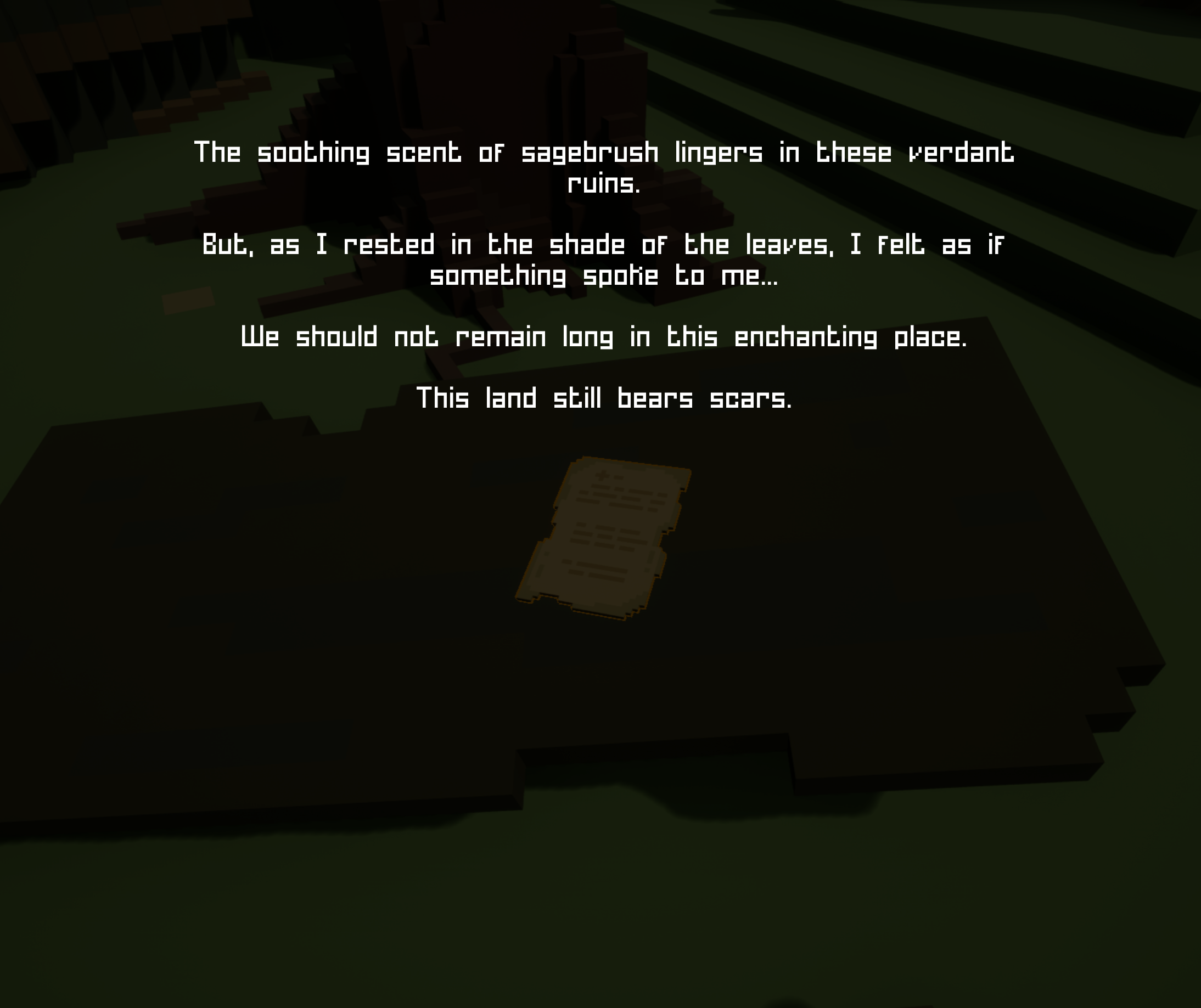

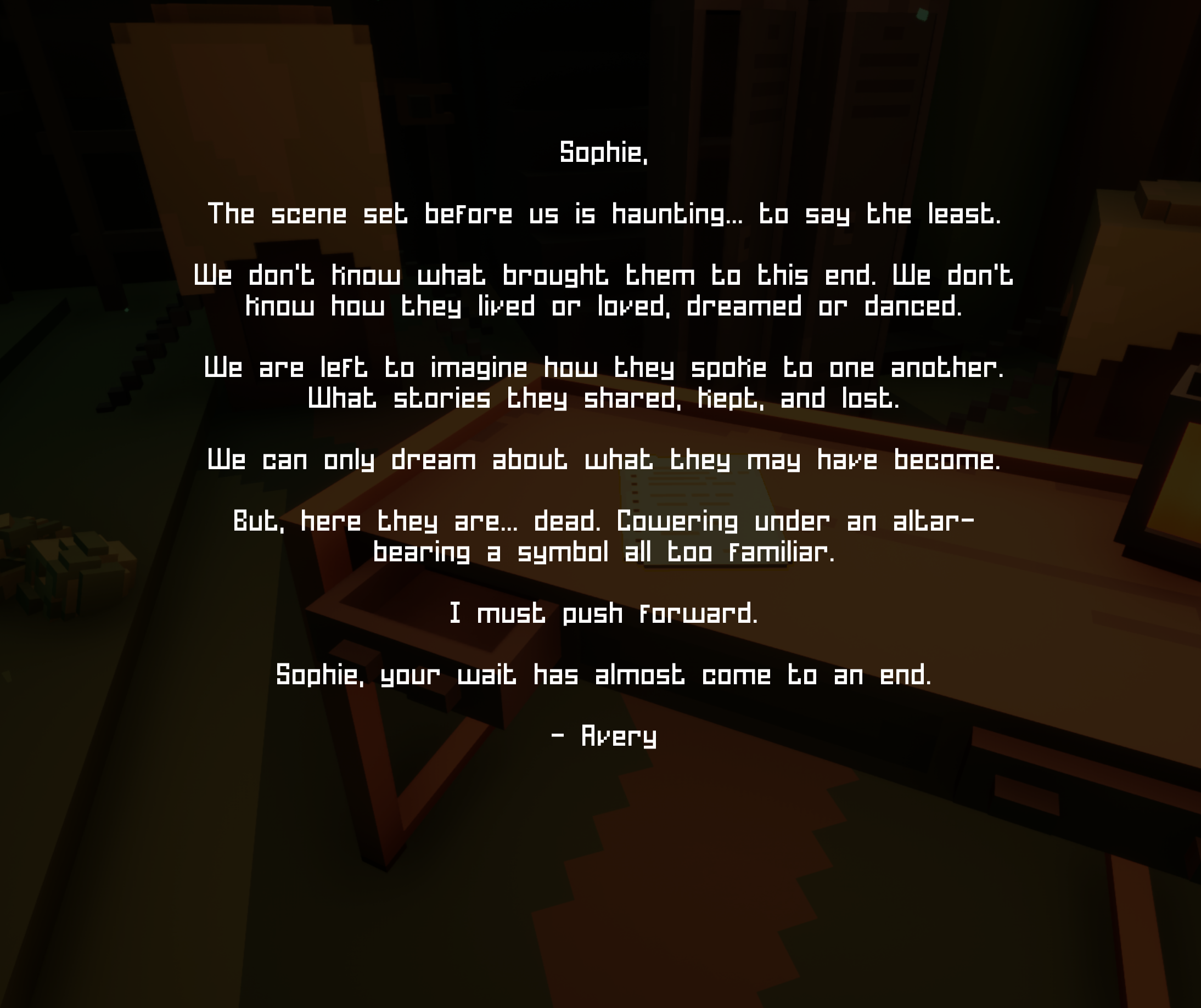
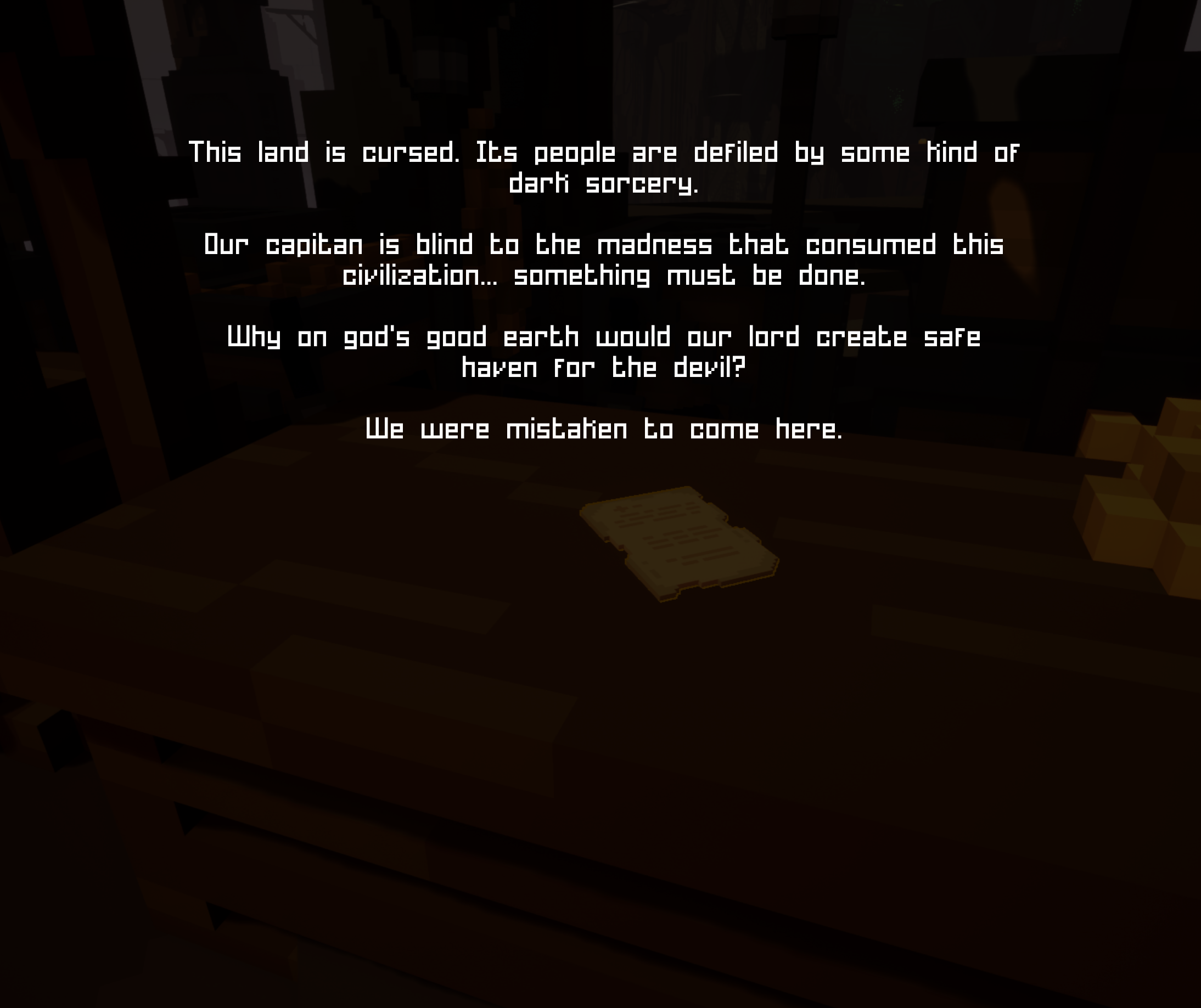
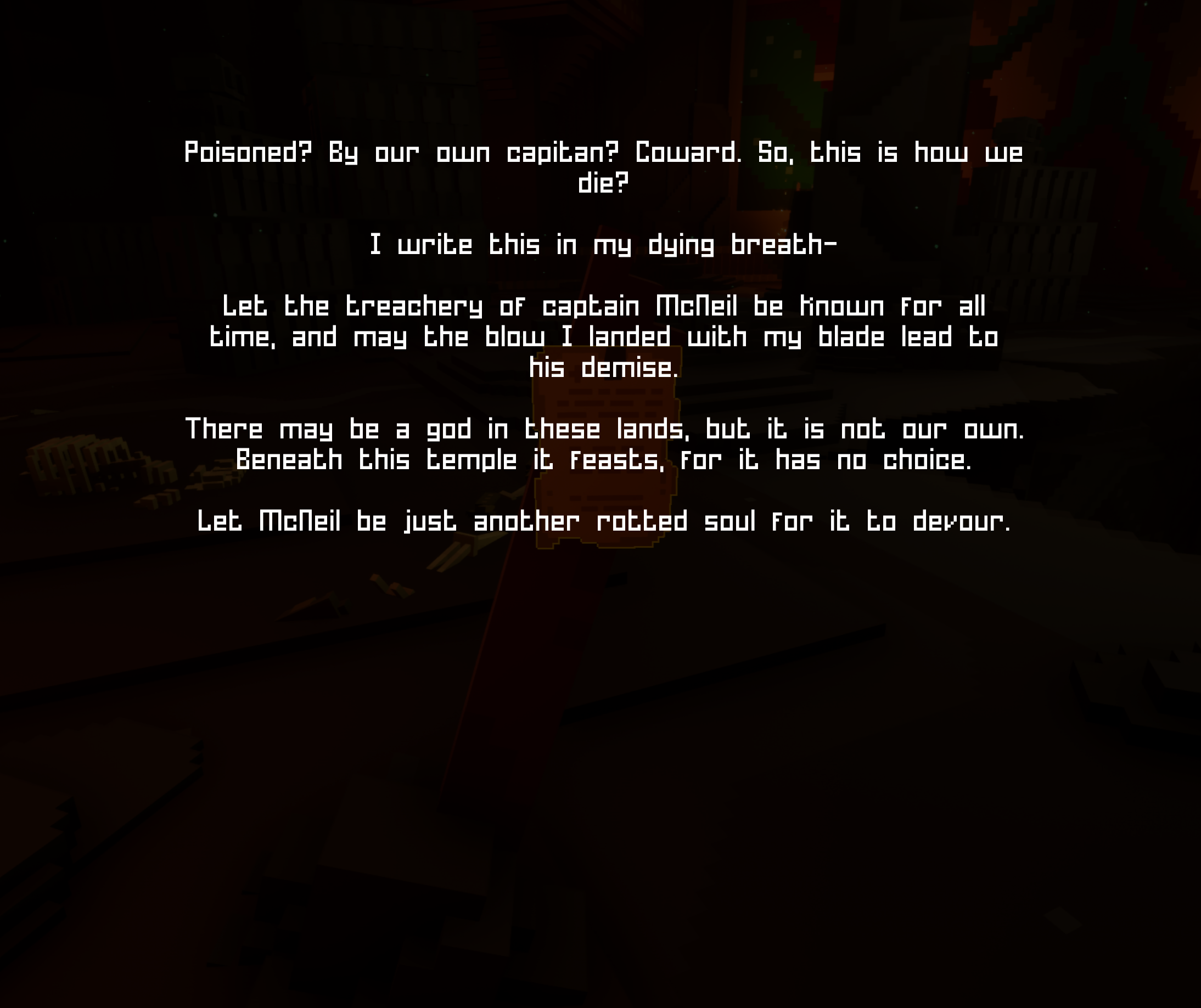

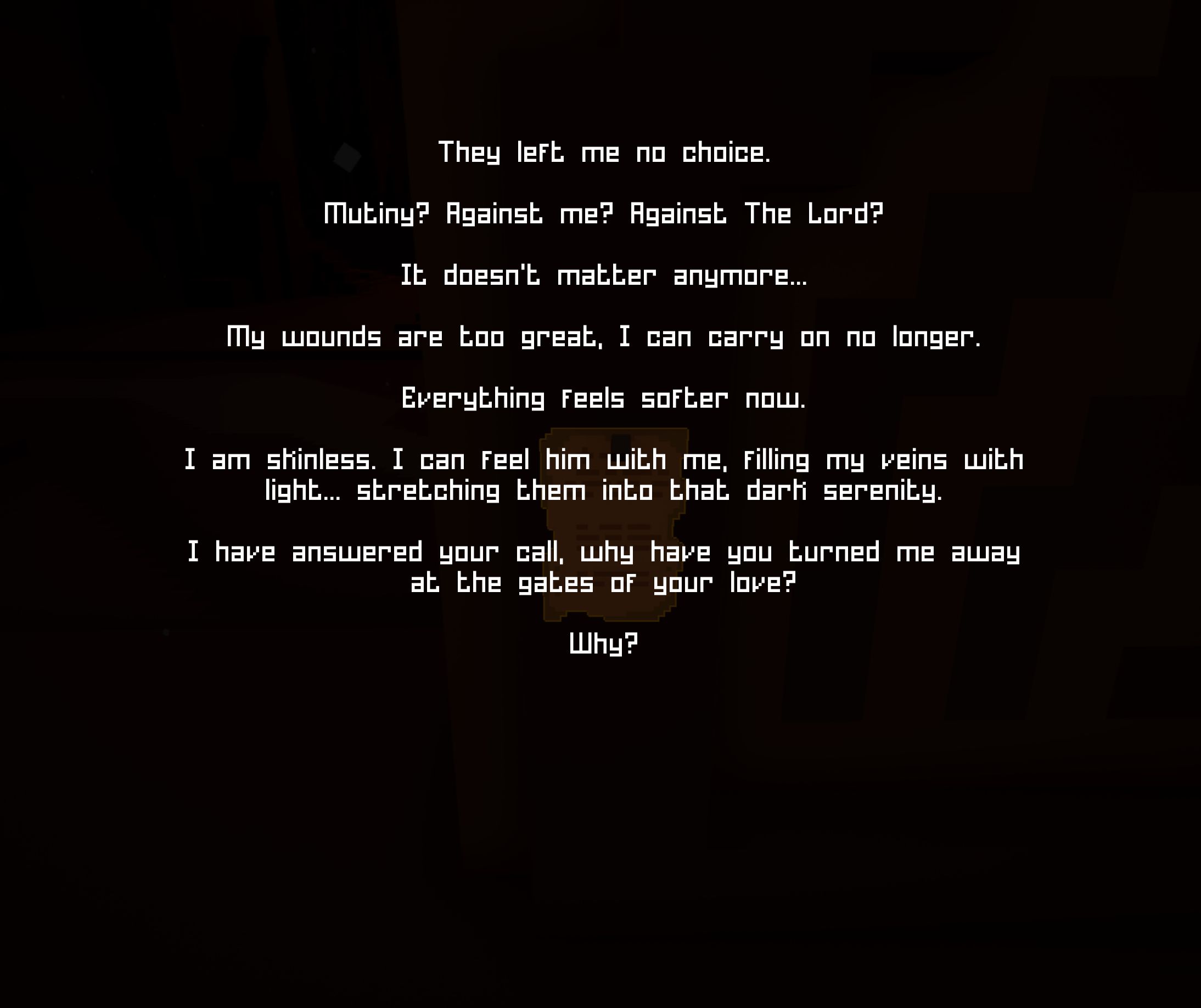
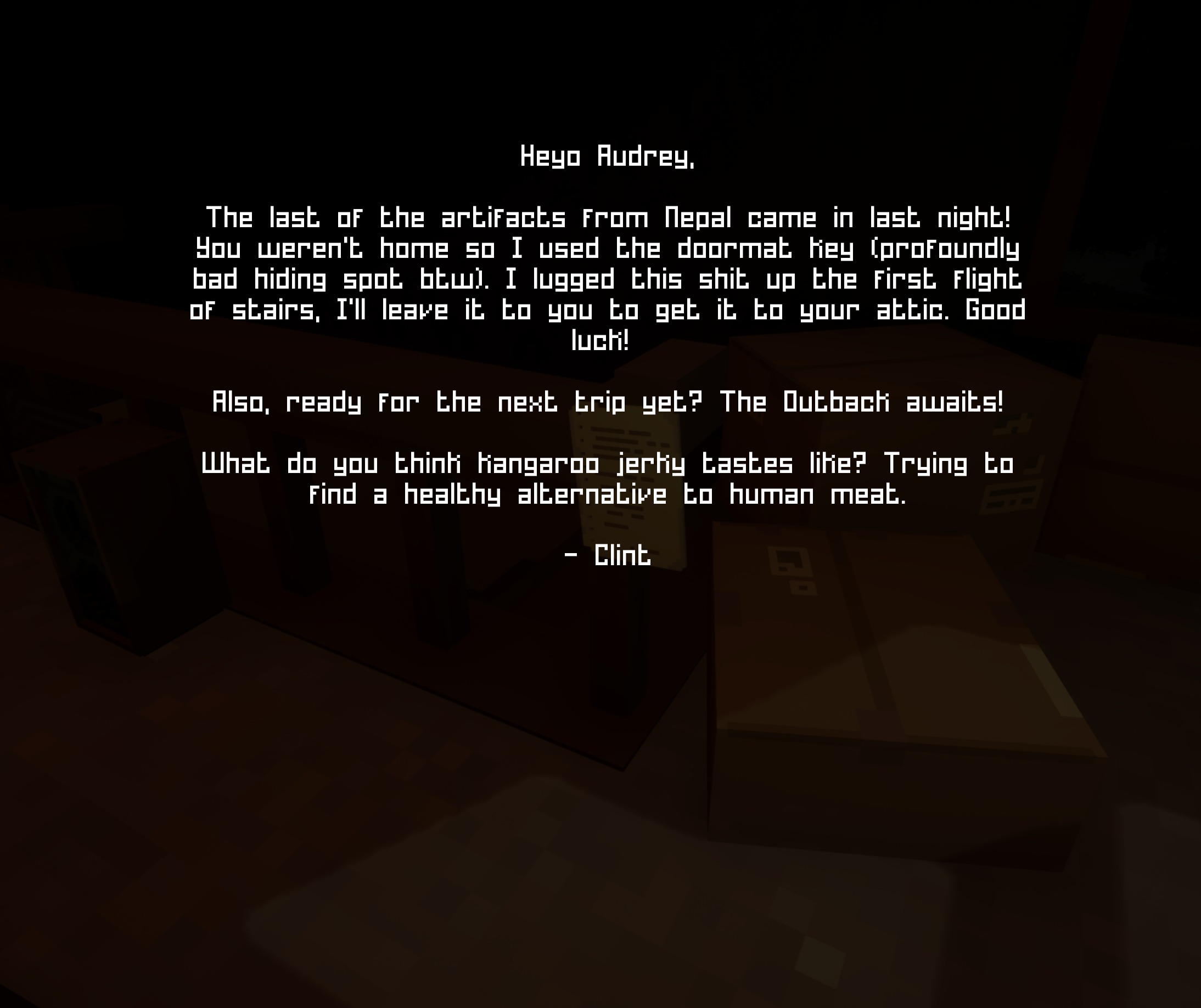
Environmental Storytelling
The entire game is jam-packed full of environmental clues that hint at aspects of the world and story. None of these clues are too on the nose to give away anything big and exist more as a way to help guide the player to their own conclusions. Storytelling can be found in more obvious props like murals and giant obelisks, but also in subtle things like the strange placement of long dead villagers.
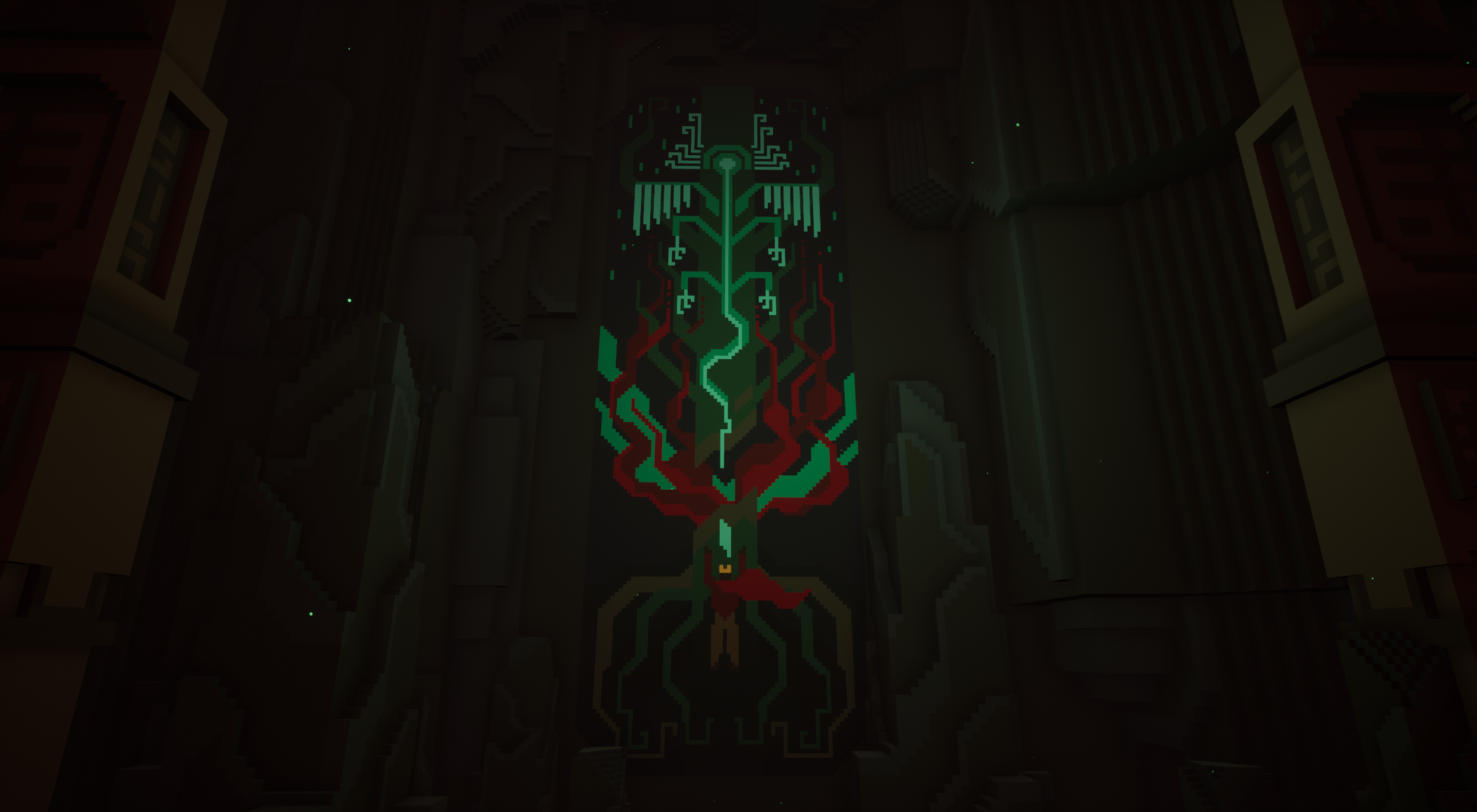

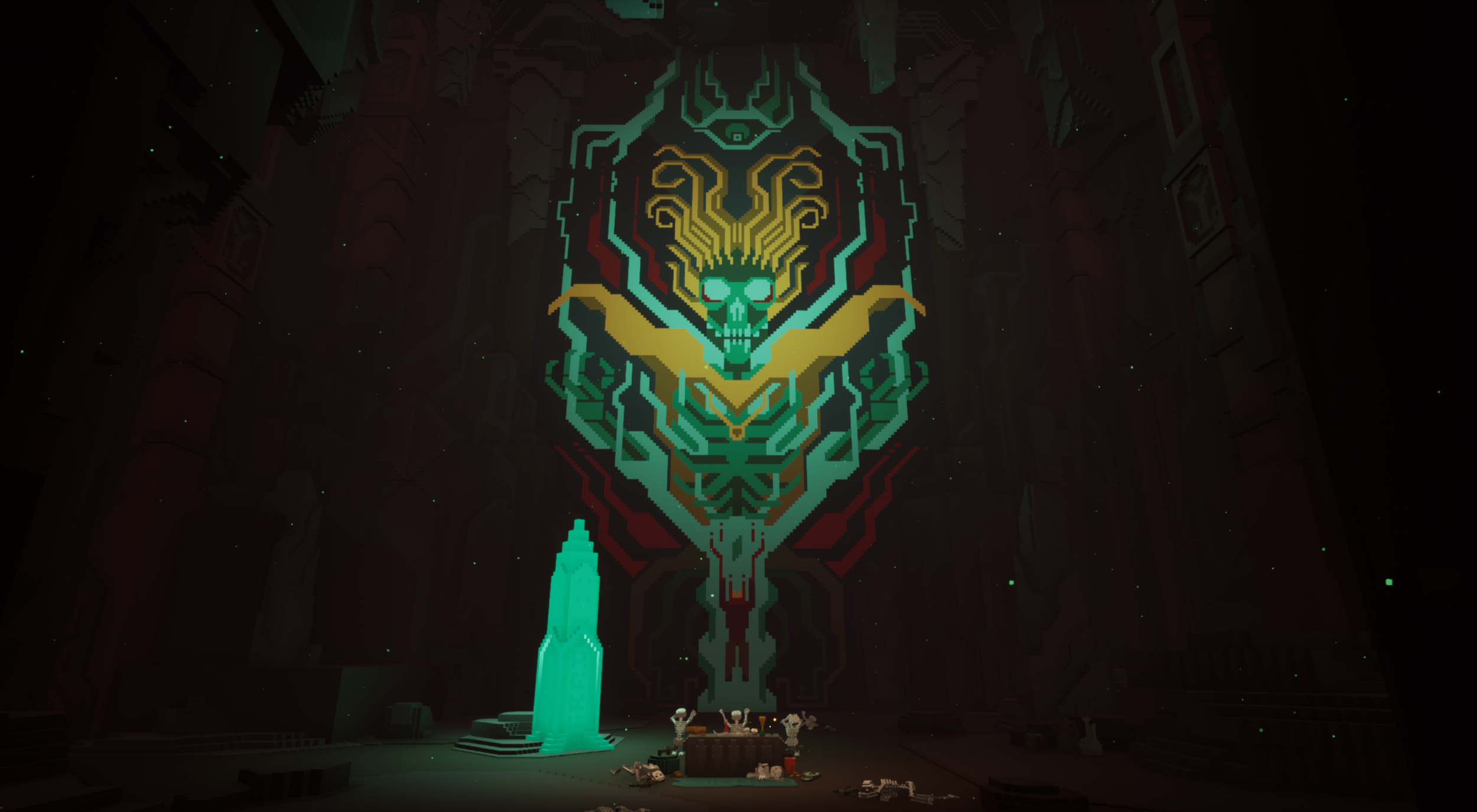

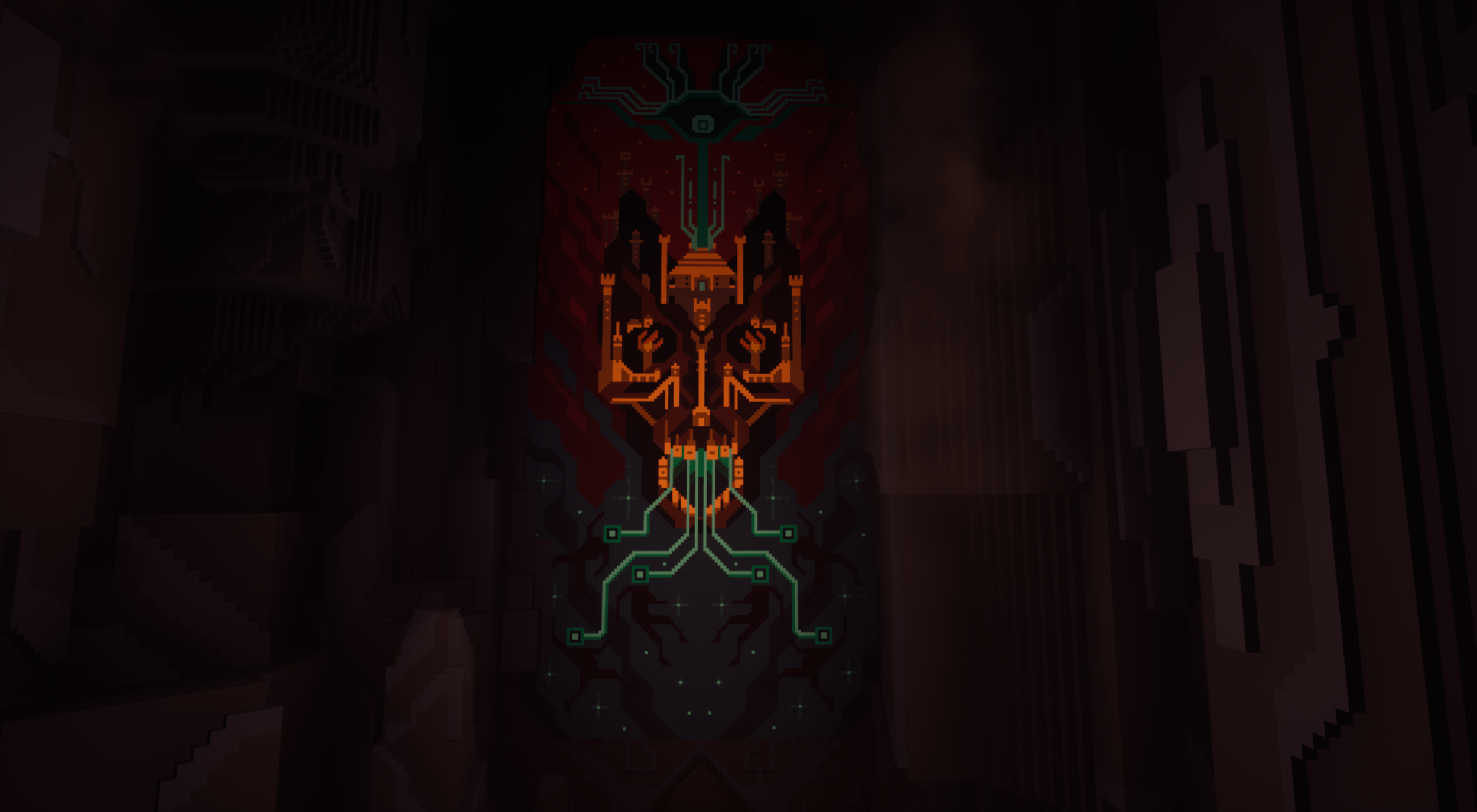
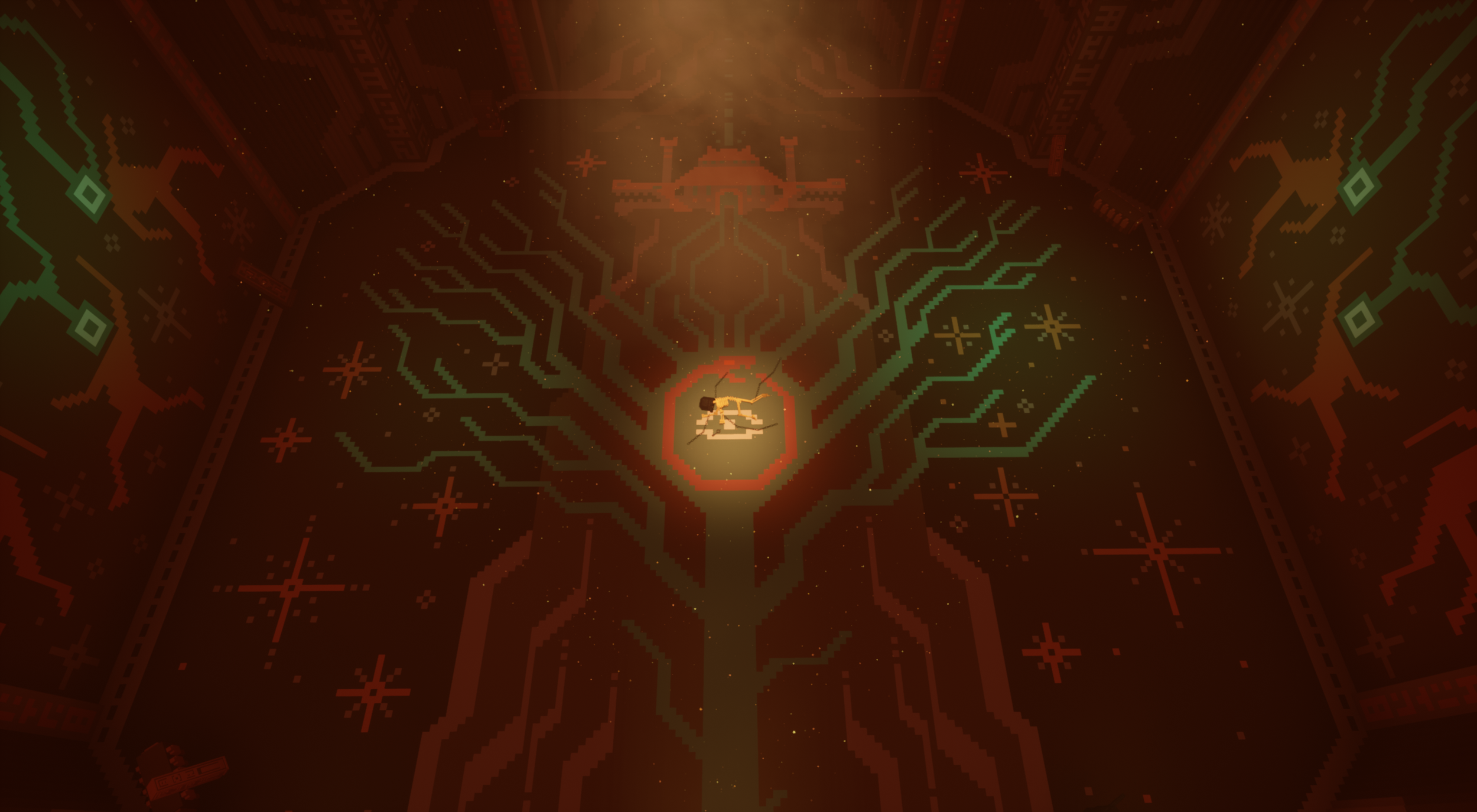

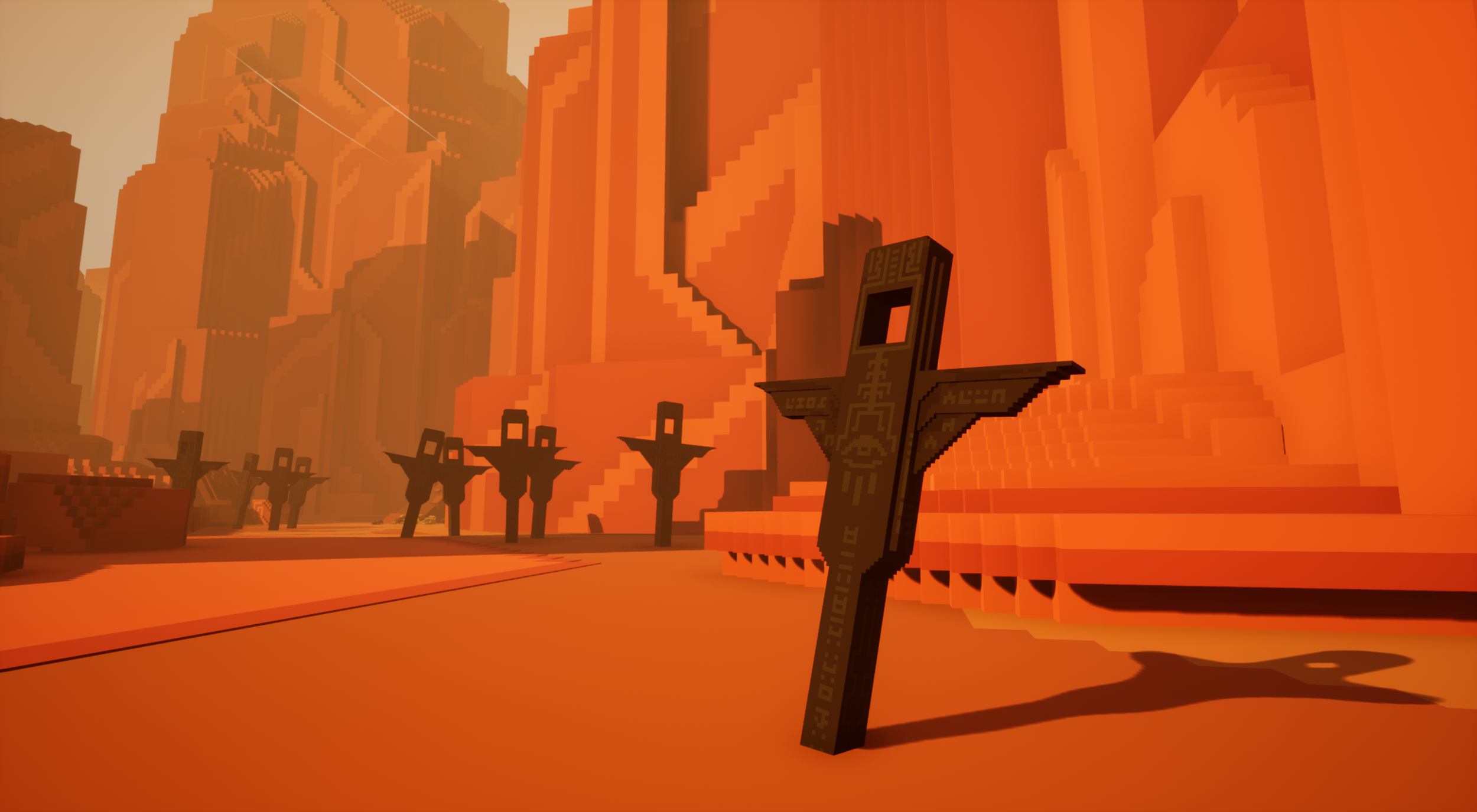
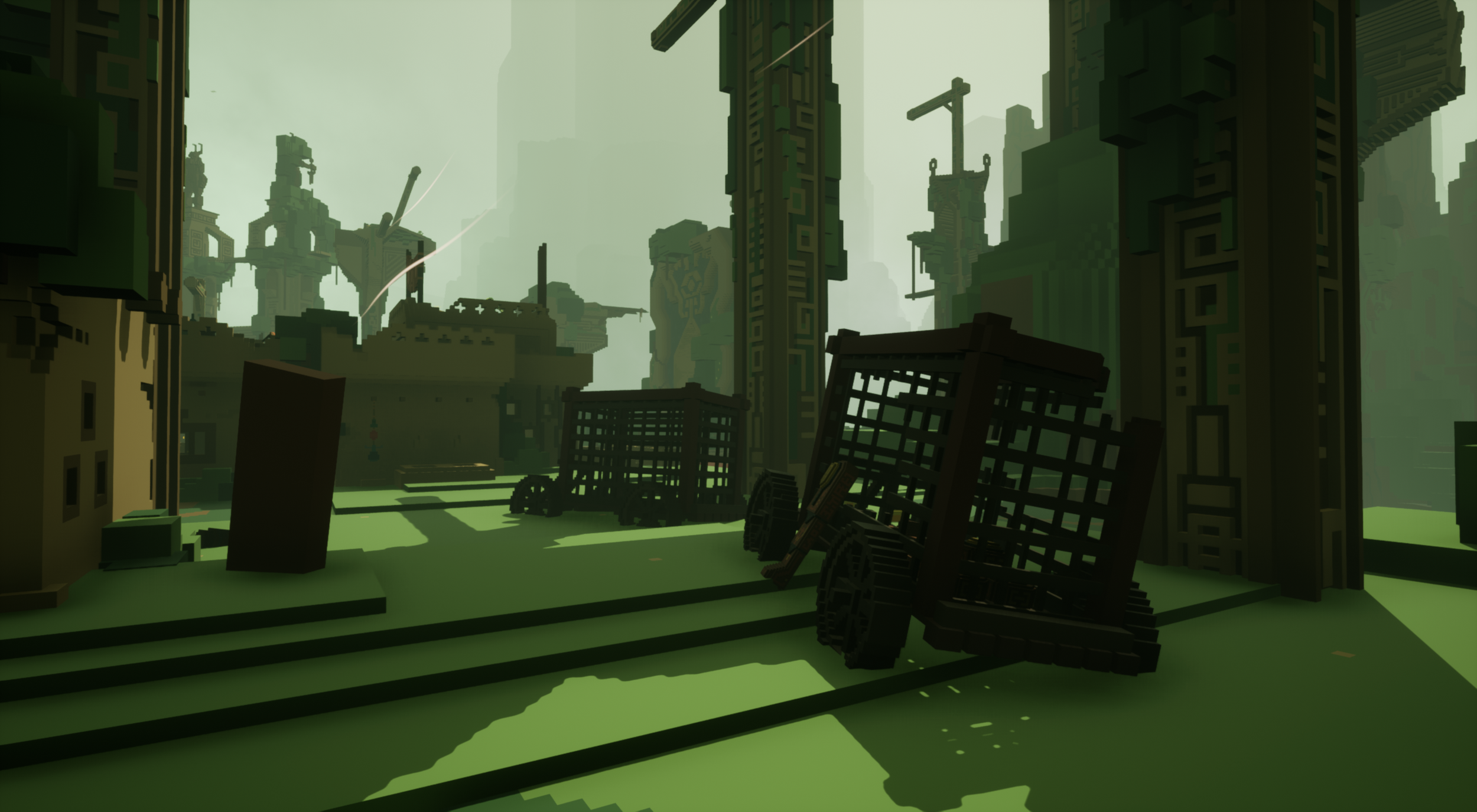

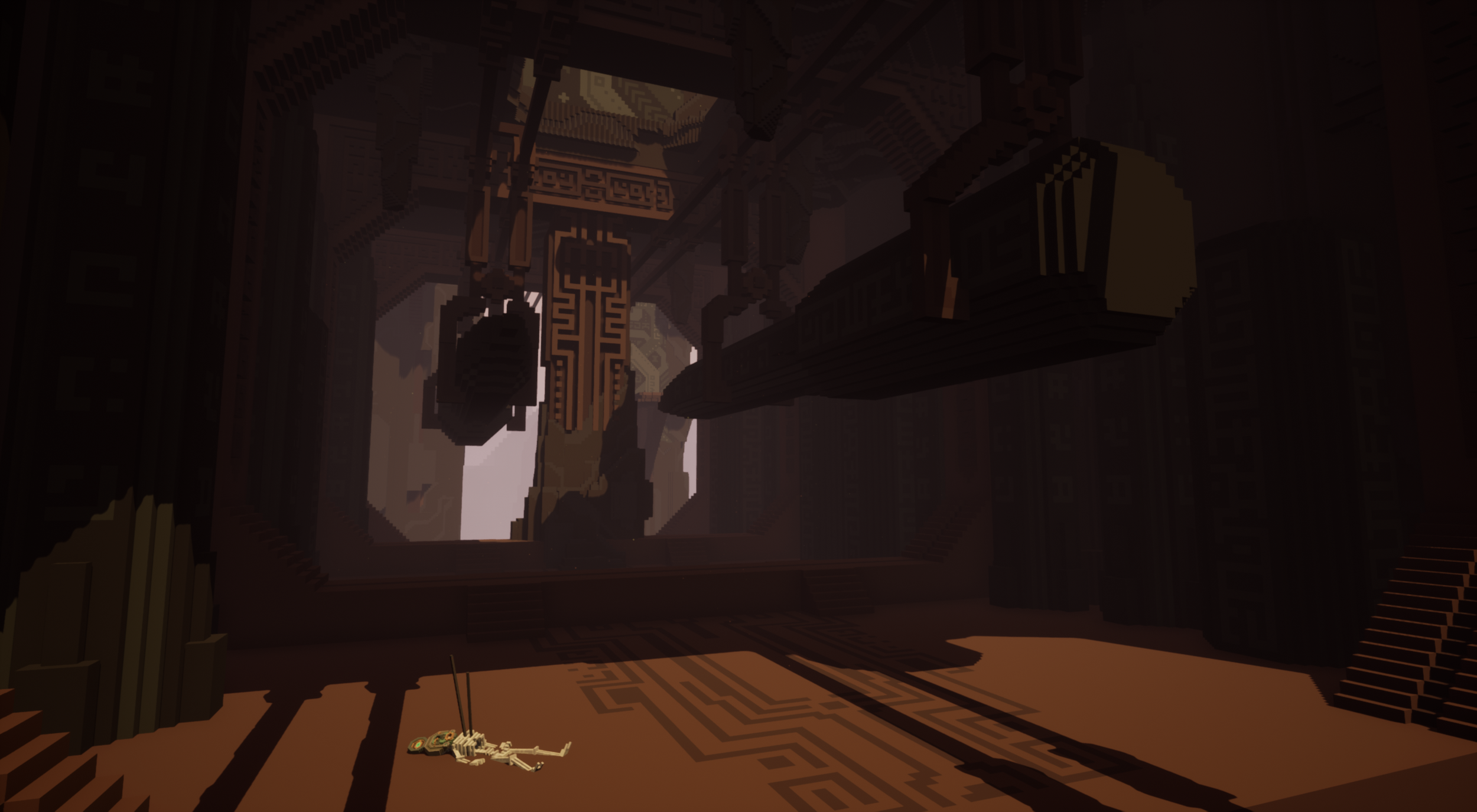
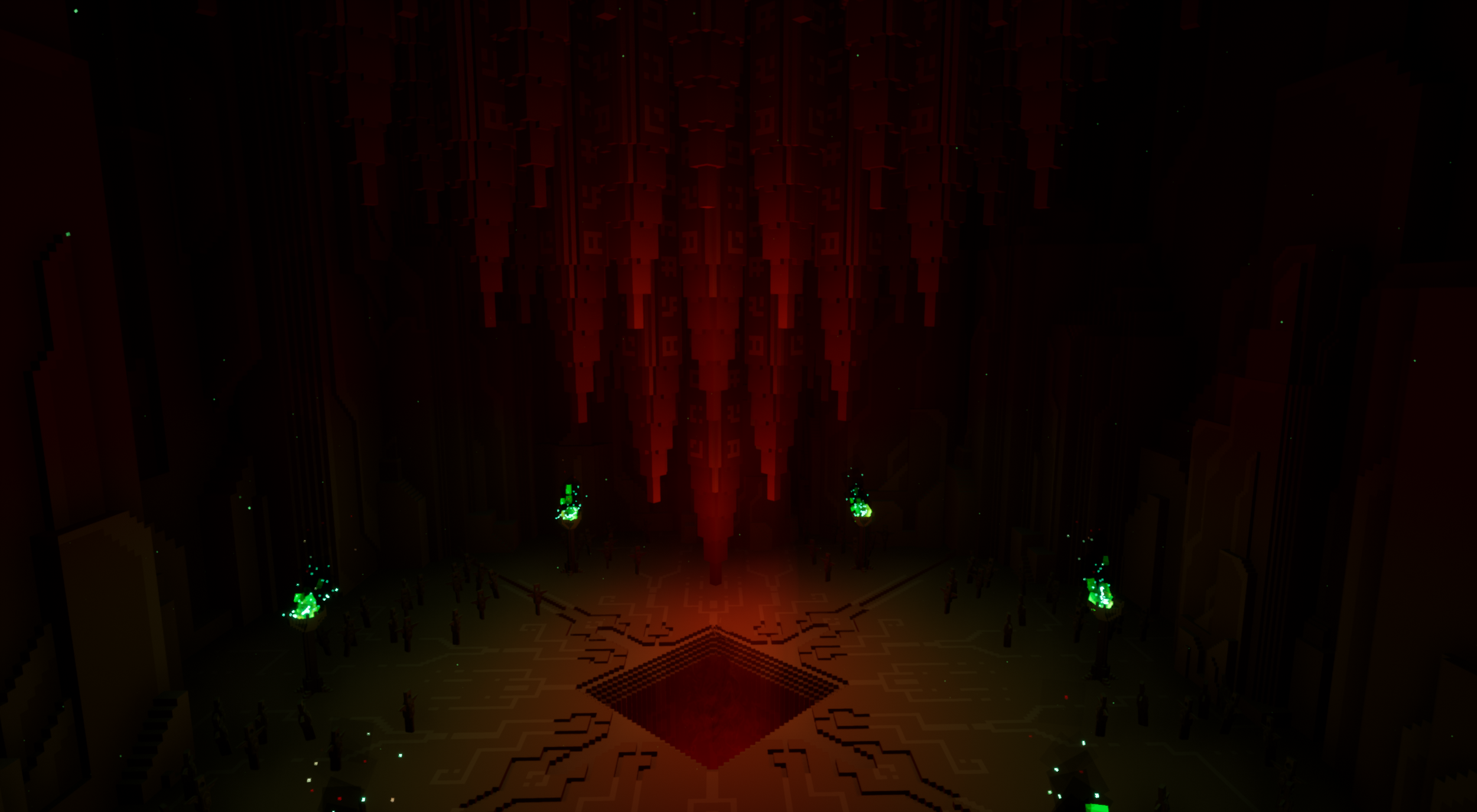


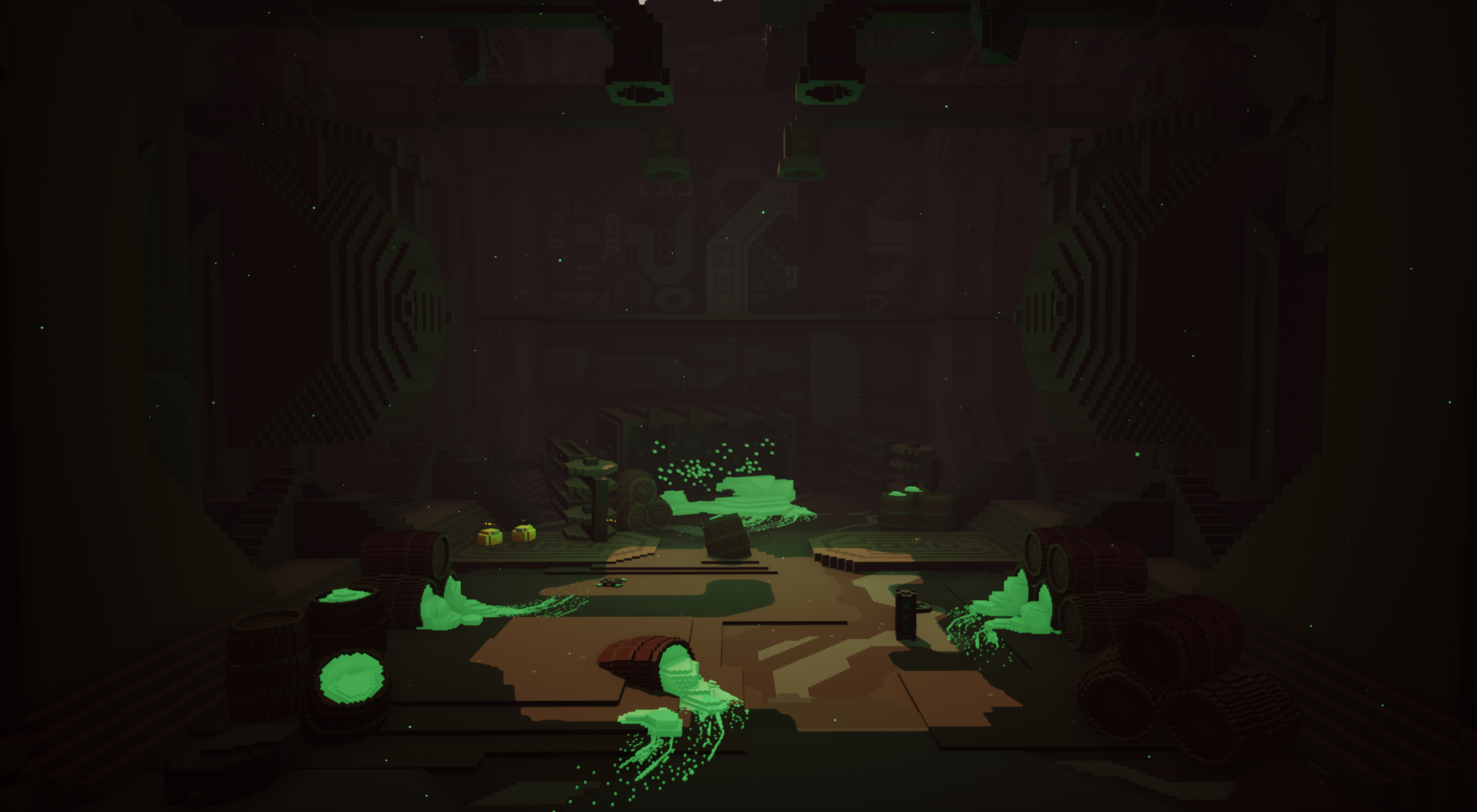
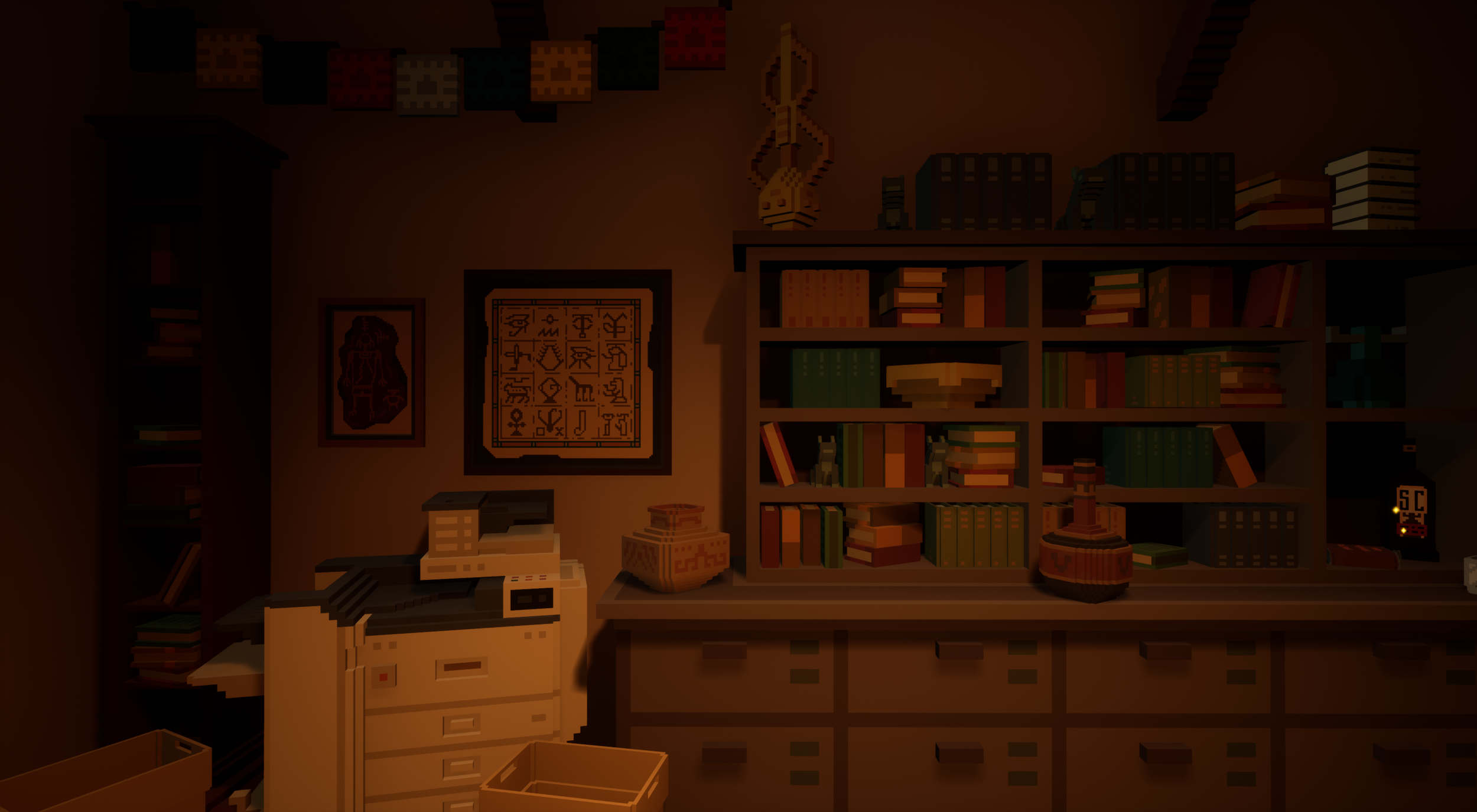
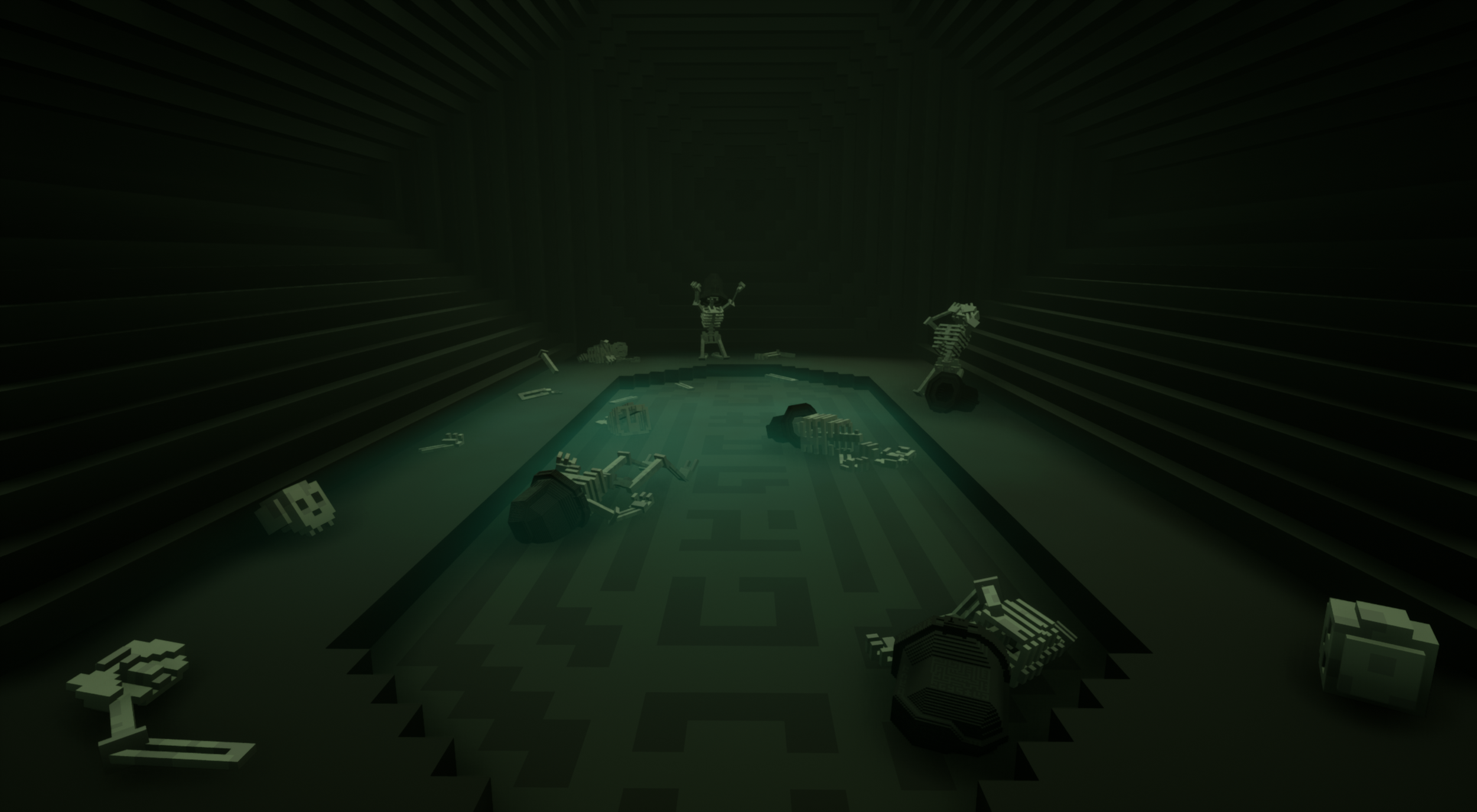
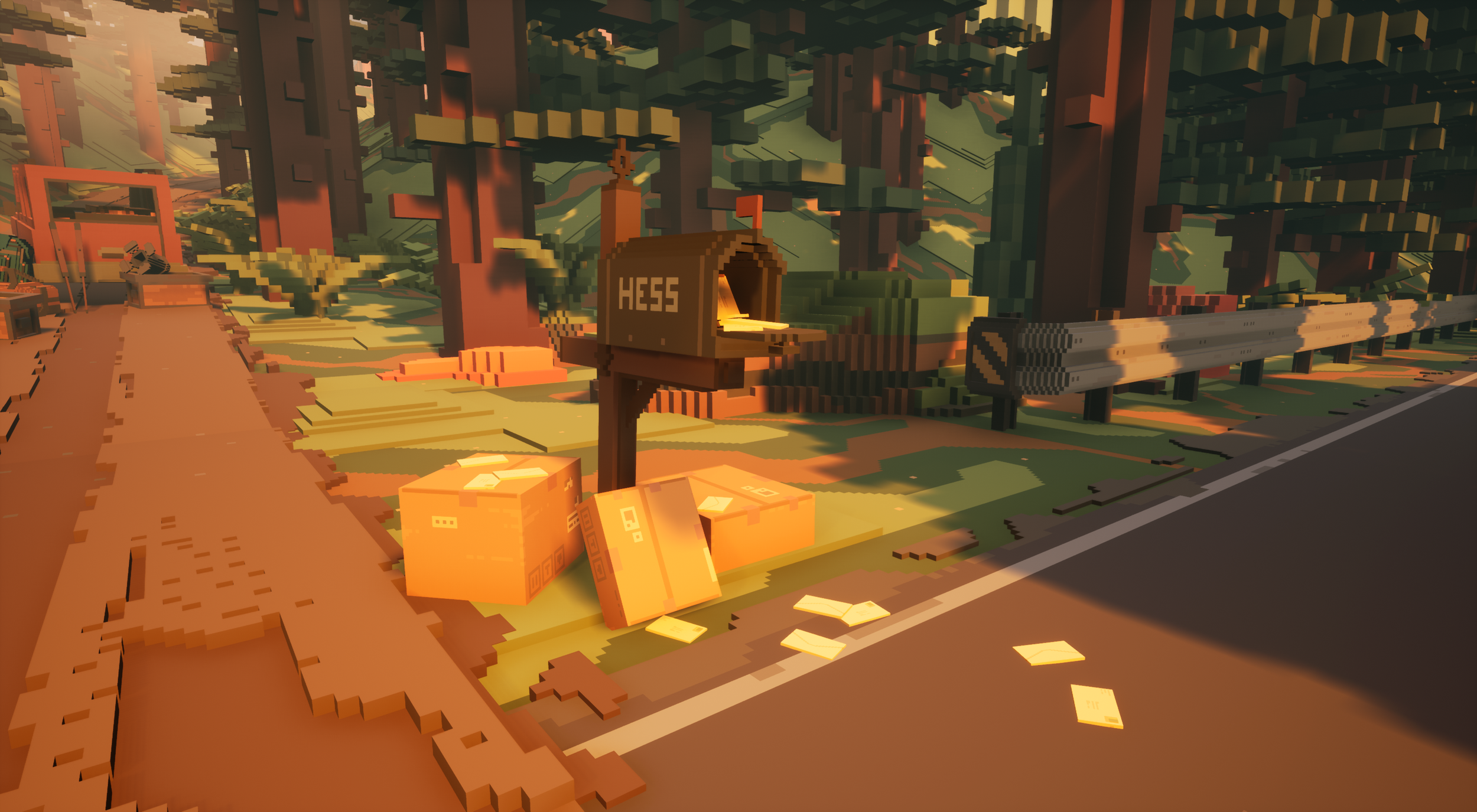
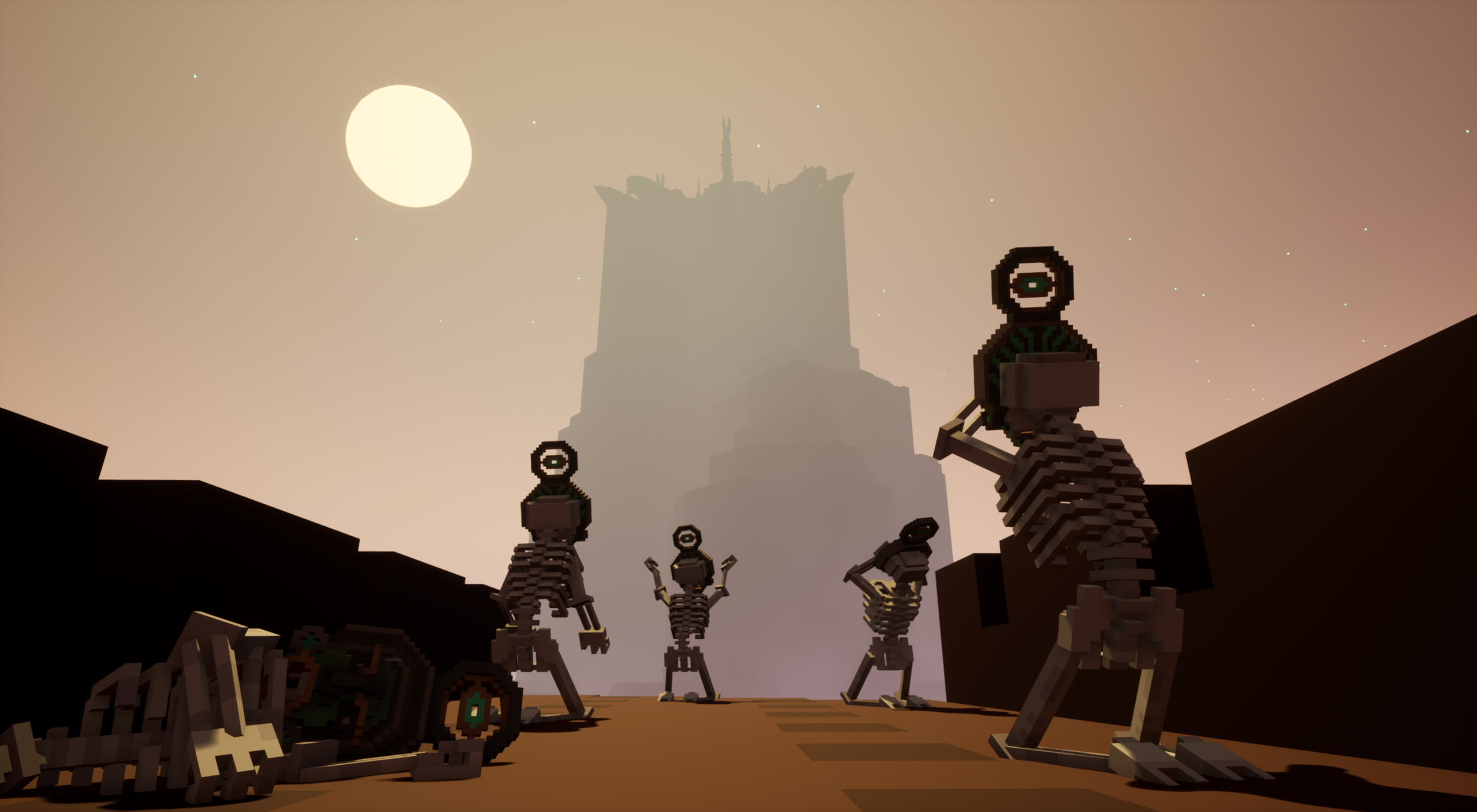
Narrative Development and Integration
The narrative for Dust went through tons of iterations before settling on its final form. It started as a mess of notes on my phone long before it became organized into deliverable spreadsheets and blueprints. The story described in those early notes is almost nothing like the end product, despite some character names and locations.
Eventually, I organized my thoughts on Miro, a digital whiteboard, and the bonework for the story began to take shape.
Integrating narrative aspects into the inspectable prop blueprints was pretty straight forward. We simply used UE4’s Widget system.
Integrating narrative into systems like the dialogue scenes proved to be more complicated. The dialogue was first written on a google sheet and organized by line number and character. Then it was converted into a csv file and imported to UE4 as a data table. The data table was then referenced by a blueprint system that allowed me to adjust variables like text color and scroll sound.
